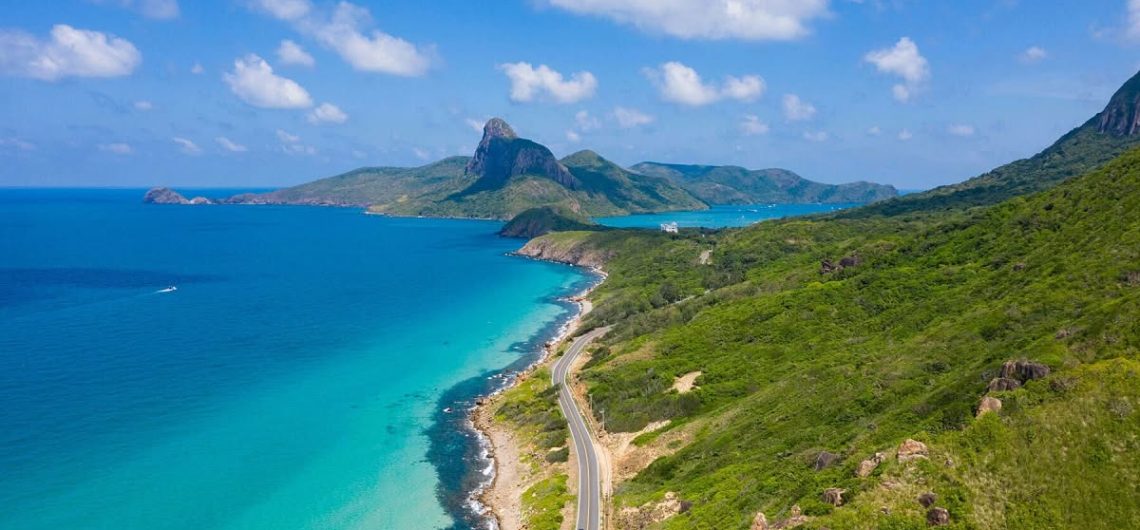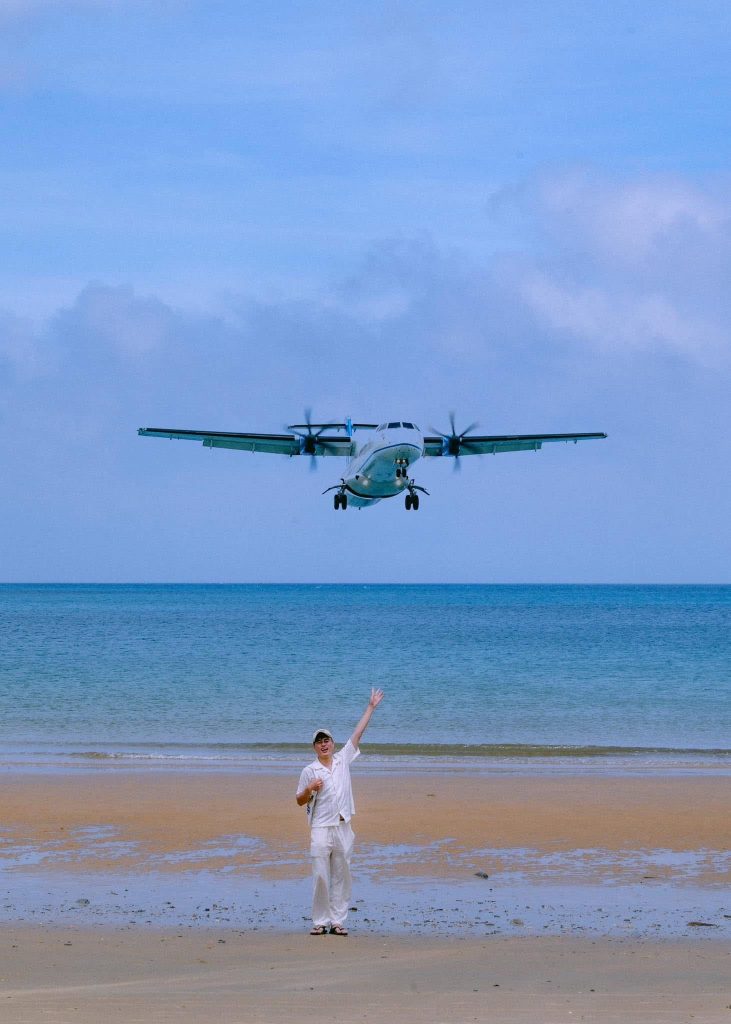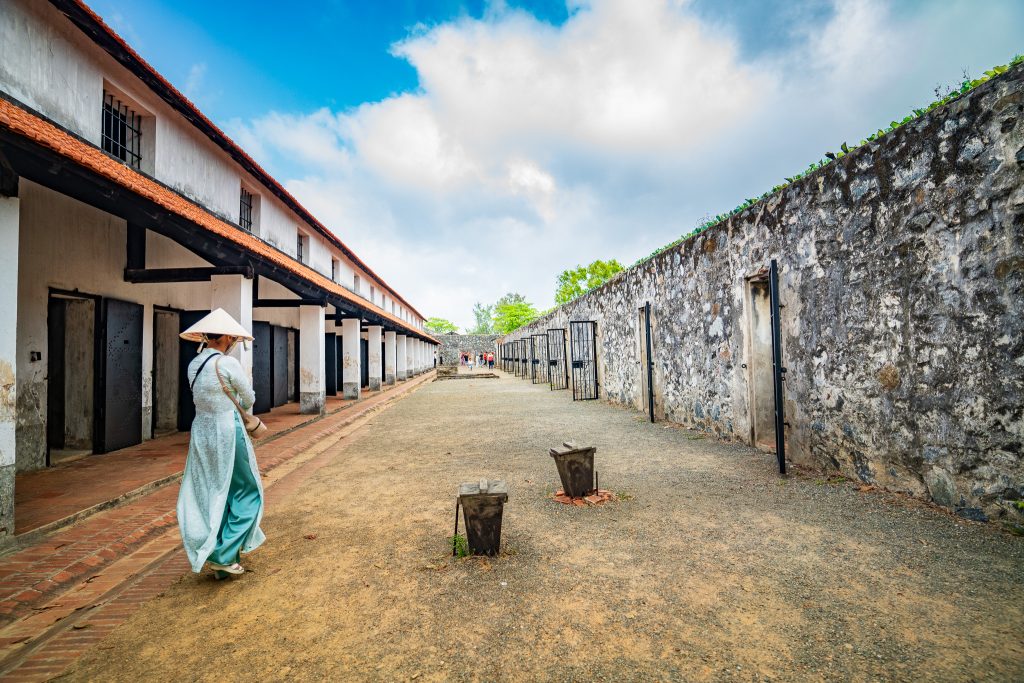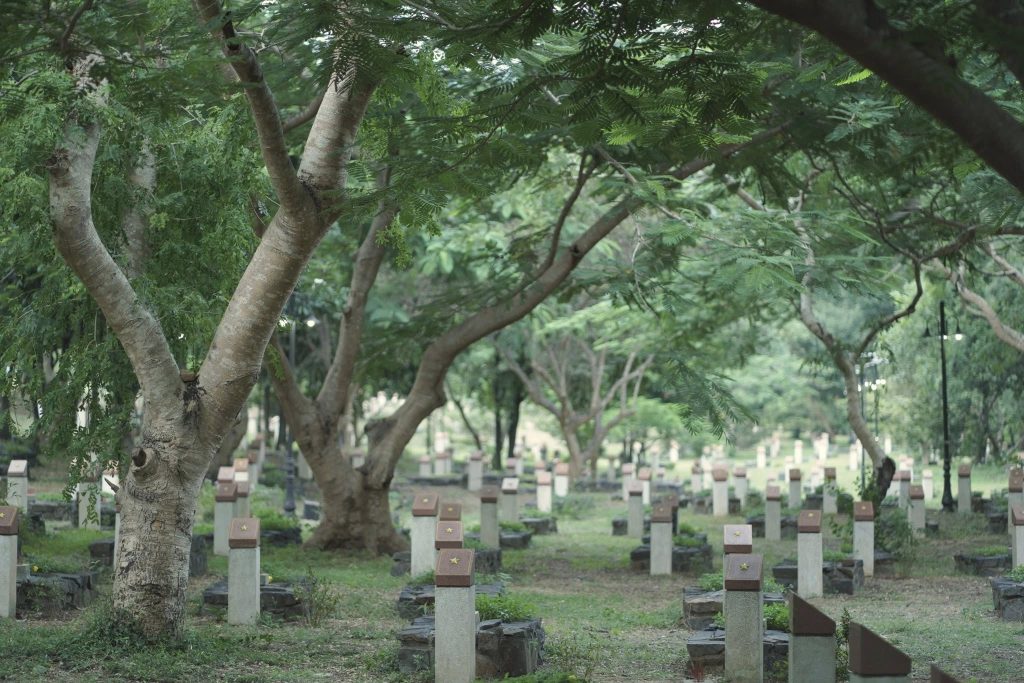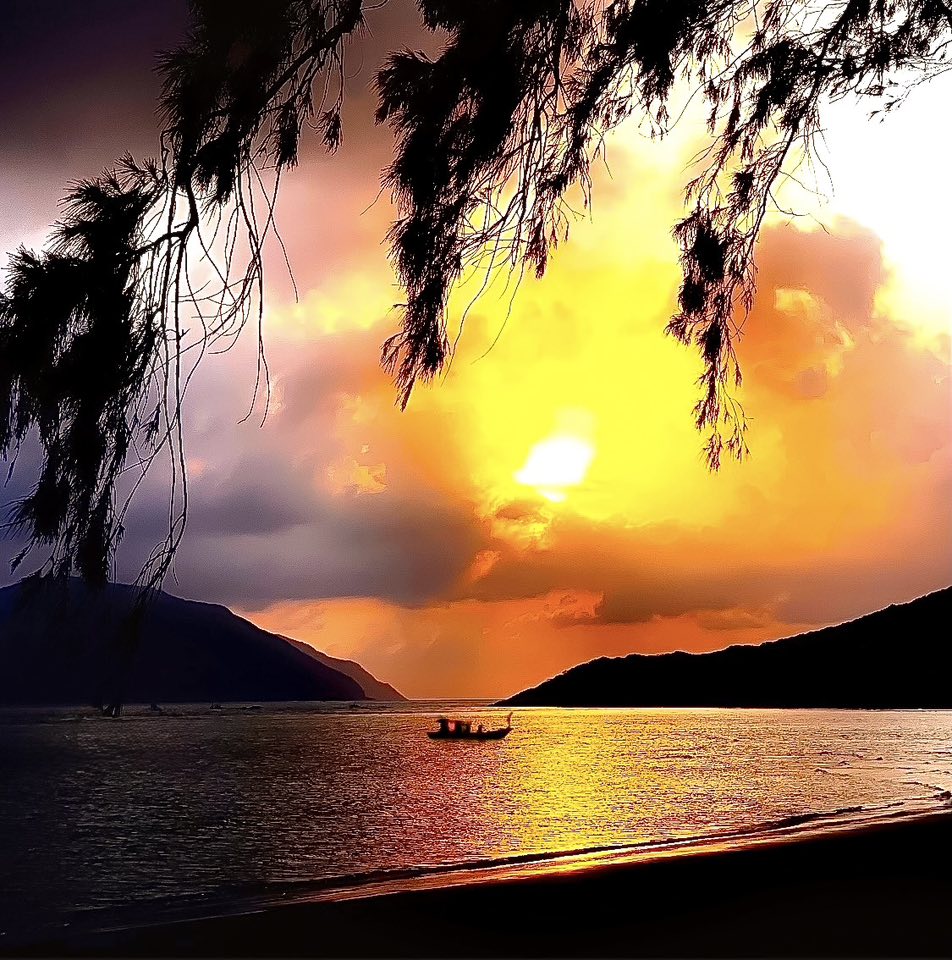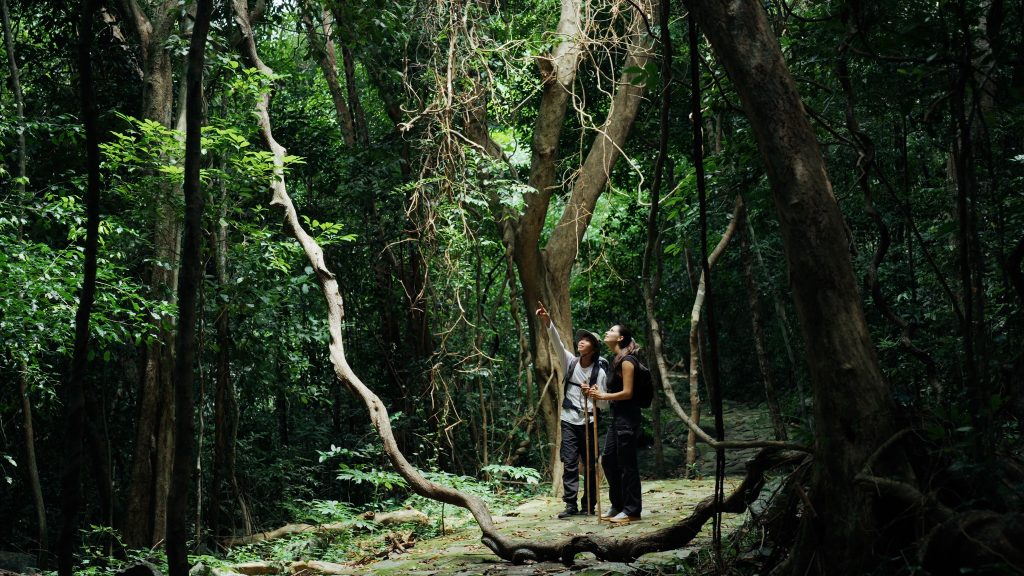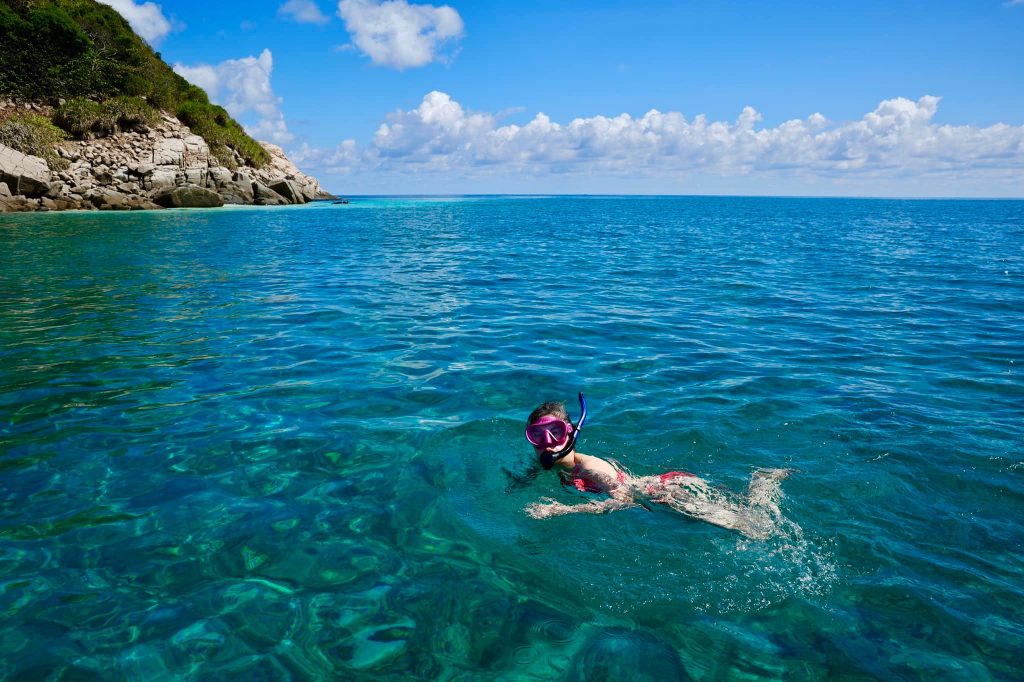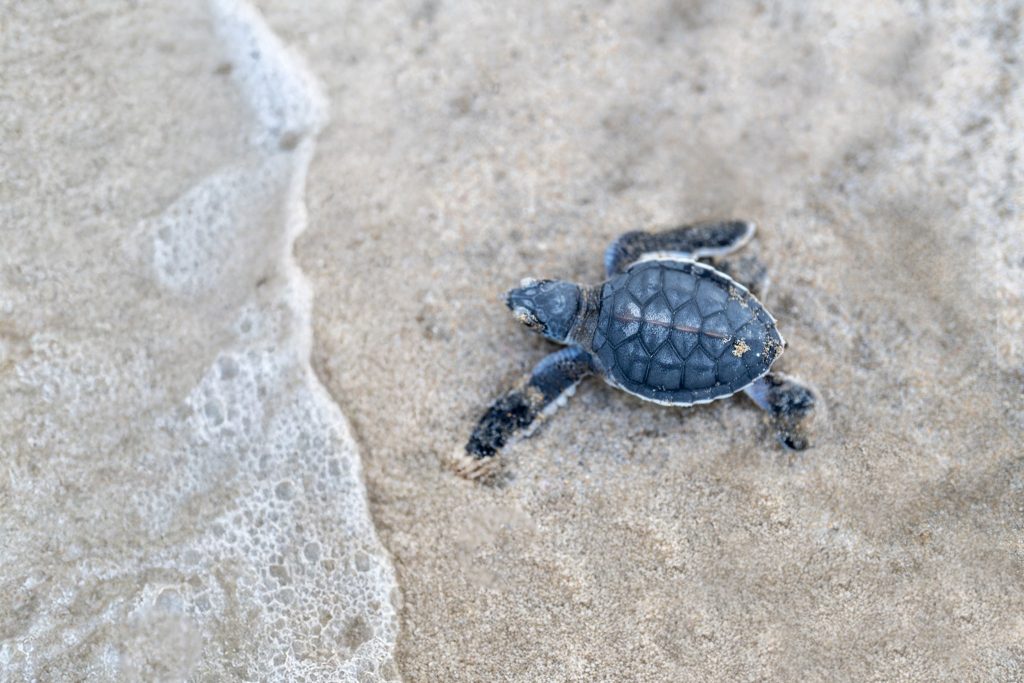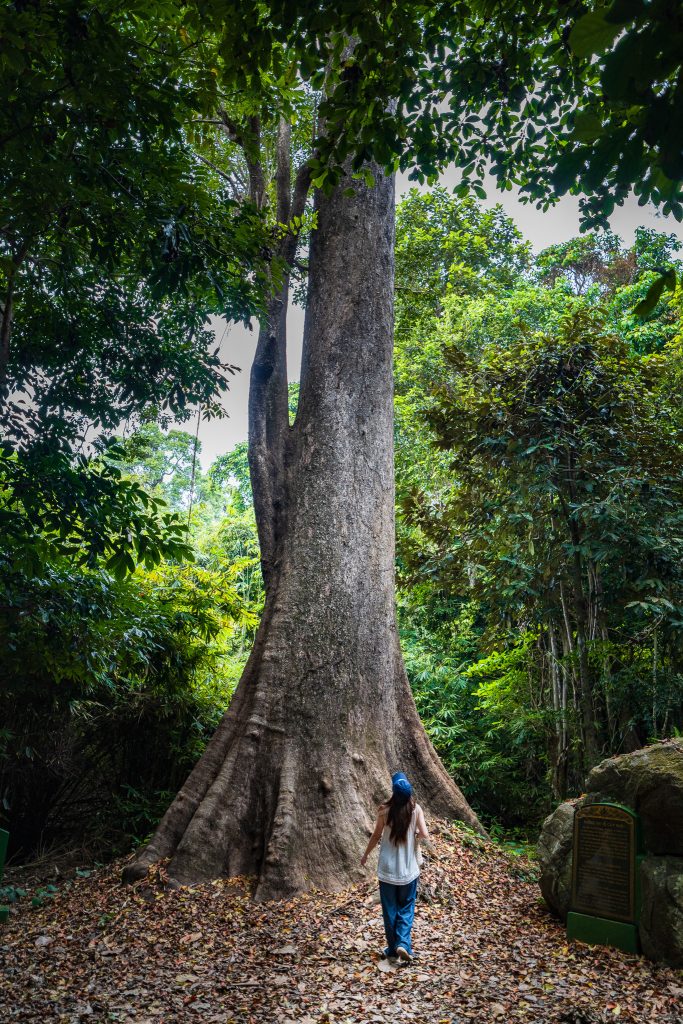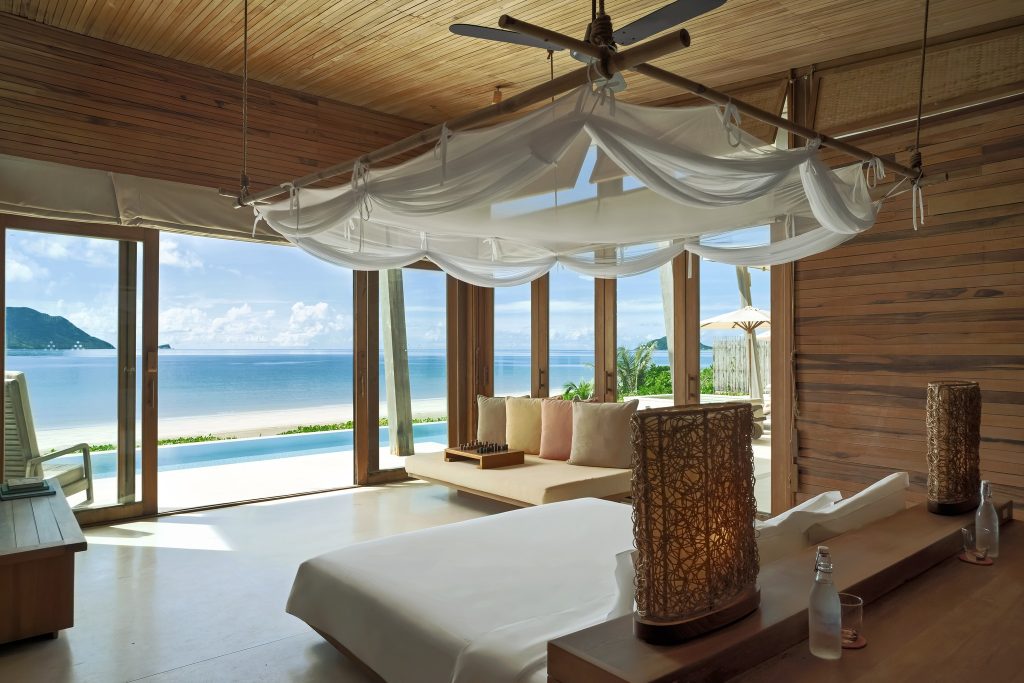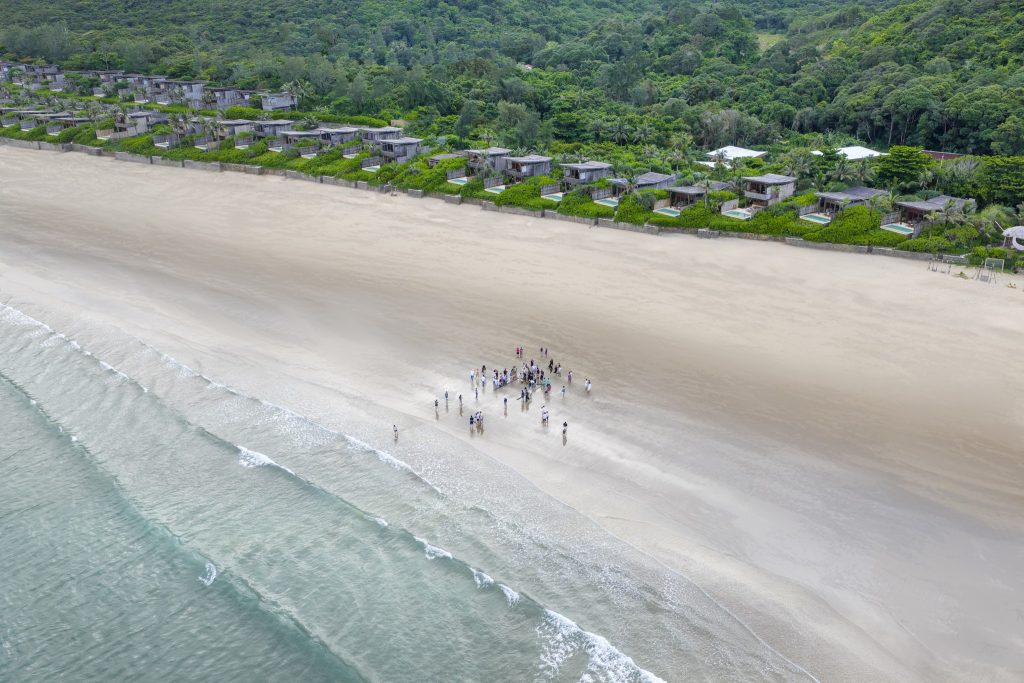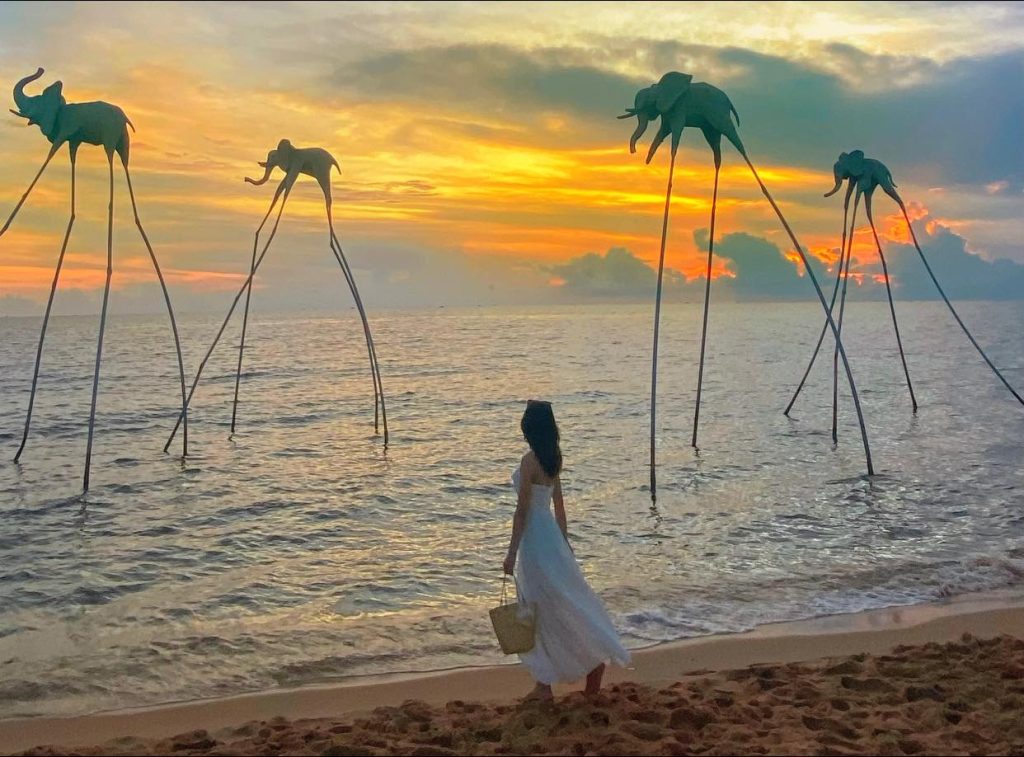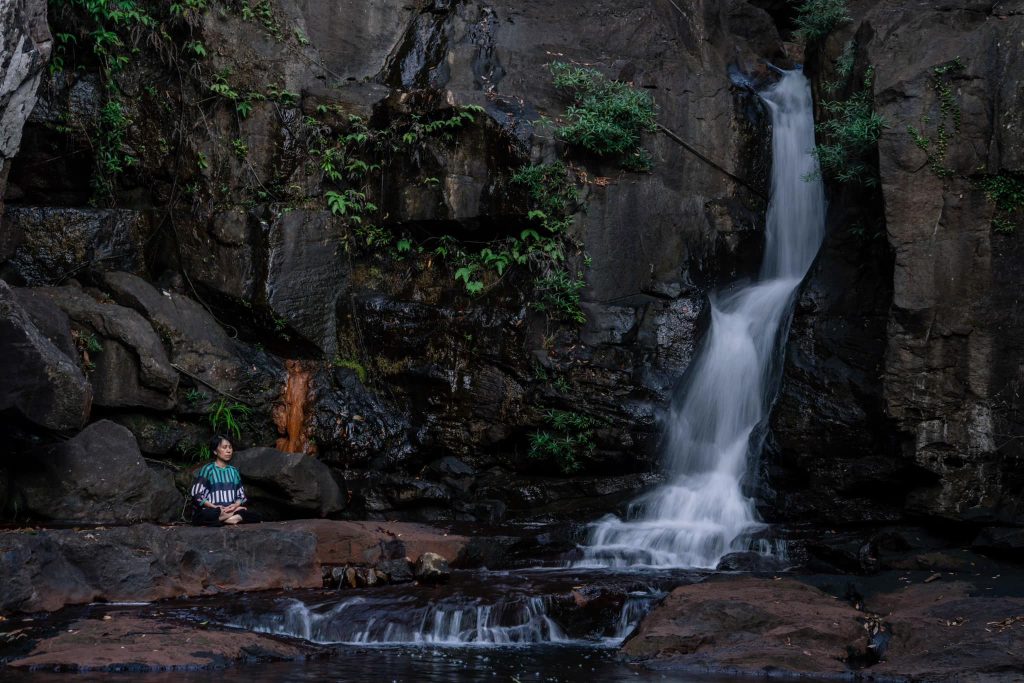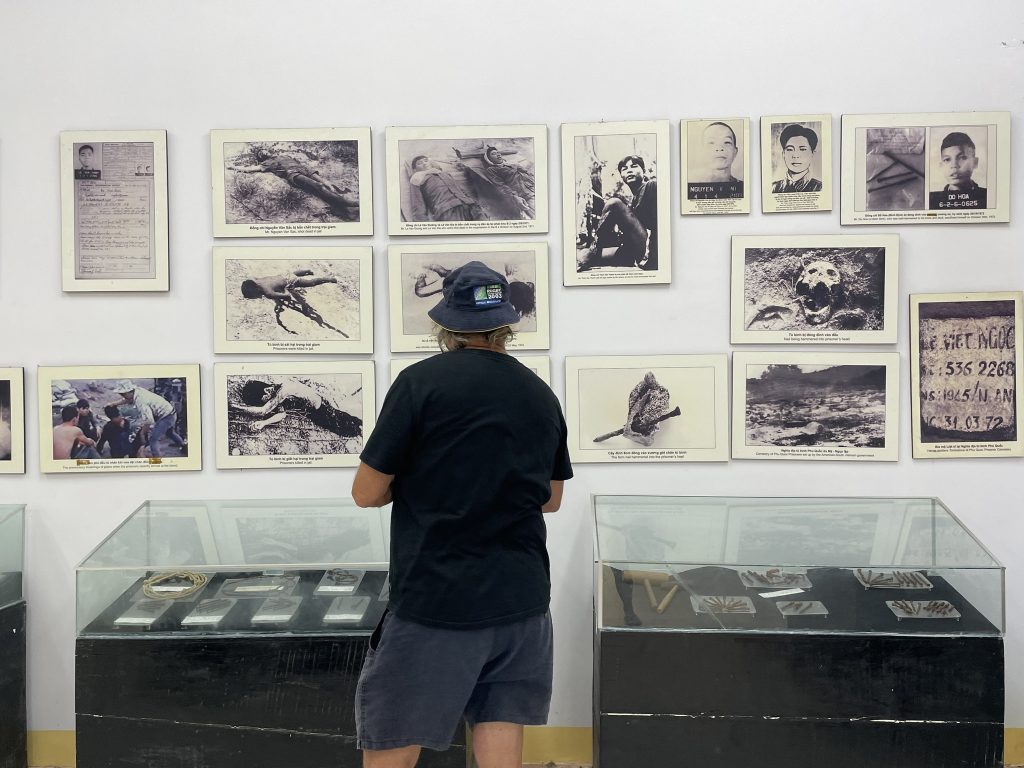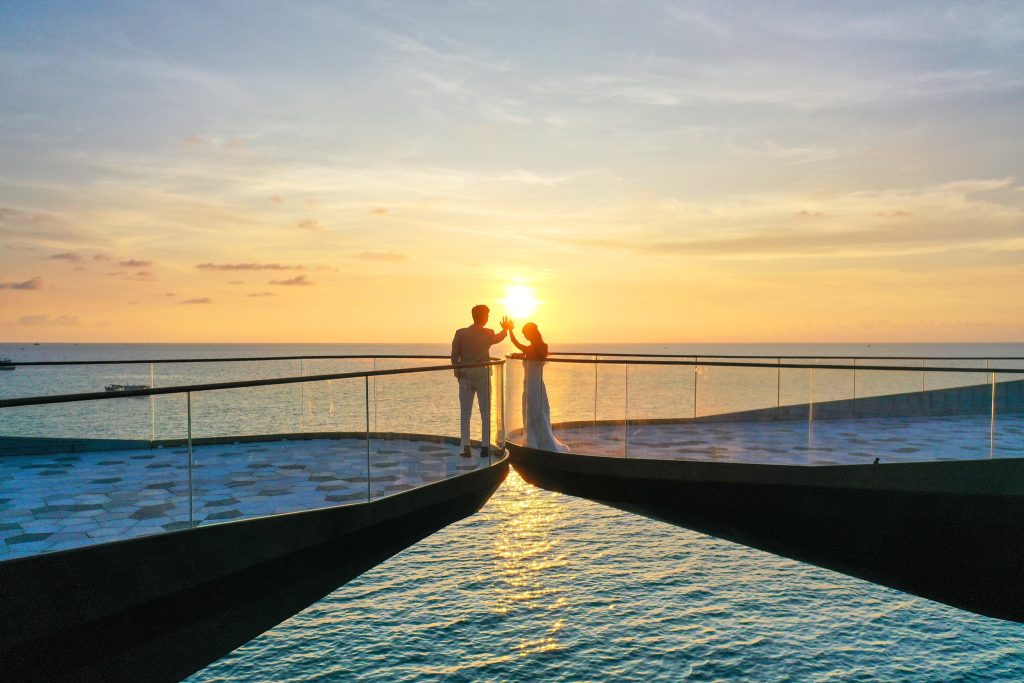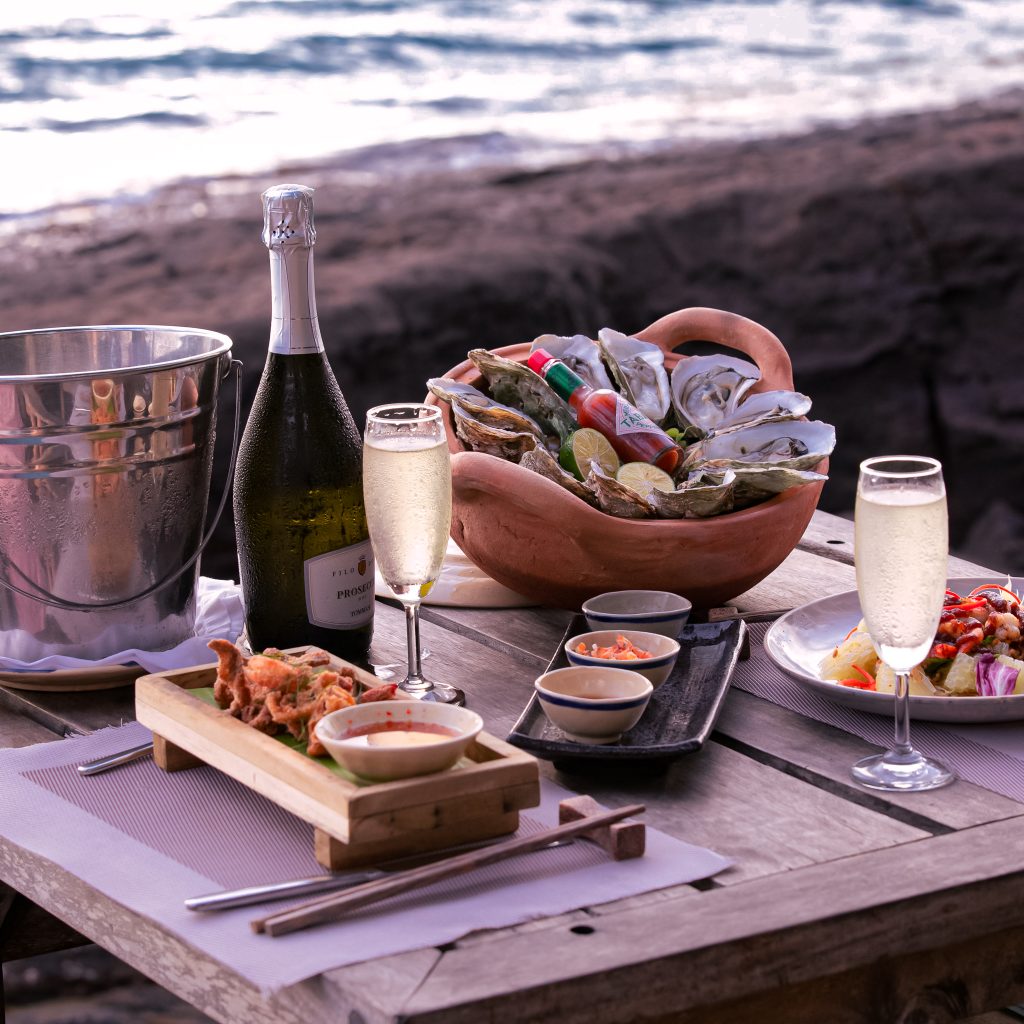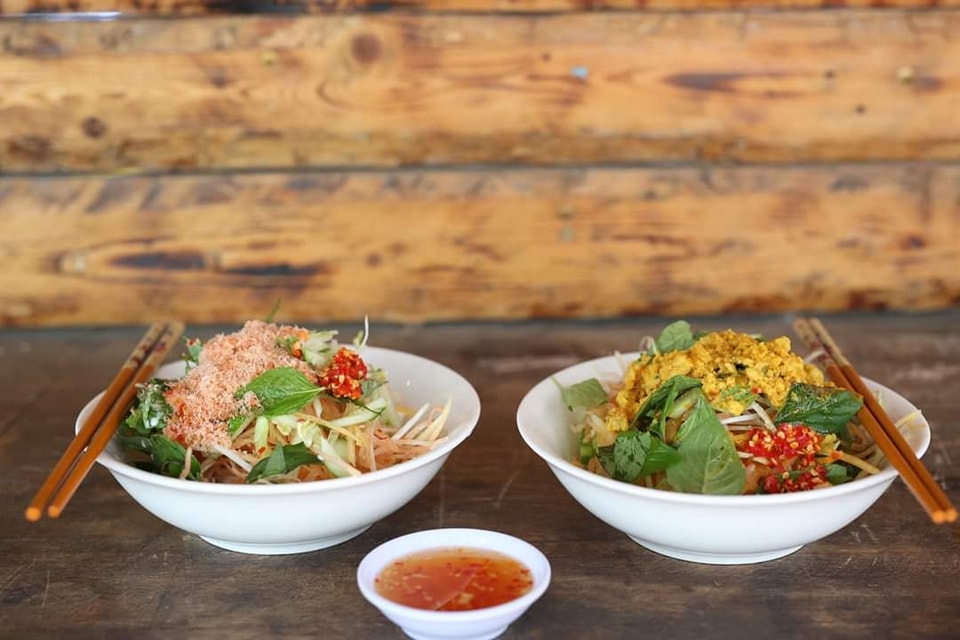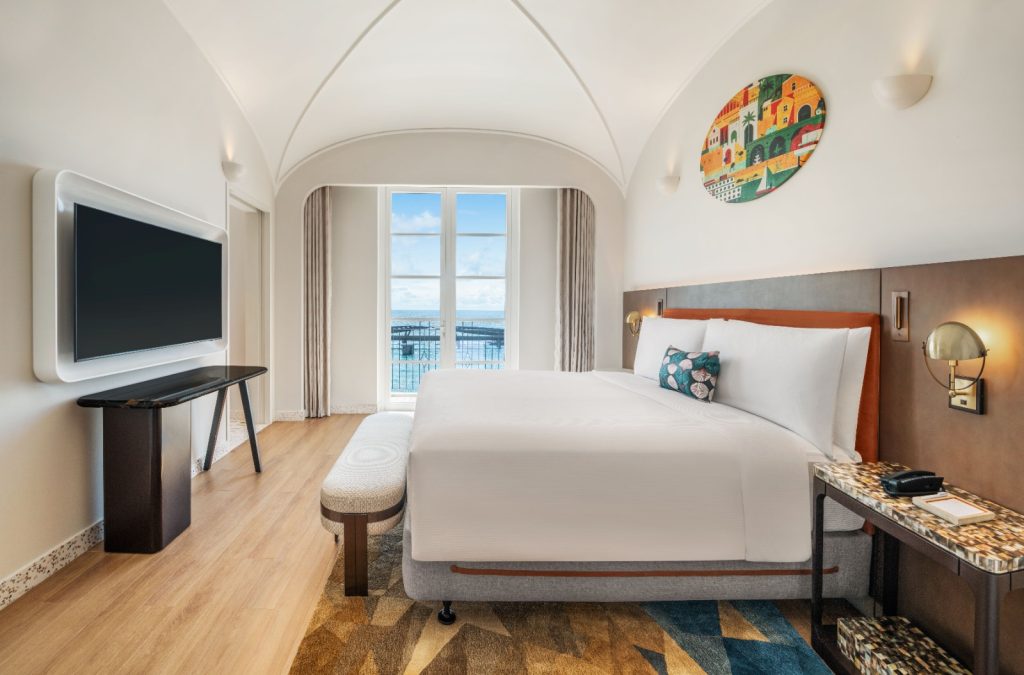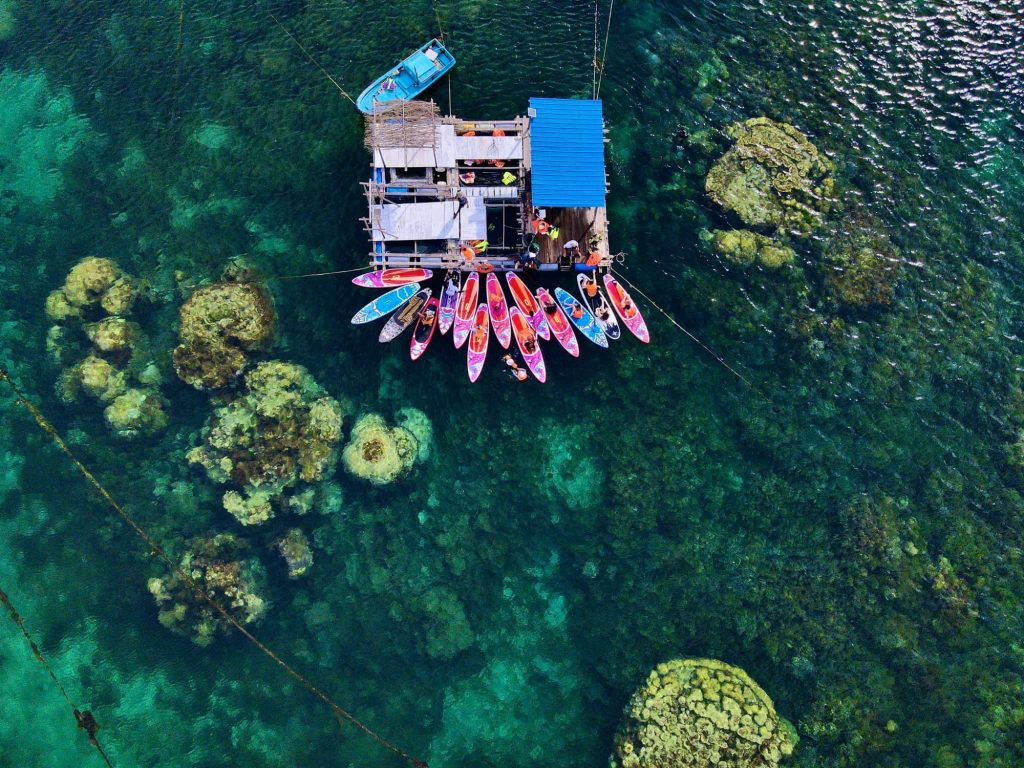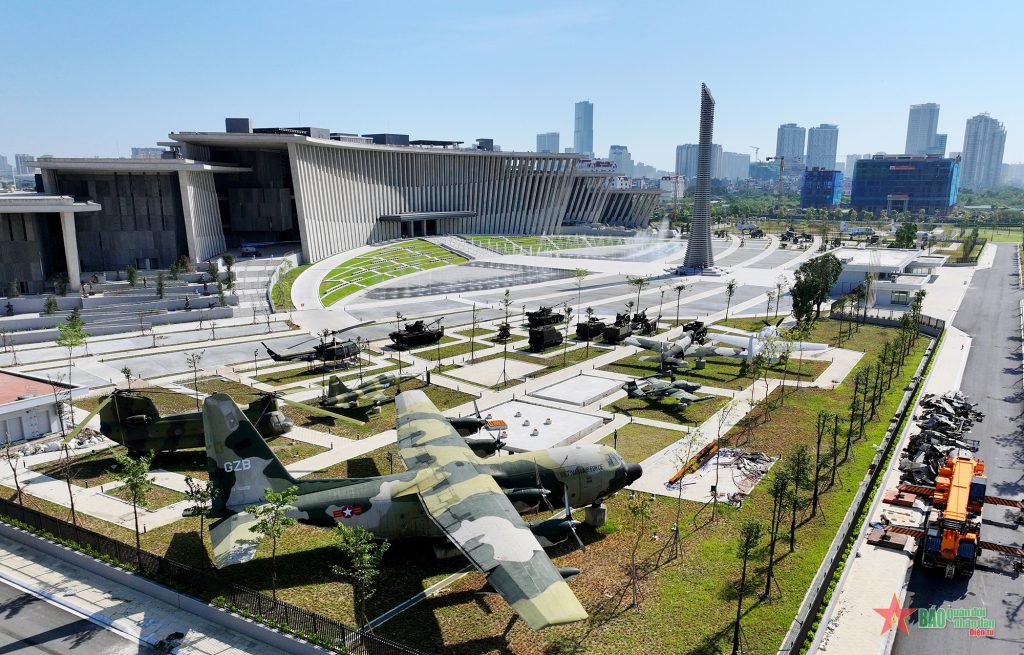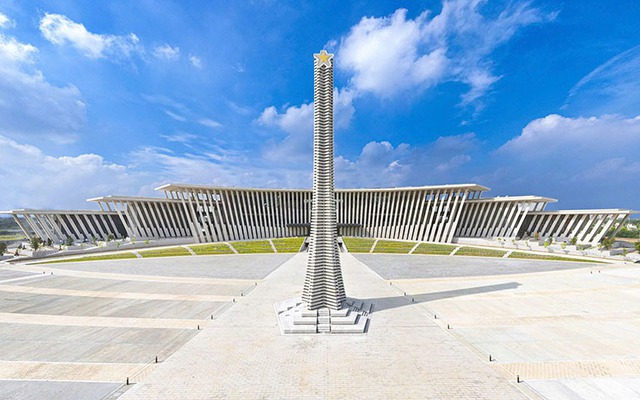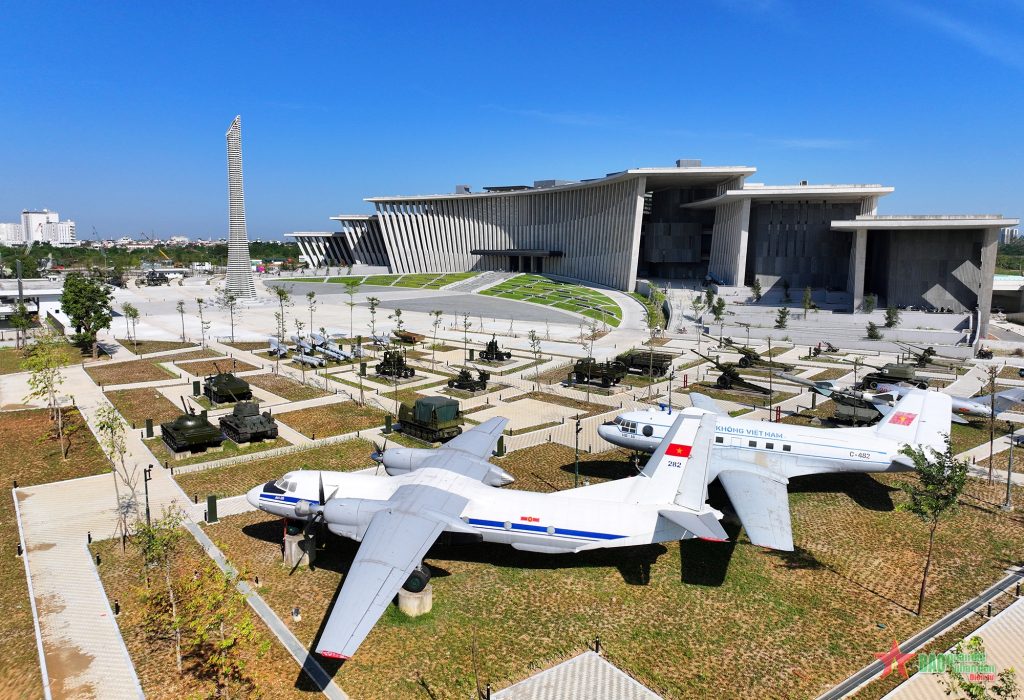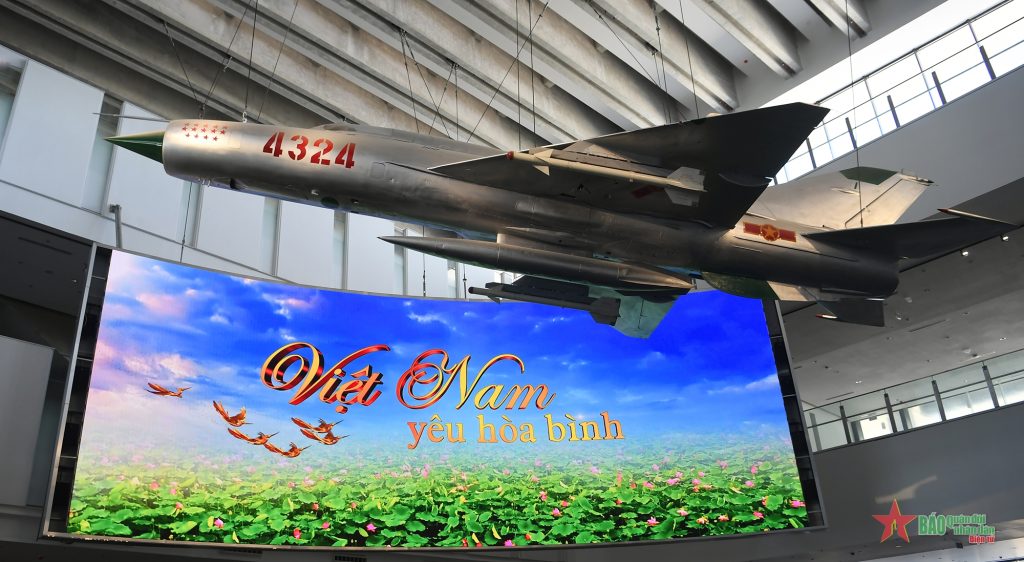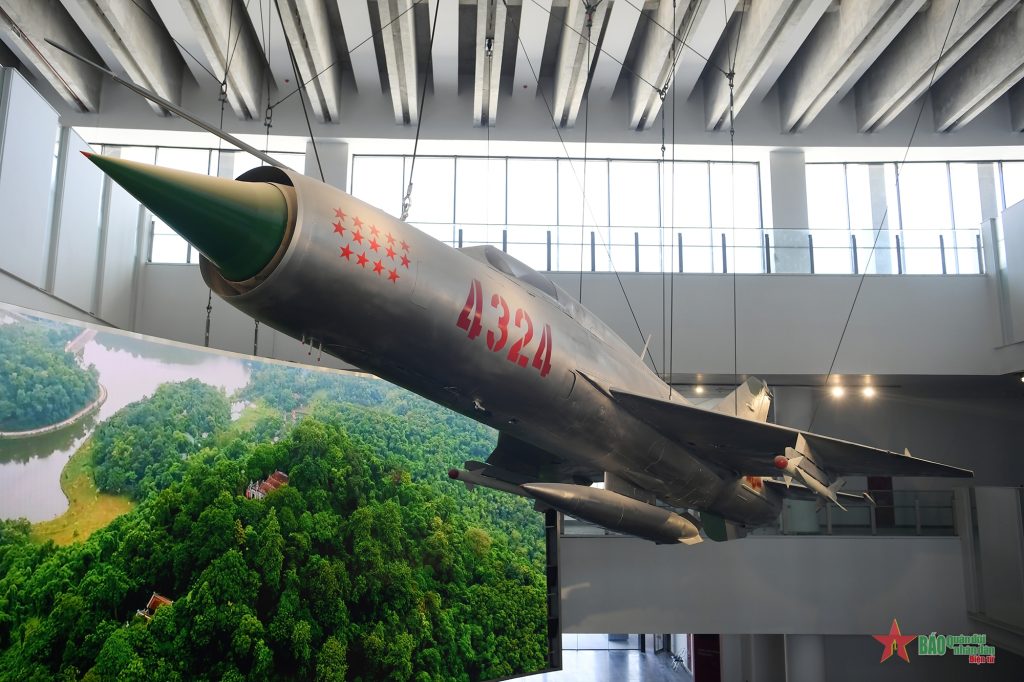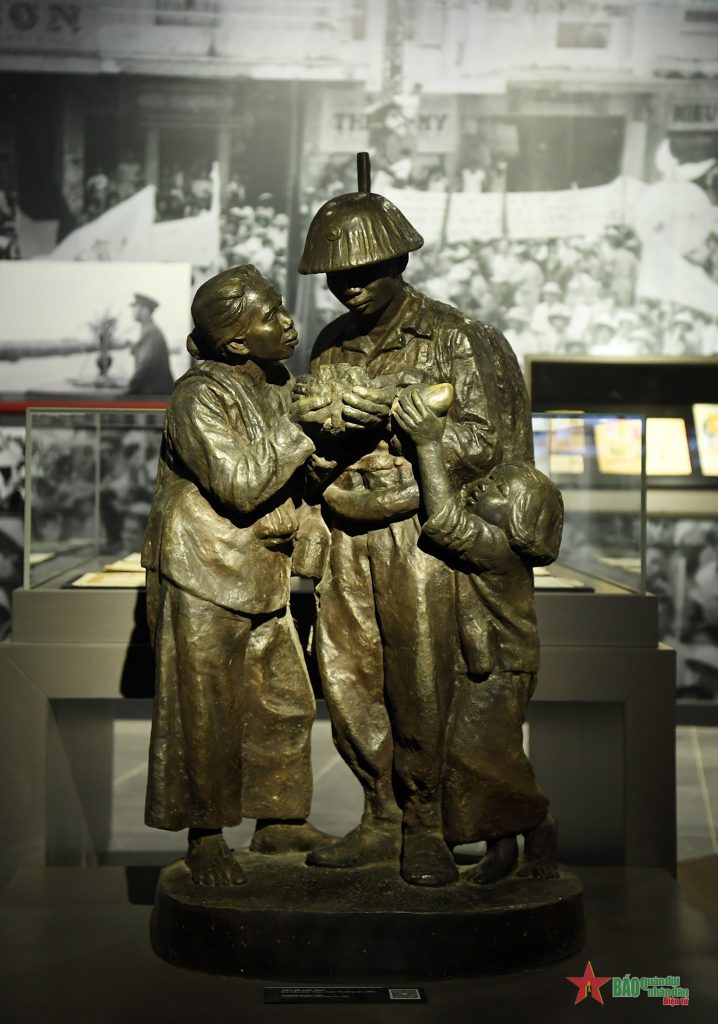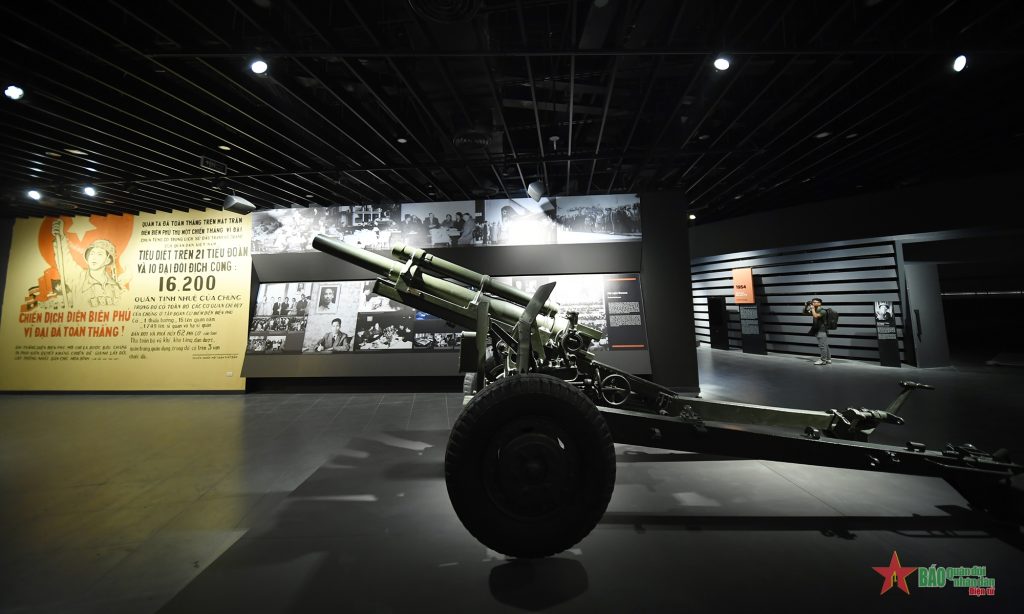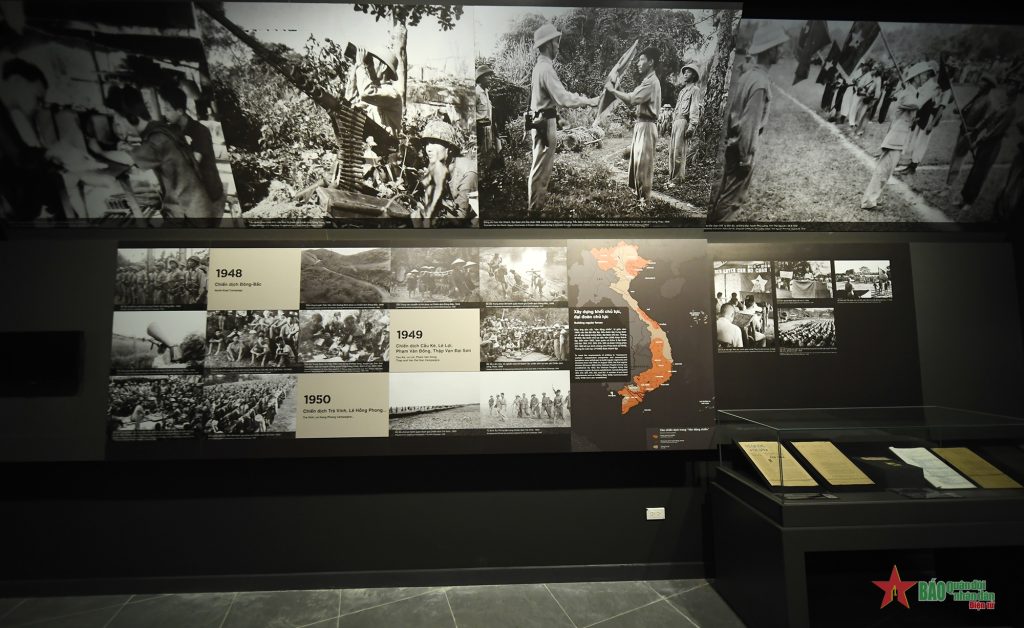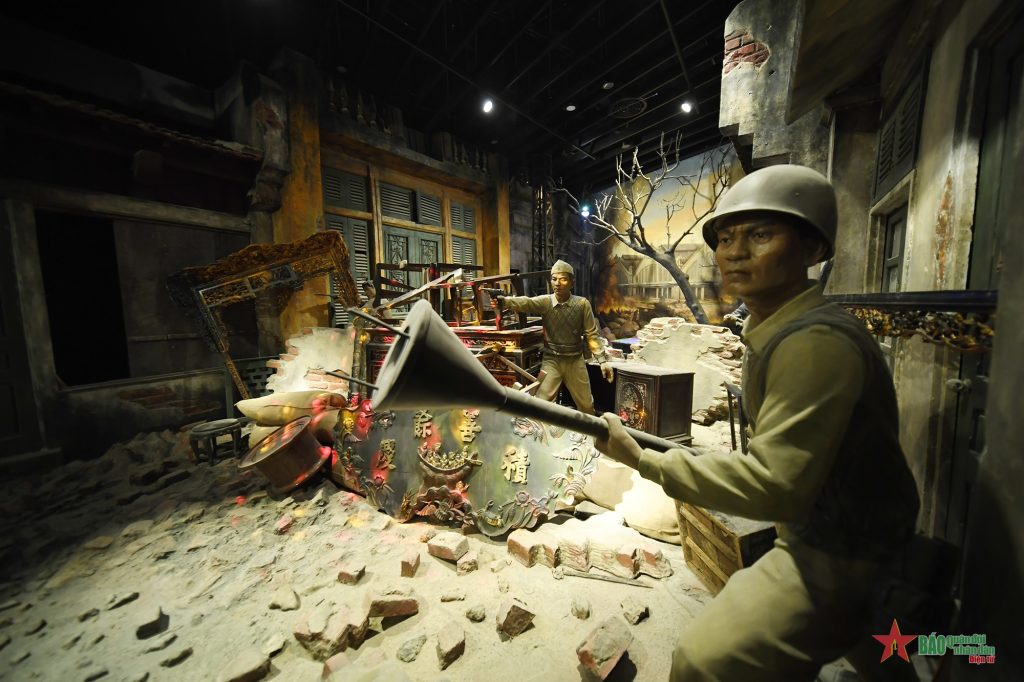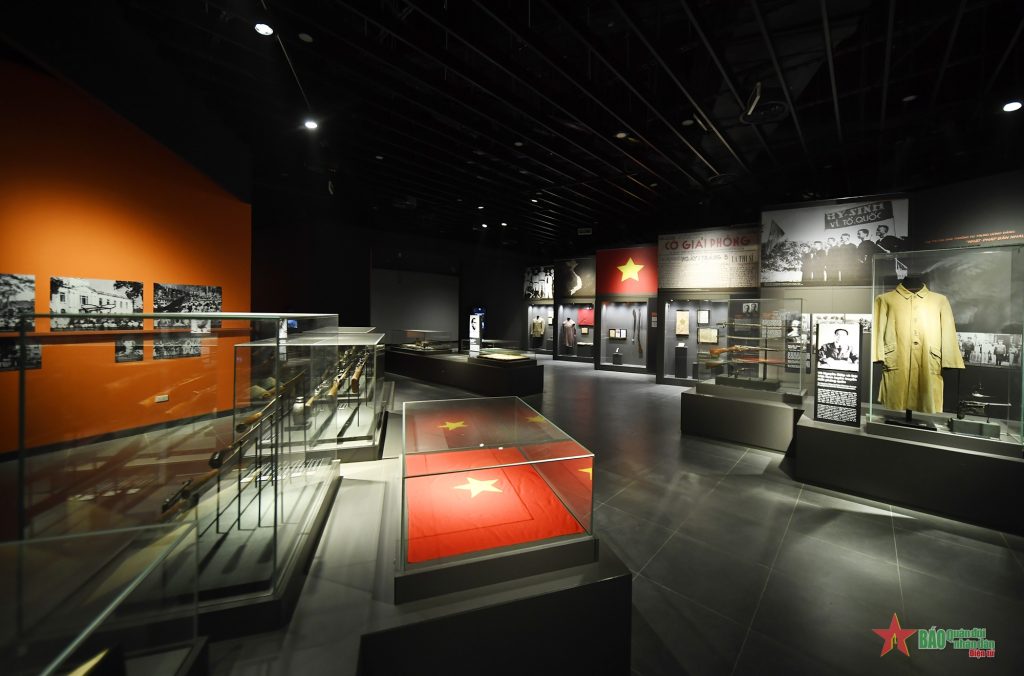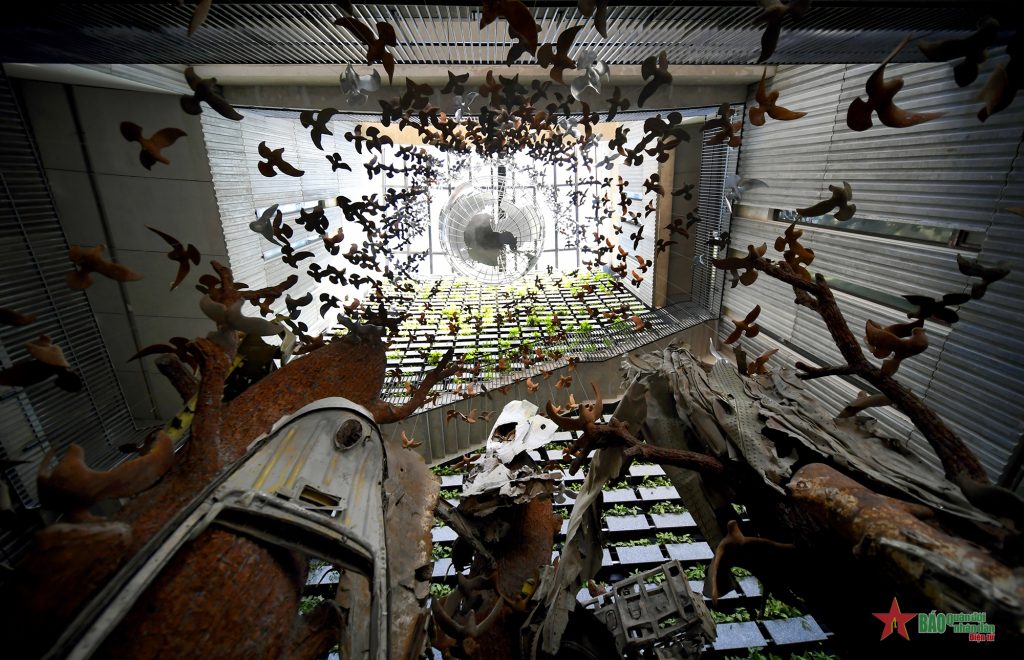Plan your trip to Quang Tri, Vietnam. A full guide to history, culture, beaches, cuisine, and travel tips for an unforgettable Central Vietnam journey.
Quang Tri is a coastal province in Central Vietnam, often regarded as a land of both natural beauty and profound historical importance. Its territory encompasses Đông Hà City (the provincial capital), Quang Tri Town, and seven rural districts: Cam Lộ, Đakrông, Gio Linh, Hải Lăng, Hướng Hóa, Triệu Phong, and Vĩnh Linh, in addition to the offshore Cồn Cỏ Island. This location gives Quang Tri a unique role as a crossroads: it borders Quảng Bình Province to the north, Thừa Thiên Huế to the south, the Lao provinces of Savannakhet and Salavan to the west, and the East Sea to the east.
The province lies on the important north–south axis of Vietnam and is historically remembered as the “land of the 17th parallel,” where the country was divided for two decades during wartime. Today, Quang Tri is becoming better known as both a memorial land that honors the nation’s sacrifices and a destination of unspoiled natural landscapes waiting to be discovered.
Geography and Topography
Quang Tri’s terrain is strikingly diverse, consisting of rugged mountains, midlands of gentle hills, fertile plains, coastal dunes, and extensive beaches stretching northwest to southeast. The contrast between upland and coastal areas creates distinct ecosystems and scenic beauty. The western mountains are part of the Trường Sơn Range, covered in tropical forests and dotted with ethnic minority villages. Descending eastward, the land gradually flattens into broad river valleys before reaching coastal sand dunes and long sandy beaches.
The province is also blessed with a network of rivers, many of which played key roles in history. Seven major river systems cross Quang Tri: the Thạch Hãn, Bến Hải, Hiếu, Ô Lâu, Bến Đá, Xe Pôn, and Sê Păng Hiêng. Among them, the Bến Hải River is perhaps the most historically symbolic, once serving as the provisional demarcation line between North and South Vietnam. These rivers not only nurture agriculture but also create scenic and cultural landmarks throughout the province.
Climate and Weather Conditions
Located in the transitional zone between a humid tropical monsoon climate and a subtropical monsoon climate, Quang Tri experiences weather that is often described as harsh and unpredictable. The annual average temperature hovers around 25°C. However, seasonal variations are dramatic: in July, temperatures can soar above 40°C, especially in the western lowlands influenced by hot dry winds; meanwhile, in the mountainous districts in January, the mercury can drop to 3–5°C, creating near-freezing conditions rare in central Vietnam.
The province’s average annual humidity ranges from 80–85%, contributing to its sultry feel. One of the most distinctive climatic phenomena here is the “gió Lào” (Laotian wind), a hot, dry foehn wind blowing from May to August. During these months, Quang Tri endures around 40–60 days of extreme dryness and heat, which can be challenging for agriculture and outdoor travel.
On the other hand, from October to February, the northeast monsoon dominates, bringing heavy rains and storms. Floods, flash floods, landslides, and even tornadoes sometimes occur during this season. Travelers should be prepared for sudden weather changes, and it is strongly advised to check the forecast before setting out.
Getting to Quang Tri
By Air
Currently, Quang Tri does not have its own airport. The nearest gateways are Phu Bai Airport of Hue and Đồng Hới Airport in Quảng Bình Province.
- Phu Bai International Airport (Hue): Located about 90 km from Đông Hà City along National Highway 1A, or 105 km via the CT01 Expressway. The journey takes roughly 1 hour 45 minutes. This airport has a higher frequency of flights, especially from Hanoi and Ho Chi Minh City, making it the more convenient choice for most travelers.
- Đồng Hới Airport (Quảng Bình): Situated 105 km north of Đông Hà along National Highway 1A, with a travel time of about 2 hours. Although smaller, it can be a practical choice depending on flight availability.
By Road
Quang Tri lies directly on National Highway 1A, Vietnam’s main north–south artery, making it easily accessible by car or long-distance bus. The Hồ Chí Minh Road and CT01 Expressway also pass through the province, offering alternative scenic routes.
Travelers can opt for private vehicles or book sleeper buses operated by companies such as Camel Travel, Quốc Vương, Thiên Trung, Quang Dũng, and Hoàng Long. Ticket prices for sleeper buses range from 400,000 to 800,000 VND per person per trip, depending on the departure city and service quality.
By Train
Vietnam’s Reunification Express line stops at Đông Hà Station. Express trains like SE1–SE2 and SE3–SE4 are among the most popular choices. Ticket prices vary between 400,000 and 1.3 million VND, depending on departure city, train type, and seat or berth class. For those seeking comfort and a leisurely journey with scenic views of Vietnam’s coastline and countryside, the train is a memorable way to arrive in Quang Tri.
Quang Tri Historical and Cultural Attractions
Quang Tri is often described as an open-air museum of Vietnam’s modern history. Few provinces in the country carry such a heavy legacy of war, resilience, and reunification. Visitors here will find not only a series of poignant historical landmarks but also vibrant communities that keep cultural traditions alive. Exploring these places offers both a solemn reflection on Vietnam’s past and a deeper appreciation for the province’s enduring spirit.
Hien Luong Bridge and Ben Hai River
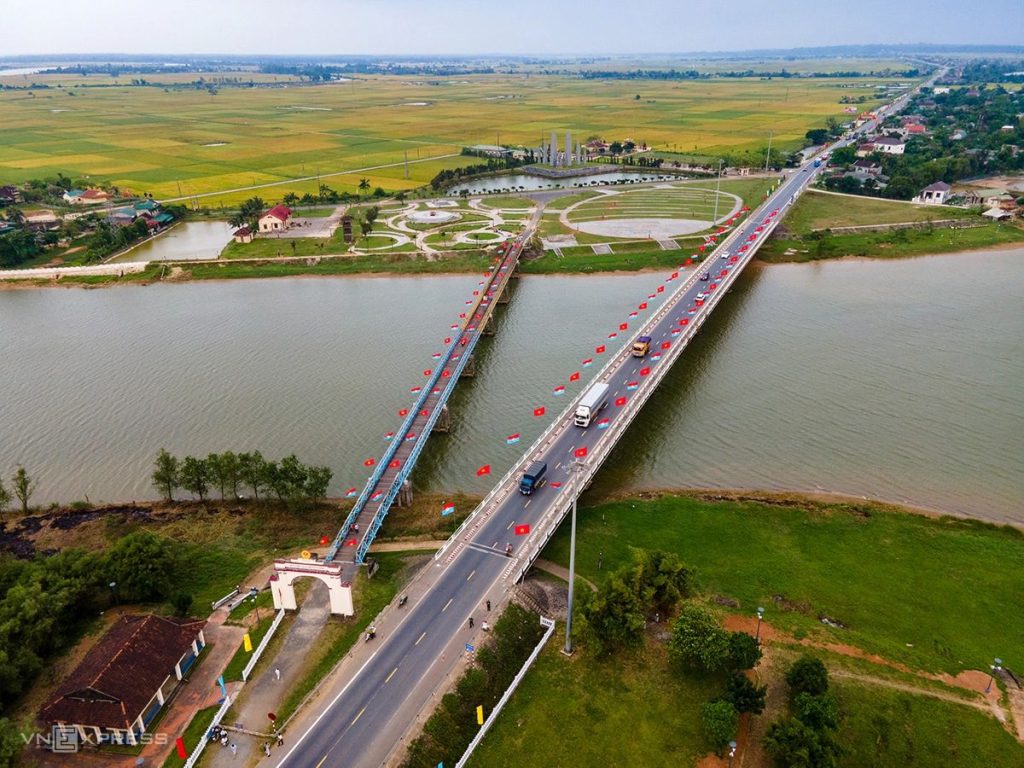
Perhaps the most iconic symbol of Quang Tri’s history is the Hien Luong Bridge, which spans the Ben Hai River. For twenty years, this modest bridge marked the division of Vietnam along the 17th parallel, following the Geneva Accords of 1954.
Constructed by the French in 1952, the bridge is 178 meters long with seven spans. Its reinforced concrete piers support a steel frame and a pinewood deck. Yet its importance is less about engineering and more about symbolism. On the northern side, controlled by the Democratic Republic of Vietnam, the bridge was painted blue; on the southern side, under the Republic of Vietnam, it was painted yellow. For years, a curious “war of colors” took place as each side tried to repaint the entire bridge in its own hue. By 1960, the compromise of two distinct colors remained, a haunting reminder of national division.
After reunification in 1975, the bridge was painted gray, signifying unity. In 2014, authorities restored the bridge to its two-tone blue-and-yellow design to preserve its historical meaning. Today, visitors can walk across and reflect on its role as both a painful divide and a hopeful crossing toward national unity.
The Hien Luong area is now preserved as a cluster of historical relics. This includes not only the bridge and riverbanks but also the northern flagpole, the border police station, a joint communication house, loudspeakers once used for propaganda broadcasts, and the “Desire for Reunification” monument. The Ben Hai River Historical Museum provides further context with photographs, artifacts, and stories of the period.
Quang Tri Ancient Citadel
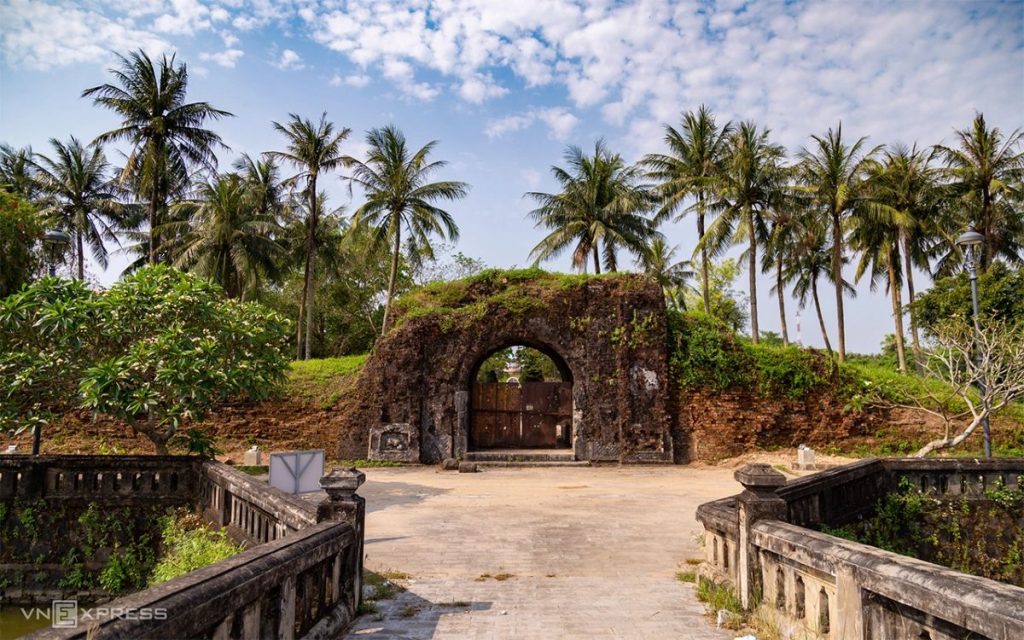
In Quang Tri Town lies the Quang Tri Ancient Citadel, a fortress that tells a tragic chapter of the Vietnam War. Built between 1809 and 1837 under the reigns of Emperor Gia Long and Emperor Minh Mang, the citadel was originally designed as a defensive stronghold. Its square shape, measuring nearly two kilometers in perimeter, featured walls about 4 meters high and a surrounding moat 18 meters wide and 3 meters deep. Four gates gave access, with the southern gate serving as the main entrance.
The citadel’s strategic location near the Đông Hà–Hue route meant that it became a military target during the war. In the summer of 1972, the citadel endured a ferocious 81-day siege, during which an estimated 328,000 tons of bombs and artillery shells were dropped on the area—equivalent to seven Hiroshima bombs. The destruction was almost total, but the resistance and sacrifice of thousands of soldiers transformed the site into a symbol of endurance.
Today, the citadel is preserved as a place of commemoration. Visitors can walk among reconstructed gates, memorial gardens, and preserved walls while learning about the sacrifices made here. The site has become a national historic monument and a place of pilgrimage for veterans, families, and travelers seeking to understand the scale of the conflict.
Truong Son National Cemetery
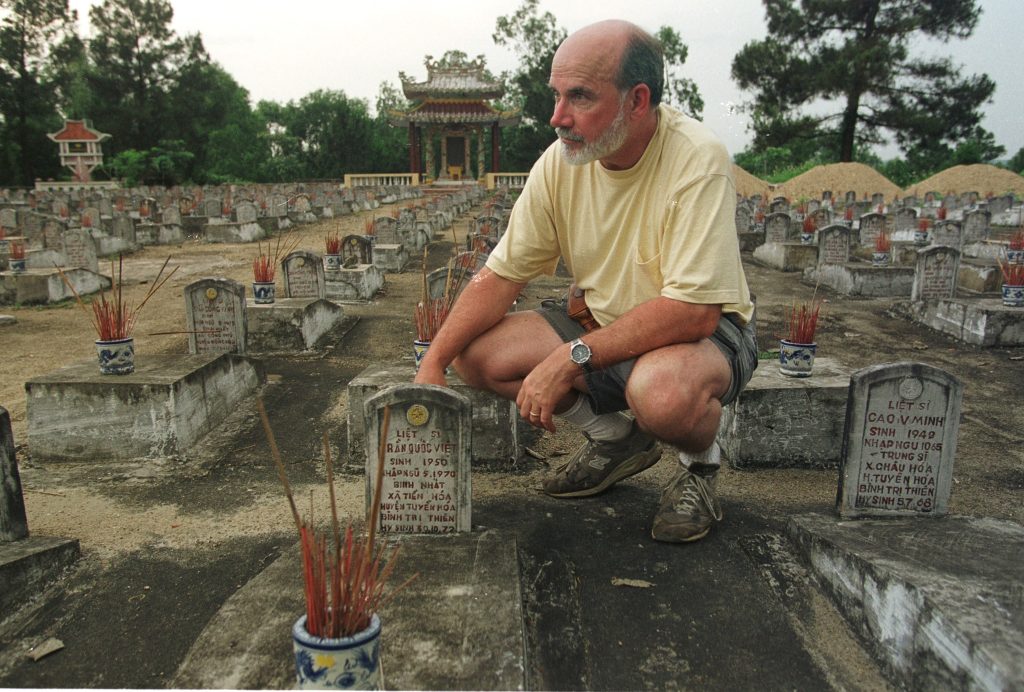
Located in Gio Linh District, about 25 kilometers northwest of Đông Hà City, Truong Son National Cemetery is the largest war cemetery in Vietnam. Built between 1975 and 1977, the cemetery covers 140,000 square meters across three hills near the headwaters of the Ben Hai River. It is the resting place of more than 10,200 soldiers, organized into ten zones according to their home provinces.
The layout reflects solemn beauty, with shaded pathways, incense altars, and rows of white tombstones stretching across the hillsides. At the center is a large memorial monument honoring the fallen. Visiting Truong Son is a deeply moving experience, where silence and reflection dominate. It reminds visitors of the immense sacrifices made for independence and unity. For Vietnamese, it is a site of national pride and reverence; for international travelers, it offers a sobering glimpse into the human cost of war.
Vinh Moc Tunnels
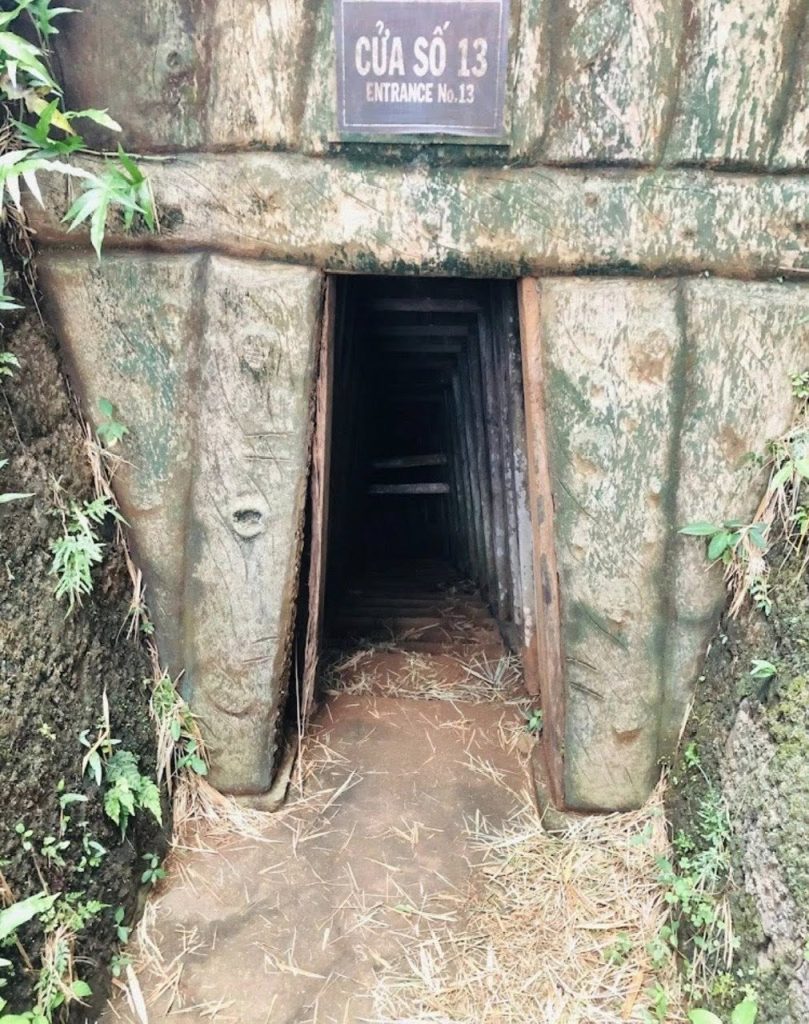
While the Cu Chi Tunnels near Ho Chi Minh City are widely known, the Vinh Moc Tunnels of Quang Tri present a unique perspective. Built in 1965 by villagers seeking to escape relentless American bombings, this underground network stretches over 2,000 meters.
Unlike Cu Chi, which was primarily used for military operations, Vinh Moc was designed as a living community. The tunnels have three levels, with the deepest reaching 23 meters underground. Inside, visitors can see kitchens, wells, meeting rooms, a hospital, and even a maternity ward where 17 children were born during the war.
Walking through these dim passageways gives an extraordinary sense of resilience and determination. The tunnels were not only shelters but also a testament to the villagers’ ingenuity and survival spirit. Today, they stand as a historical site and a poignant reminder of how ordinary people endured extraordinary circumstances.
Khe Sanh Combat Base
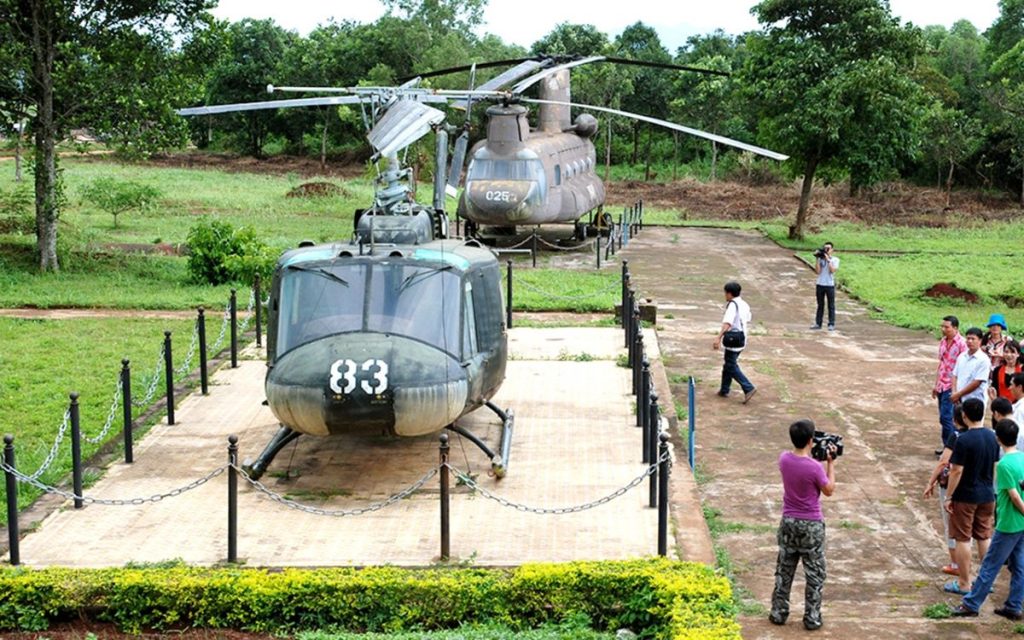
In the western district of Hướng Hóa lies Khe Sanh Combat Base, one of the most heavily contested battlefields of the Vietnam War. Situated along National Highway 9, 63 kilometers west of Đông Hà, Khe Sanh was transformed by U.S. forces into a massive military outpost.
Surrounded by red earth valleys and mountains rising 400 meters above sea level, Khe Sanh became the site of the infamous 1968 siege. For 77 days, North Vietnamese forces surrounded the base in what became one of the most intense confrontations of the war. Later, in 1971, it again played a role in the Route 9–Southern Laos Campaign.
Today, visitors can explore the Tà Cơn Airfield and remnants of bunkers, trenches, barbed wire, and even abandoned American aircraft and tanks. A museum on-site displays photographs, weapons, and artifacts from the battles. Standing on the grounds of Khe Sanh offers a chilling sense of the fierce struggles that unfolded here.
La Vang Sanctuary

Beyond war history, Quang Tri Vietnam is also home to important religious and cultural landmarks. Chief among them is the La Vang Sanctuary, located in Hải Lăng District. It is a major pilgrimage site for Vietnamese Catholics, who believe that the Virgin Mary appeared here in 1798 to comfort persecuted believers.
The sanctuary grounds preserve remnants of a red-brick cathedral destroyed during wartime in 1972. Only the bell tower still stands, flanked by a large statue of the Virgin Mary and an altar. Pilgrims often gather under the shade of three ancient banyan trees, believed to mark the site of the apparition.
In 1961, the Vatican recognized La Vang as a Minor Basilica. In 2012, a new basilica was built, continuing the site’s role as a spiritual heart for Catholics in Vietnam and abroad. For visitors, La Vang combines religious reverence with historical layers, creating a destination of both faith and culture.
Dong Ha Market
To experience daily life in Quang Tri, a visit to Dong Ha Market is essential. Situated along the Hiếu River in the provincial capital, it is the largest market in the province. Its design, resembling boats docked side by side, reflects the area’s riverside trading traditions.
Today, Dong Ha Market is a bustling hub where local and imported goods converge, particularly products from Laos, Thailand, and China, traded through the Lao Bảo Border Gate. Travelers can browse everything from textiles and household items to regional specialties and fresh produce. For those who enjoy local markets, it is a lively space to observe commerce and connect with locals.
Quang Tri Natural Attractions
While Quang Tri is most often associated with history, it is also a land of natural beauty. Along its 75-kilometer coastline and throughout its highland valleys, the province offers pristine beaches, tranquil rivers, and lush forests. Added to this are small villages where ethnic communities preserve unique traditions. Together, these elements create a well-rounded travel experience, blending relaxation, exploration, and cultural immersion.
Cua Tung Beach
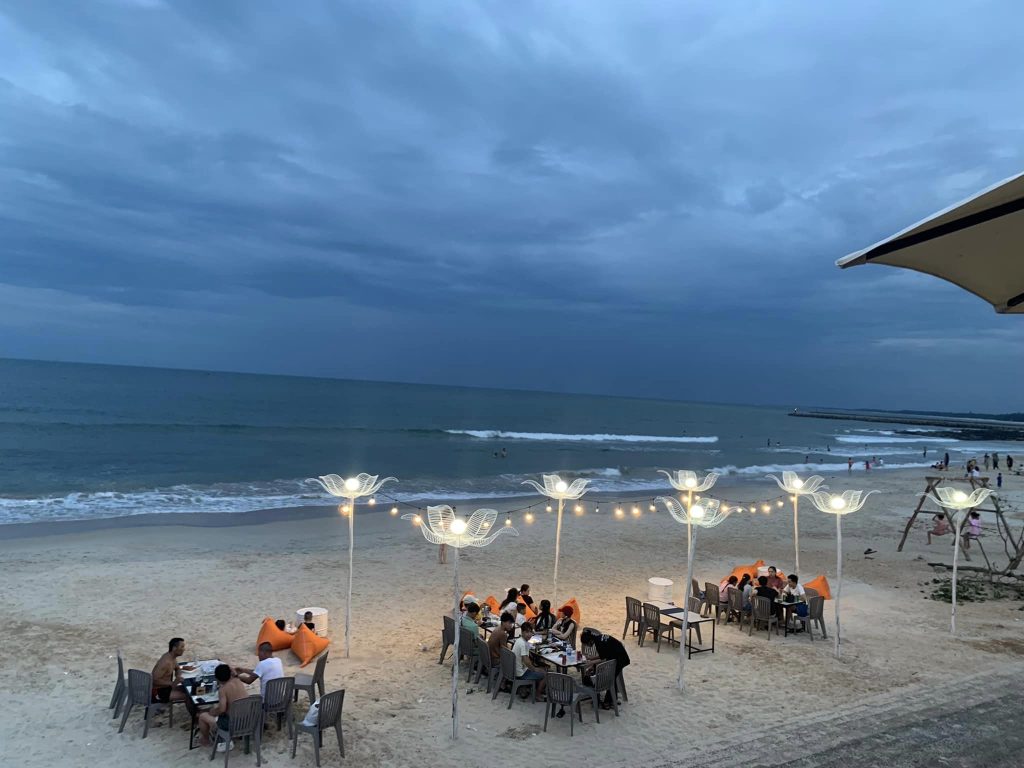
Among Quang Tri’s coastal treasures, Cua Tung Beach holds a special place. About 30 kilometers from Đông Hà City, it was once regarded as the “Queen of Beaches” during the early 20th century. French colonialists favored it as a premier seaside retreat, drawn to its crescent-shaped shoreline and soft white sand.
The beach stretches nearly one kilometer, with a width of 25–30 meters. Its gentle slope and calm, clear waters make it ideal for swimming. However, in recent years, the beach has suffered from erosion due to the construction of sea dikes, fishing ports, and bridges at the mouth of the Ben Hai River. Though smaller than before, Cua Tung still retains its natural charm.
Travelers can stroll along the promenade, enjoy local seafood at beachside stalls, or simply relax in a place where history and leisure intertwine. For those seeking a quieter alternative to more crowded Vietnamese beaches, Cua Tung offers a nostalgic and peaceful atmosphere.
Cua Viet Beach
About 17 kilometers from Đông Hà and 15 kilometers south of Cua Tung lies Cua Viet Beach, now the most popular seaside destination in Quang Tri. With its wide sandy shore and clear turquoise waters, it is particularly inviting for families and groups.
Over the last decade, Cua Viet has seen significant development, with resorts, hotels, and restaurants springing up along the coast. On weekends and holidays, locals flock here for swimming and beach games, while fresh seafood dishes remain the highlight of any visit. Annually, Cua Viet welcomes around 30,000 domestic and international visitors.
Compared to Cua Tung, Cua Viet offers more modern facilities, including jet-ski rentals, beach volleyball courts, and a growing range of accommodations. For travelers who wish to combine historical exploration with seaside relaxation, this beach provides a convenient and enjoyable option.
Con Co Island
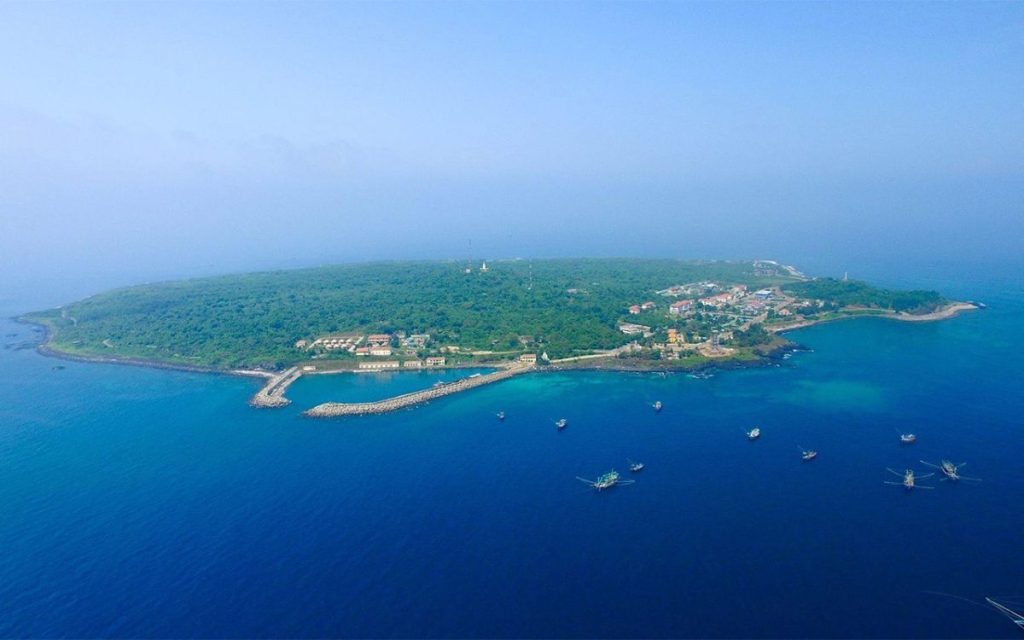
Off the coast of Quang Tri, about 30 kilometers from the mainland, lies Con Co Island, a small volcanic outcrop with an outsized history. Covering only 2.3 square kilometers, Con Co was once a strategic military outpost during the Vietnam War. The island gained the title “Heroic Island” for the bravery of its defenders who repelled multiple attacks.
Today, Con Co is slowly transforming into a tourist destination focused on eco-travel and cultural heritage. Despite its small size, it offers a surprising variety of attractions:
- Historical landmarks such as the traditional house of Con Co, a war infirmary bunker, and a memorial to fallen soldiers.
- Natural highlights including coastal rock formations, walking paths through forests, and a cluster of square-fruited barringtonia trees (bàng vuông).
- Marine treasures like coral reefs—most notably rare red coral, seen for the first time in Vietnam here—as well as starfish, sea cucumbers, and tropical fish.
Currently, the island has seven guesthouses providing 73 rooms, accommodating around 300 visitors. Two ferry services connect Cua Viet Port to Con Co: the ConCo Tourist boat (80 passengers) and the Chín Nghĩa ferry (156 passengers). On the island, visitors can hike, cycle, snorkel, or simply enjoy the pristine environment. Sports facilities such as a football field and tennis court add to the island’s recreational options.
For adventurous travelers, Con Co remains one of Vietnam’s lesser-known gems—untouched, peaceful, and full of stories.
Dakrong River and Bridge
Flowing from the Trường Sơn Mountains, the Dakrong River winds its way past ethnic villages before merging with the Rao Quan River and eventually reaching the Cua Viet estuary. Along its course, visitors encounter both natural beauty and historical echoes.
The river is linked to the local legend of the Dakrong Girl, a tale of love and sacrifice that still resonates in Quang Tri’s folklore. During the Vietnam War, villagers ferried soldiers across this river, making it a lifeline of the Ho Chi Minh Trail.
The original Dakrong Bridge, built with Cuban assistance after 1975, collapsed in 1999. Today, a modern cable-stayed bridge spans the river, blending with the surrounding mountains and forests. Standing here, visitors not only take in scenic views but also sense the river’s symbolic role as a witness to resilience and cultural heritage.
Khe Sanh Valley
While primarily remembered as a battlefield, Khe Sanh also offers natural allure. Nestled at 400 meters above sea level, the valley features fertile red soil ideal for coffee cultivation. Highland breezes cool the area, and surrounding hills provide picturesque backdrops.
Travelers can visit coffee farms, taste locally grown beans, and interact with the ethnic Bru-Van Kieu people who inhabit the region. Beyond the war relics, Khe Sanh is evolving into a destination for agro-tourism, where culture, history, and nature meet.
Bich La Ancient Village
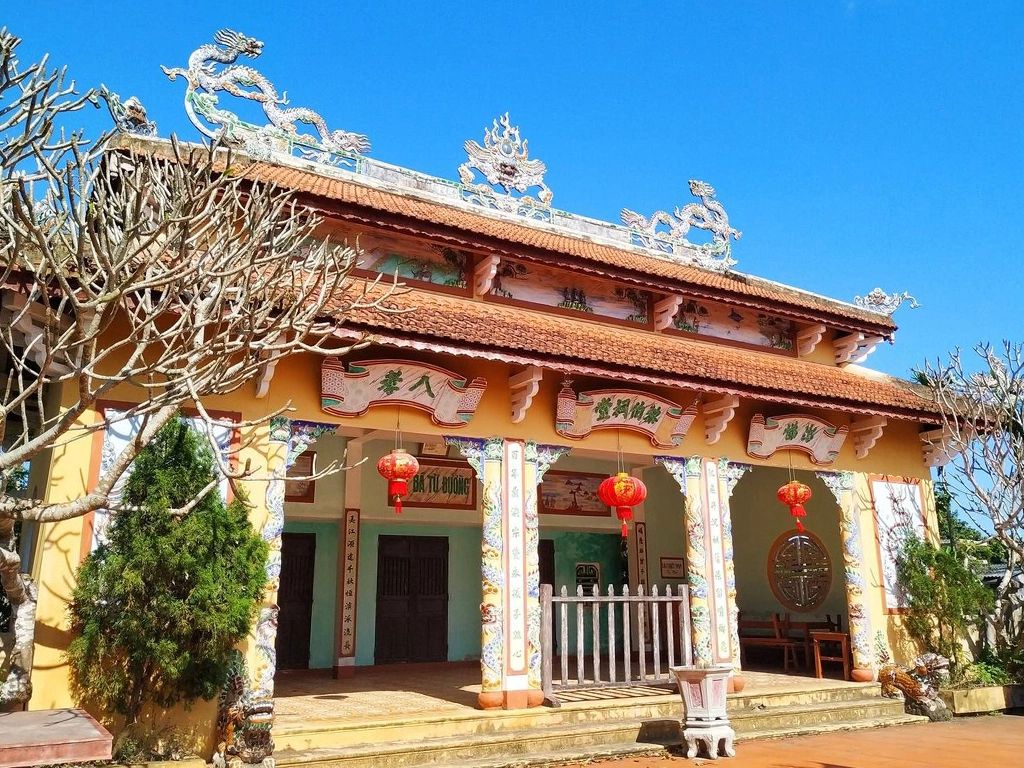
Located in Triệu Phong District, Bich La Village boasts more than 500 years of history. Known as a land of great cultural and spiritual heritage, it is surrounded by sacred temples and shrines. Each year, villagers celebrate a đình festival, which draws visitors from across the region.
The village is also a living museum of traditional Vietnamese rural life. Folk games such as “bài chòi” (a card game combined with singing), “hát bá trạo” (fishermen’s songs), and calligraphy contests are still practiced here. Local crafts and rituals provide a glimpse into Vietnam’s enduring village culture. For travelers eager to explore authentic heritage, Bich La offers a fascinating window into both the past and present.
Lao Bao Border Gate
Situated in Hướng Hóa District, Lao Bao Border Gate is one of Vietnam’s busiest land crossings into Laos. It connects Quang Tri with Savannakhet Province in Laos and serves as a vital hub for trade.
For travelers, Lao Bao offers two attractions:
- Cross-border exploration: With a valid passport, visitors can easily enter Laos to discover nearby Buddhist temples, markets, and landscapes.
- Shopping: The border area is known for inexpensive goods imported from Thailand and Laos. Everything from clothing to household products can be found at reasonable prices, making Lao Bao a popular shopping stop.
>> Browse Vietnam tours to find more journeys filled with history and adventure!
Van Kieu and Pa Ko Ethnic Villages
Beyond towns and beaches, Quang Tri’s identity is also shaped by its ethnic minority communities. The Van Kieu and Pa Ko peoples inhabit districts such as Đakrông, Hướng Hóa, Vĩnh Linh, and Gio Linh. Their history is marked by loyalty to Vietnam’s revolution: in 1957, villagers requested to adopt the surname “Hồ” in honor of President Hồ Chí Minh, symbolizing their gratitude and solidarity.
Visiting these villages allows travelers to experience distinctive culture. The Van Kieu and Pa Ko possess a rich collection of musical instruments, each associated with particular festivals. Their stilt houses, communal celebrations, and traditional costumes create vivid impressions. Local hospitality is warm, and community-based tourism initiatives now give visitors opportunities to stay overnight, join cultural performances, and taste local cuisine.
For those seeking authentic encounters, the highland villages of Quang Tri offer some of the most memorable travel experiences.
Accommodation in Quang Tri
Most accommodations are concentrated in Đông Hà City, Quang Tri Town, and coastal resort areas such as Cửa Tùng and Cửa Việt.
- In Đông Hà City: Options include mid-range to upscale hotels like Saigon–Đông Hà Hotel, Mường Thanh Quảng Trị Hotel, Golden Hotel, Khải Hoàn Hotel, and Hữu Nghị Hotel. Prices generally range between 500,000 and 1,000,000 VND per night. Budget guesthouses and smaller hotels are also available for 150,000–300,000 VND per night, catering well to backpackers and budget-conscious travelers.
- In Quang Tri Town: Choices are more limited, but properties such as Mekong Hotel and Ruby Light Hotel are notable.
- At Cửa Việt Beach: Seaside resorts such as Golden Sea Resort and Sepon Boutique Resort offer comfortable stays priced between 800,000 and 1.2 million VND per night. Several smaller hotels are available around 500,000 VND per night.
- At Cửa Tùng Beach: A few accommodations exist near the historic beach, although choices are more modest compared to Cửa Việt.
Quang Tri Cuisine
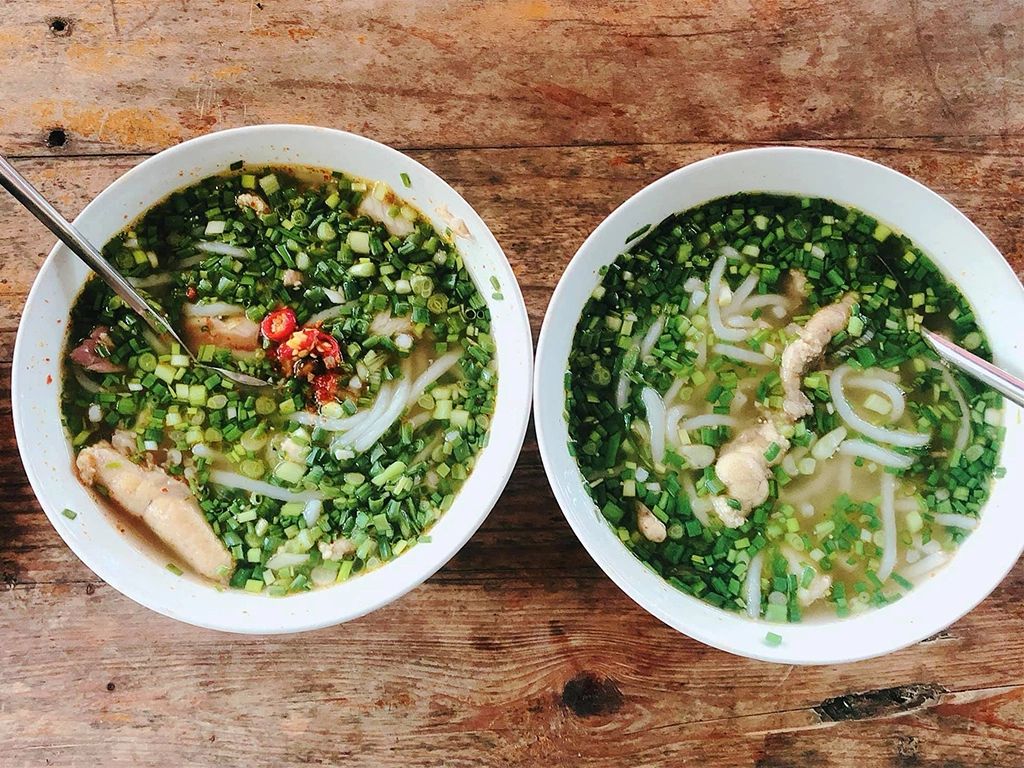
Beyond its historical landmarks and natural beauty, Quang Tri is also a land of culinary delights. The province’s food reflects its cultural diversity, rural roots, and resilience through hardship. Many dishes are simple, yet full of character, often combining local ingredients with distinctive preparation methods. For travelers, sampling these specialties is one of the most rewarding ways to connect with local life. Alongside cuisine, knowing when and how to travel safely is essential, since Quang Tri’s weather can be extreme. This chapter introduces the must-try dishes of the region and provides practical advice for planning your journey.
Cháo Vạt Giường (Rice Noodle Soup)
Known locally by several names—cháo vạt giường, cháo bột, cháo cá—this dish is one of Quang Tri’s signature comfort foods. Unlike traditional porridge made from simmered rice, cháo vạt giường uses rice flour dough that is rolled thin, then cut into strips resembling the bamboo slats of a bed frame (hence the name “vạt giường”).
The broth is made from snakehead fish (cá lóc). The fish is steamed, deboned, and its flesh added to the soup, while the bones and head are pounded to extract flavor for the stock. The result is a clear, sweet, and slightly earthy broth. Fried shallots, fresh herbs, and chili peppers complete the dish. Diners typically use both chopsticks and a spoon, savoring chewy noodles, tender fish, and a balanced harmony of spicy, savory, and sweet flavors.
Bún Hến Mai Xá (Clam Noodle Soup)
In Mai Xá Village, Gio Linh District, travelers will encounter a humble yet delicious specialty: bún hến Mai Xá. Despite its name, the dish is not made from regular clams but from “chắt chắt,” a small mollusk with darker shells. These must be soaked overnight in rice water to release sand and slime, then boiled and separated from their shells.
The cooking liquid is settled to make a flavorful broth, while the mollusks are stir-fried with aromatic shallots and spices. Served over rice vermicelli with herbs and a side of garlic–ginger fish sauce, the dish is light yet satisfying. For locals, bún hến is both a daily staple and a symbol of village pride. For visitors, it is an opportunity to taste the bounty of Quang Tri’s rivers.
Boiled Jackfruit with Fermented Fish Sauce
A simple but unique dish, boiled jackfruit (mít luộc) dipped in mắm nêm is a rustic Quang Tri specialty. The jackfruit is sliced lengthwise into strips, then boiled until tender yet crunchy. Timing is key: undercooking leaves the fruit tough and bitter, while overcooking makes it mushy.
The star of the dish is the dipping sauce. Mắm nêm, a pungent fermented anchovy sauce, is mixed with sugar, chili, garlic, and lime to balance its strong aroma. Eaten with boiled jackfruit and fresh herbs, the dish bursts with flavor—salty, sweet, sour, spicy, and slightly bitter all at once. This reflects the resilience of the region’s people, who could turn even modest ingredients into memorable meals.
Lòng Sả (Herbal Offal Soup)
The name may sound strange, but lòng sả is a beloved dish among locals, especially on cold or rainy days. It is made with duck or pork offal cooked in a broth flavored with lemongrass and sometimes blood pudding. The aroma of lemongrass cuts through the richness, creating a warming and hearty soup.
Served hot with plenty of chili, lòng sả is believed to ward off colds and boost energy. It can be eaten with bread or rice, making it both versatile and filling. For adventurous food lovers, this dish offers a genuine taste of local home cooking.
Grilled Buffalo Meat with Trơng Leaves
One of Quang Tri’s most distinctive dishes is thịt trâu lá trơng. Fresh buffalo meat is sliced, marinated with spices, then wrapped in trơng leaves before grilling. The leaves impart a subtle herbal sharpness, while the grilling process locks in juices and gives the meat a smoky flavor.
The result is tender, slightly spicy, and deeply aromatic. In some households, buffalo meat is stir-fried with trơng leaves instead, along with onions and garlic. Whether grilled or sautéed, this dish is often paired with local rice wine and shared among friends, reflecting the hospitality of the region.
Sweet Corn Stew (Bắp Hầm)
Sold by street vendors across Quang Tri, bắp hầm may seem ordinary at first glance but has a special place in local snacking culture. Sticky corn kernels are removed from the cob, soaked overnight, then simmered until plump and tender. Green beans, sugar, sesame, and a pinch of salt are added, creating a wholesome and aromatic dish.
Each spoonful delivers sweetness from corn and beans, nuttiness from sesame, and a chewy texture that keeps it satisfying. Whether eaten as breakfast, dessert, or a casual snack, bắp hầm is comfort food at its finest.
Other Local Flavors
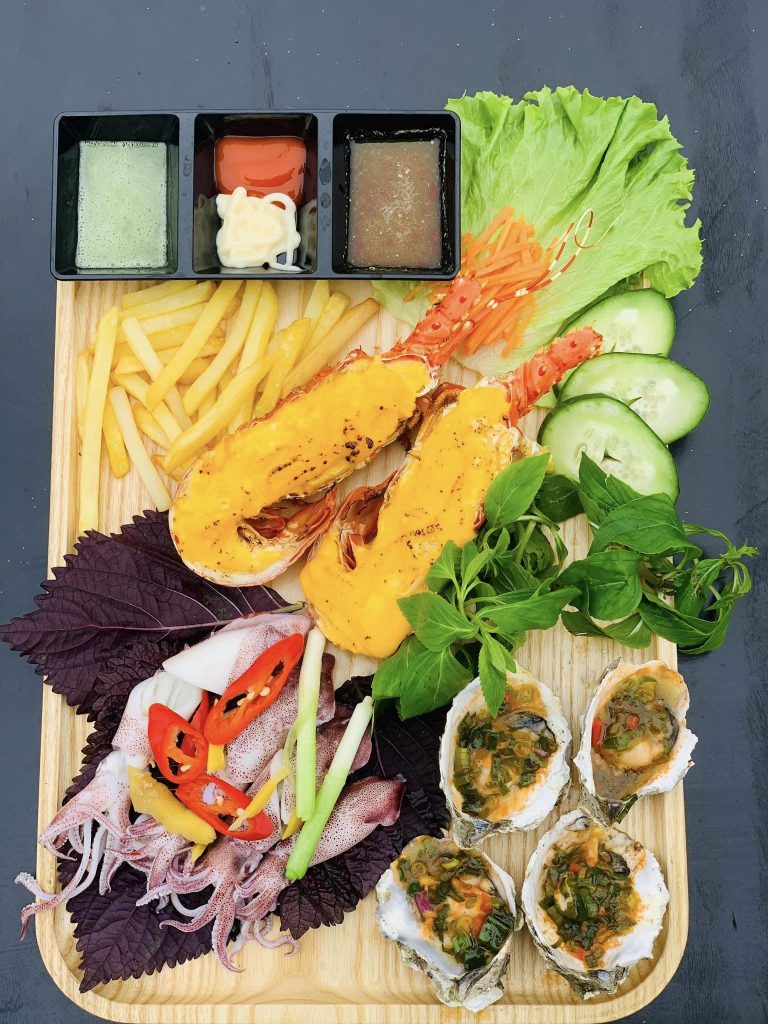
Beyond these signature dishes, Quang Tri also offers an array of specialties worth sampling:
- Grilled seafood from Cua Viet and Cua Tung, especially squid and shrimp.
- Rice paper rolls with herbs and pork, dipped in spicy peanut sauce.
- Wild vegetable stir-fries, often gathered from forests and hillsides.
- Local rice wine, distilled in villages and often shared during festive gatherings.
Together, these foods reflect the province’s creativity in using simple ingredients to create complex flavors.
Travel Tips for Quang Tri
- Weather Precautions
Quang Tri’s weather can be unpredictable and extreme. From May to August, hot dry winds (gió Lào) make the climate sweltering. From October to February, heavy rains, storms, and floods are common. The best time to visit is from March to April or from late August to early October, when conditions are relatively mild. Always check the forecast before traveling and pack accordingly. - Transportation on Arrival
While Đông Hà is well connected by train, bus, and road, local transport is more limited. Taxis, motorbike taxis (xe ôm), and car rentals are available, but services are not as abundant as in larger cities. If planning to visit beaches or Con Co Island, arrange transport in advance. - Respect for Historical Sites
Many attractions in Quang Tri are war memorials or cemeteries. Dress modestly, speak respectfully, and avoid disruptive behavior. Photography may be restricted in certain areas, especially at cemeteries. Light incense and offer a moment of silence if joining local visitors in remembrance. - Interaction with Local Communities
When visiting Van Kieu or Pa Ko villages, ask permission before taking photos and consider purchasing local handicrafts to support the community. Joining traditional music or dance performances is encouraged but always follow the lead of your hosts. - Currency and Costs
Quang Tri is generally affordable. Meals at local eateries range from 30,000–70,000 VND, while mid-range hotel rooms cost 500,000–1,000,000 VND per night. Credit cards are less commonly accepted in rural areas, so carrying cash is essential. - Safety and Health
Quang Tri is safe for travelers, with low crime rates. However, as in any rural province, be cautious of traffic on highways and rough terrain in mountainous areas. Bring mosquito repellent for forested zones and consider travel insurance for peace of mind.
Conclusion
Quang Tri is a province where history, nature, and culture converge to create one of Vietnam’s most meaningful travel experiences. From its solemn landmarks such as Hien Luong Bridge, Quang Tri Ancient Citadel, Truong Son National Cemetery, and Vinh Moc Tunnels, travelers are reminded of the nation’s resilience and sacrifices. Yet beyond the war memories, the province reveals a softer side: tranquil beaches like Cua Viet and Cua Tung, the untouched charm of Con Co Island, and the poetic flow of the Dakrong River. Villages such as Bich La and the highland communities of the Van Kieu and Pa Ko ethnic groups preserve centuries-old traditions, offering insight into authentic Vietnamese rural life. To complete the journey, Quang Tri’s cuisine delivers unforgettable flavors—from cháo vạt giường and bún hến to rustic boiled jackfruit and smoky buffalo meat with trơng leaves—simple dishes that embody local ingenuity and warmth. Though the climate can be harsh, careful planning ensures safe and rewarding travel.
Quang Tri Vietnam has become a meaningful destination for American veterans as well as students from U.S. military academies, who often visit to learn and reflect on its history. If you would like to include Quang Tri in your customized Vietnam tour, please reach out to us for assistance.
Source: vietnamnet.vn

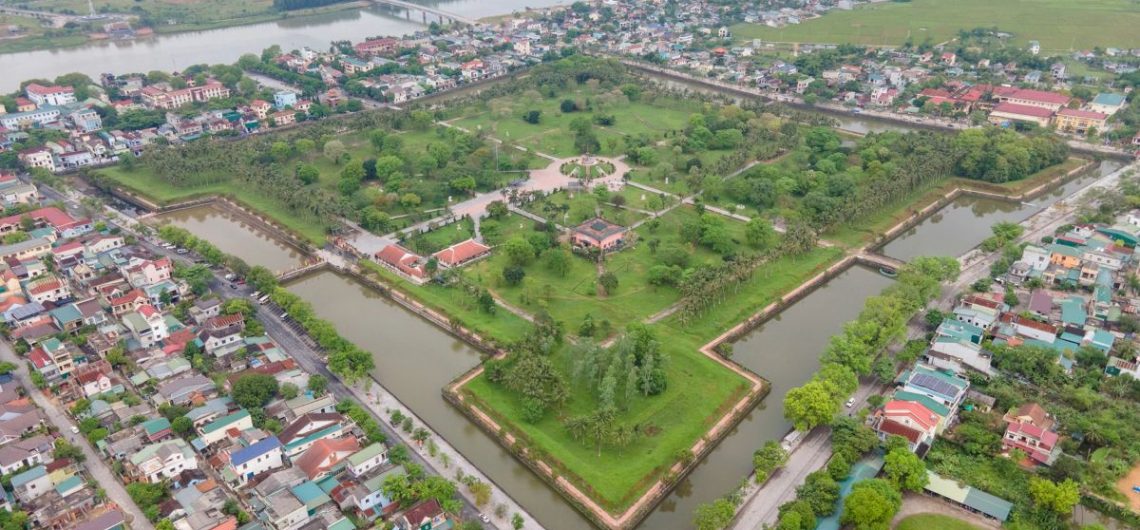
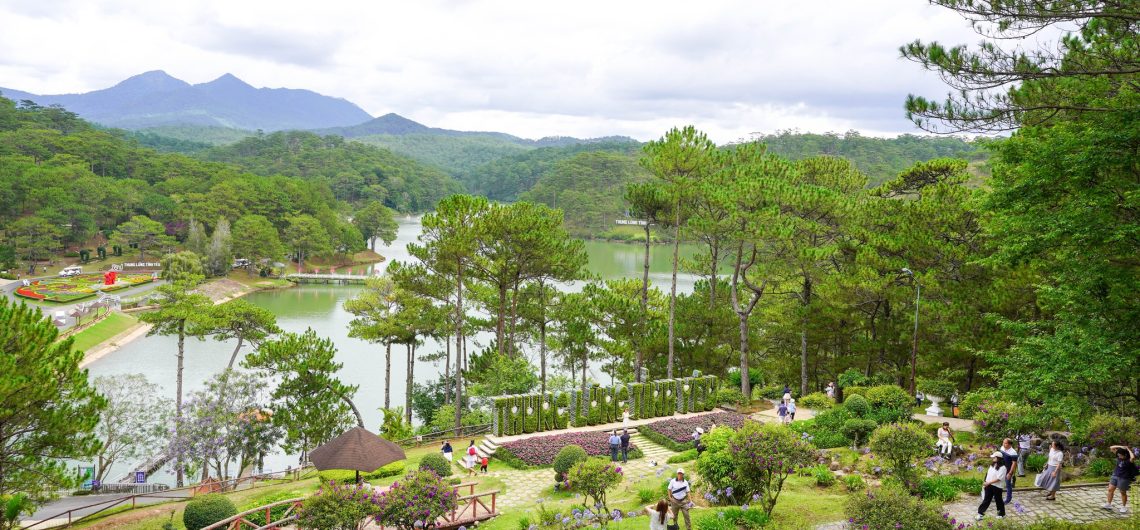
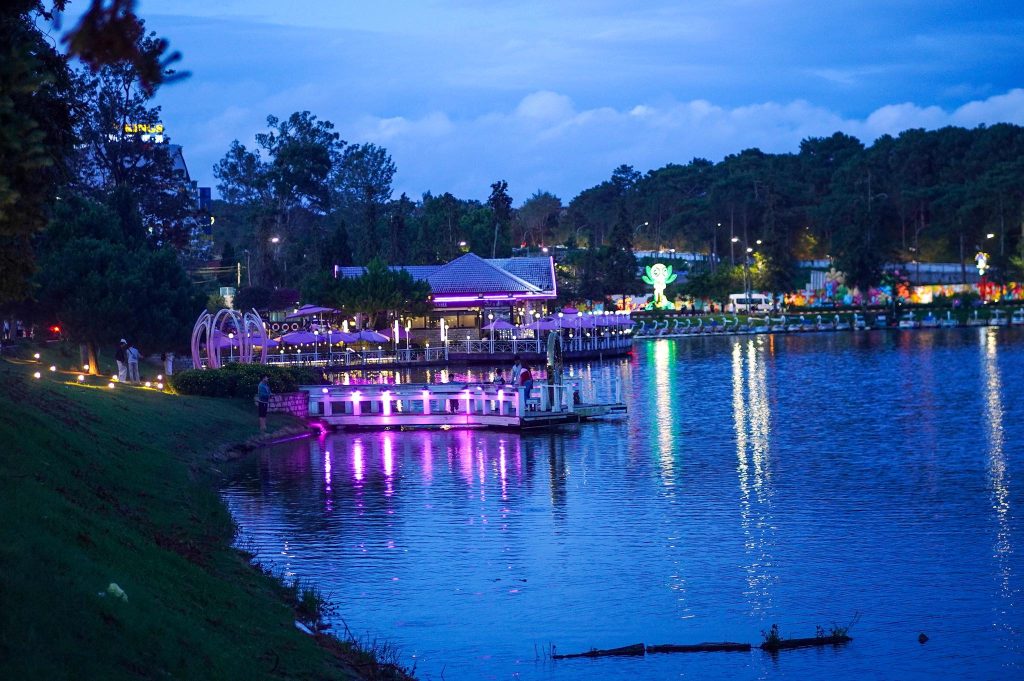
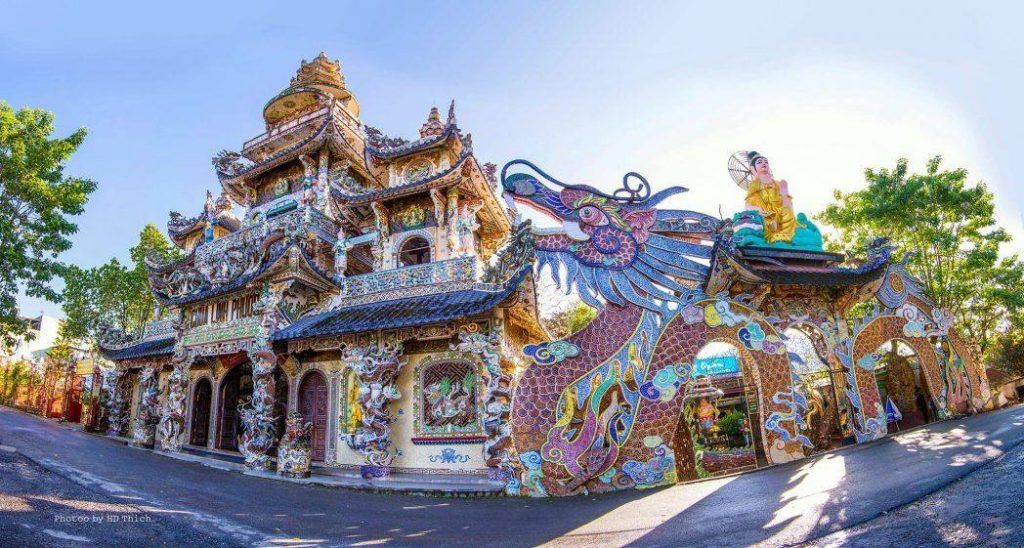
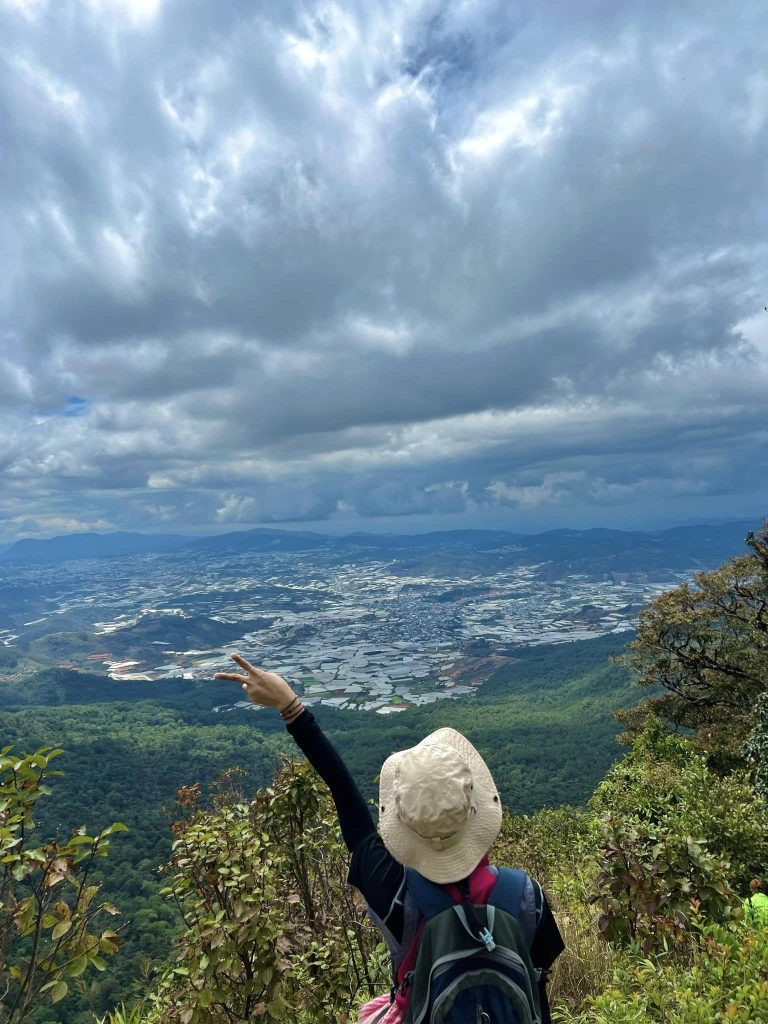
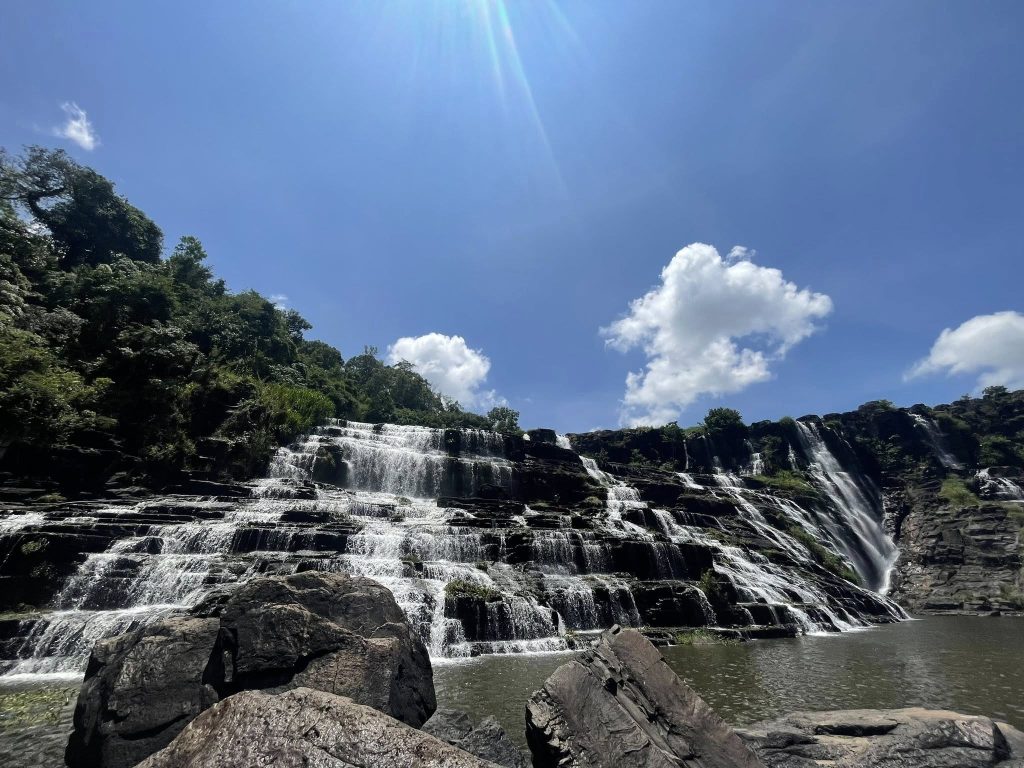
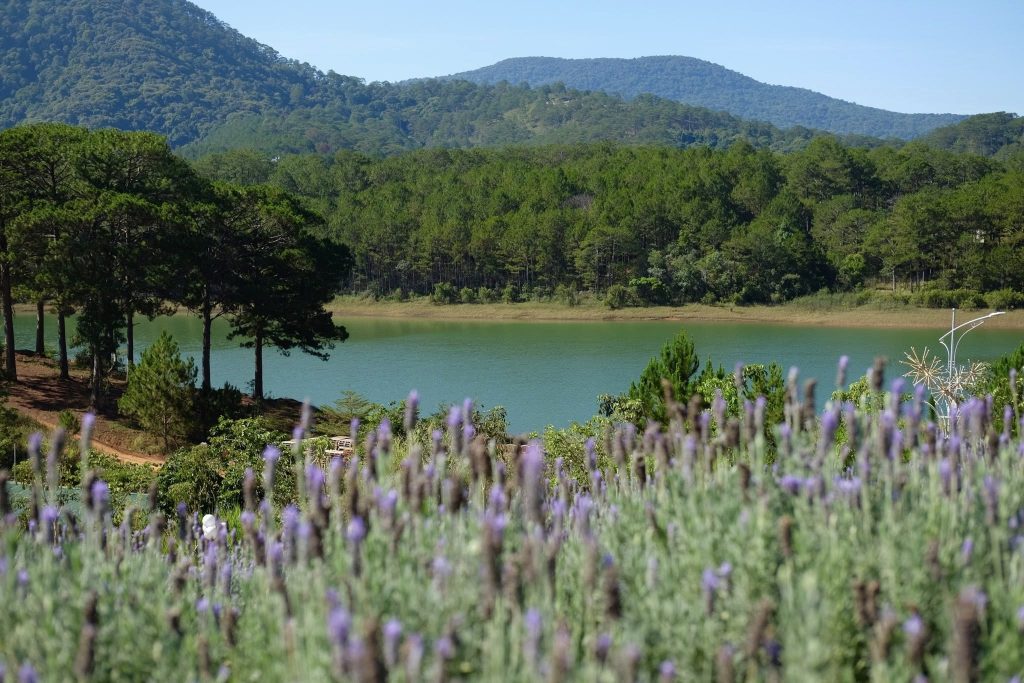
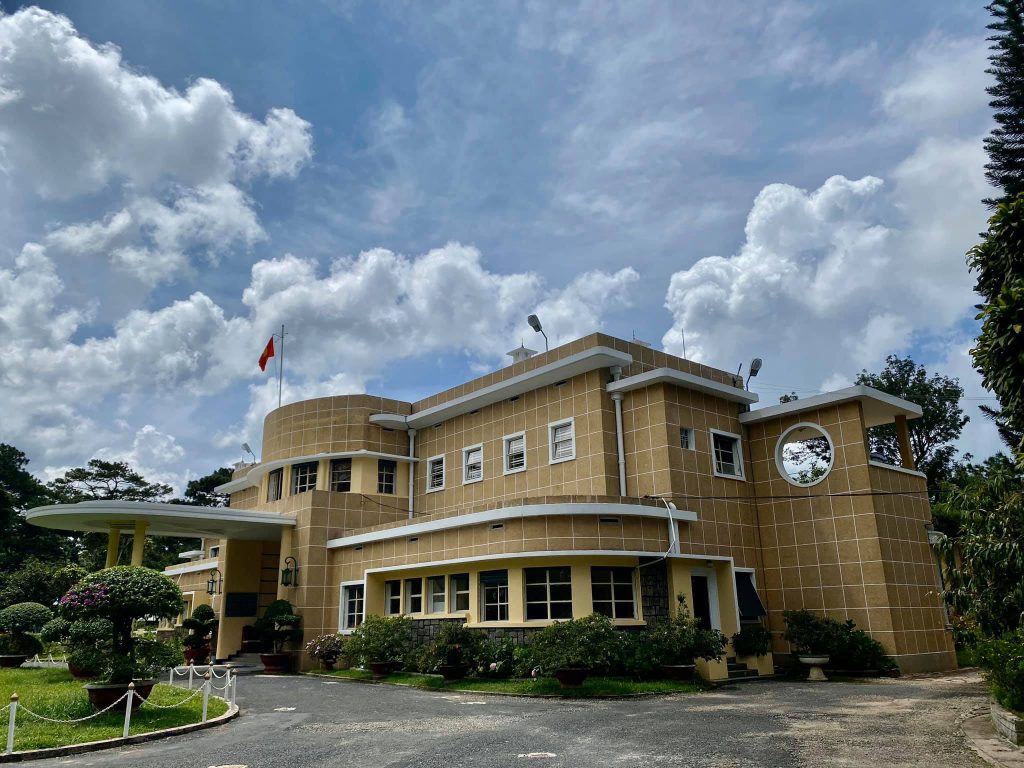
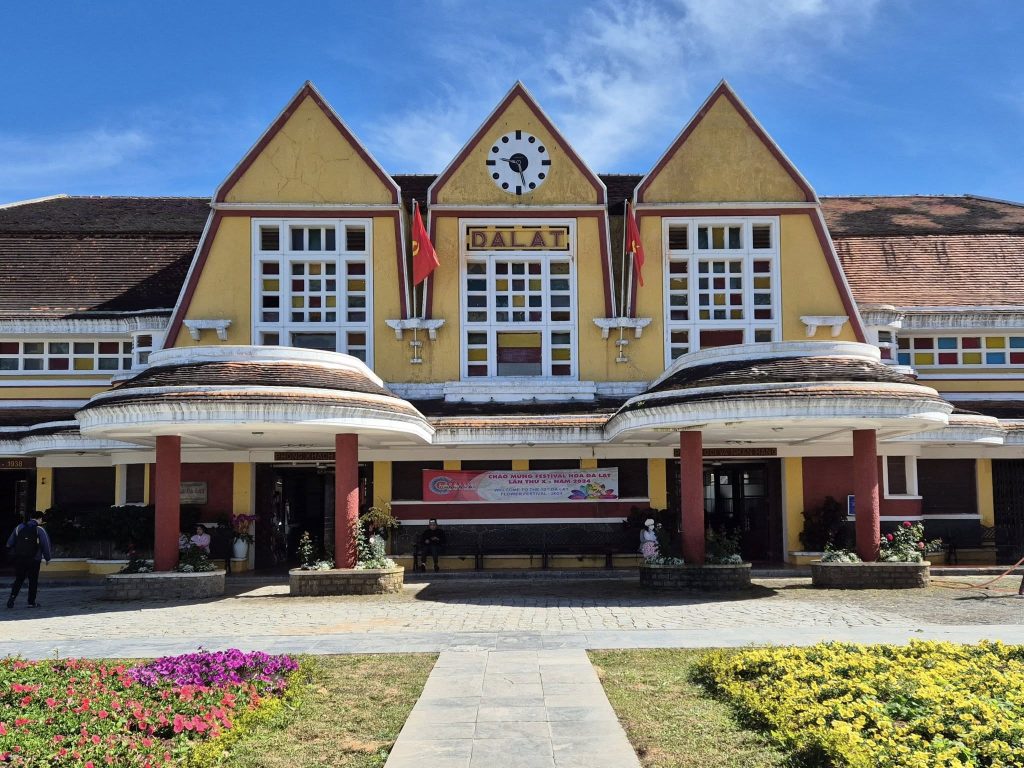
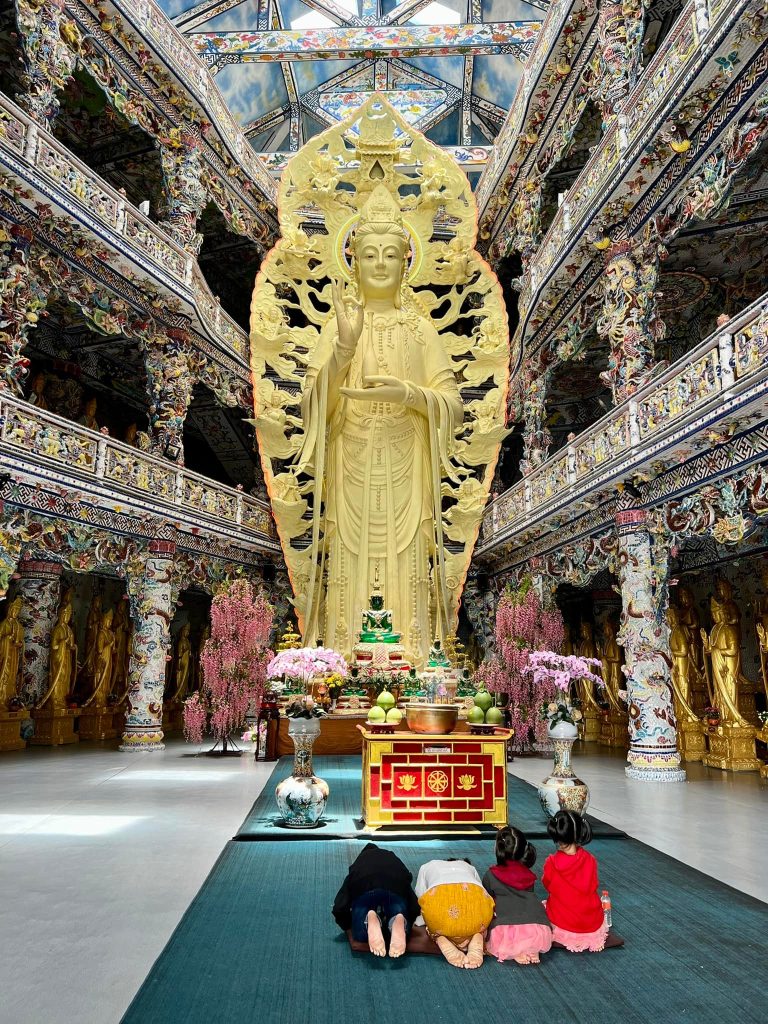
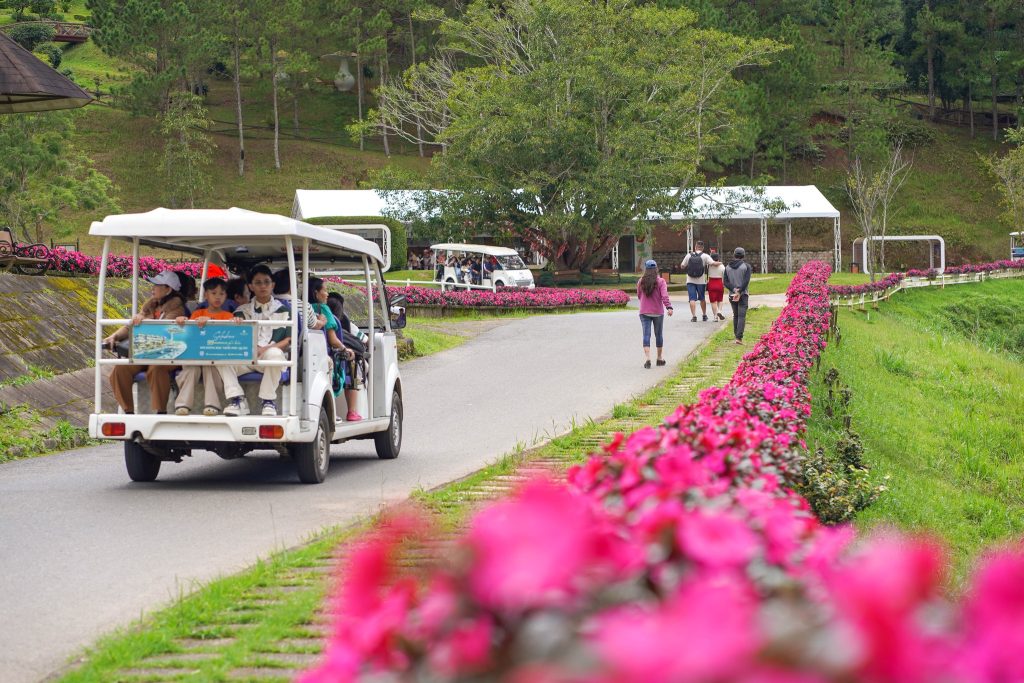
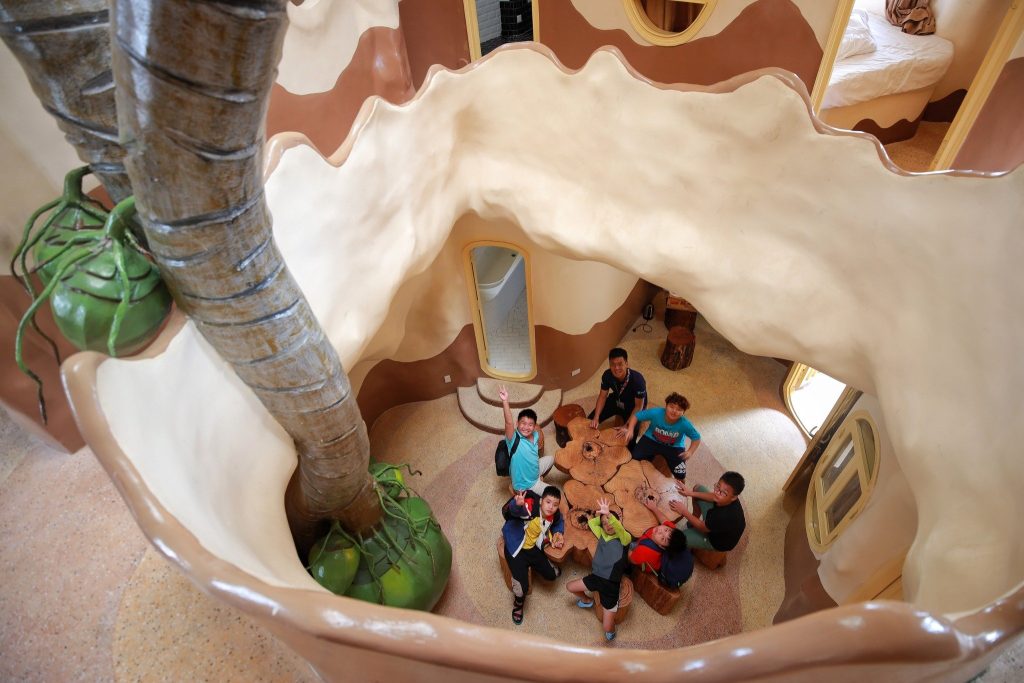
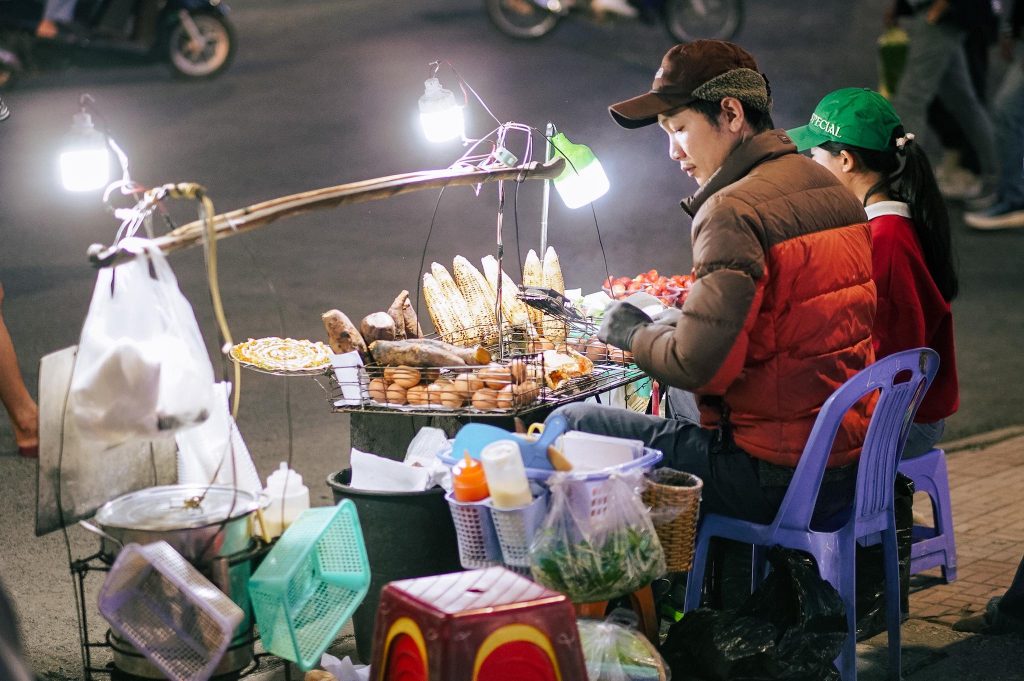
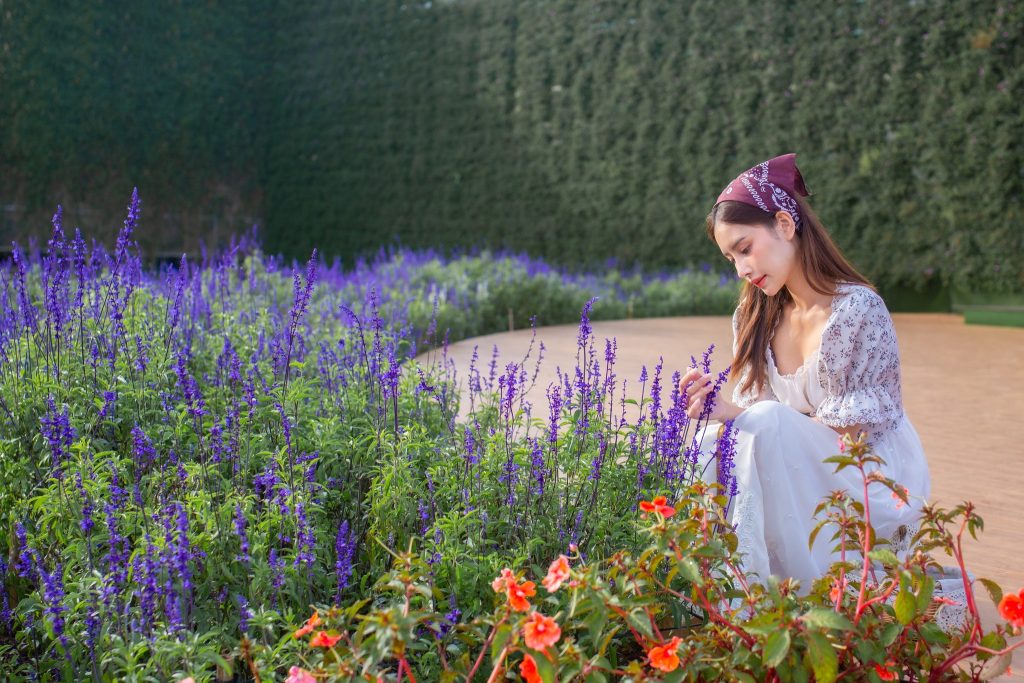

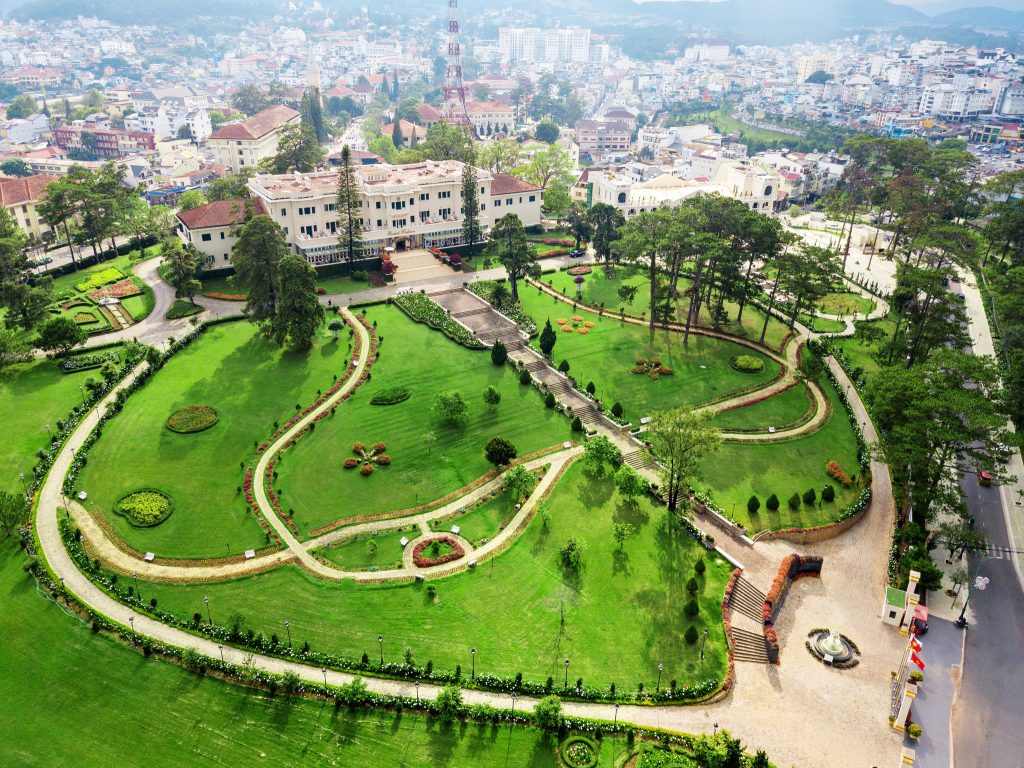
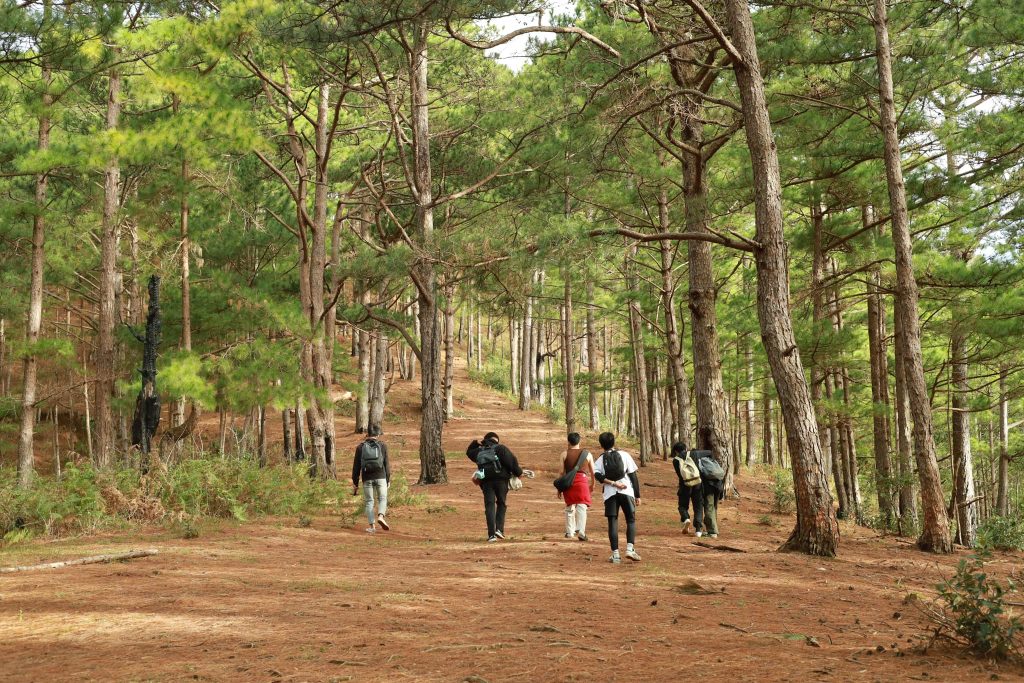
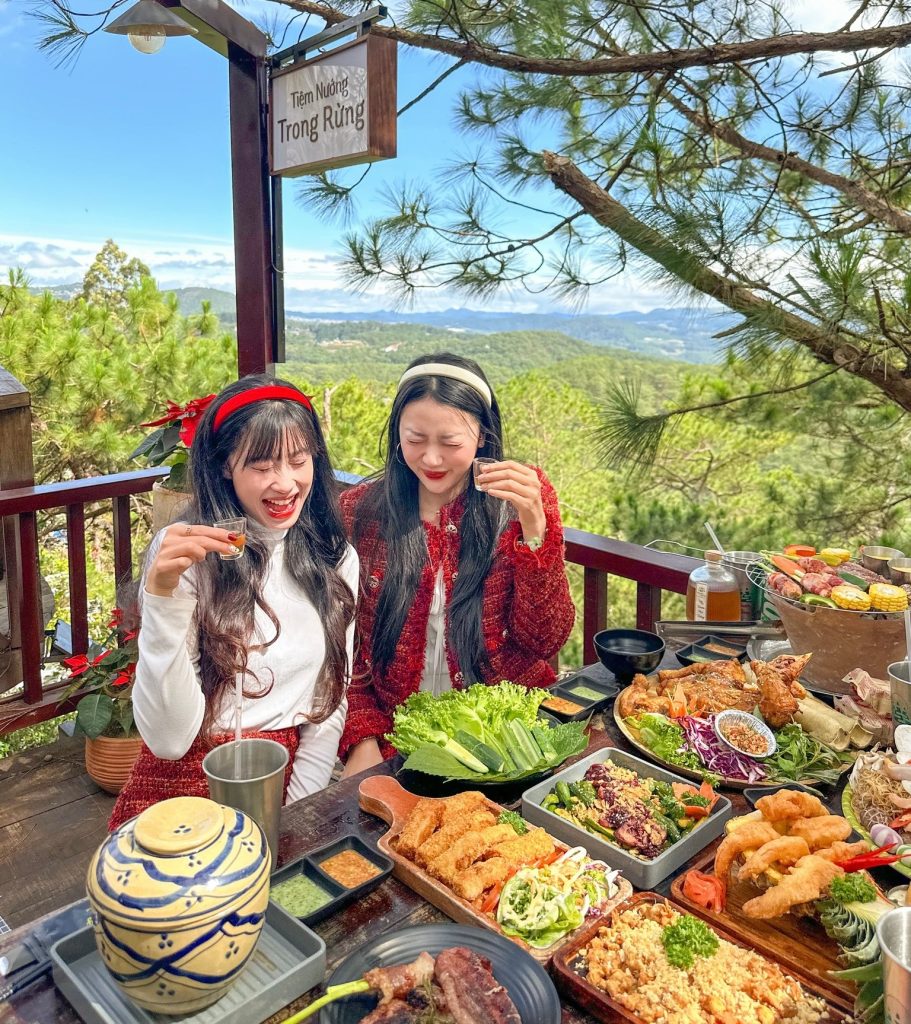

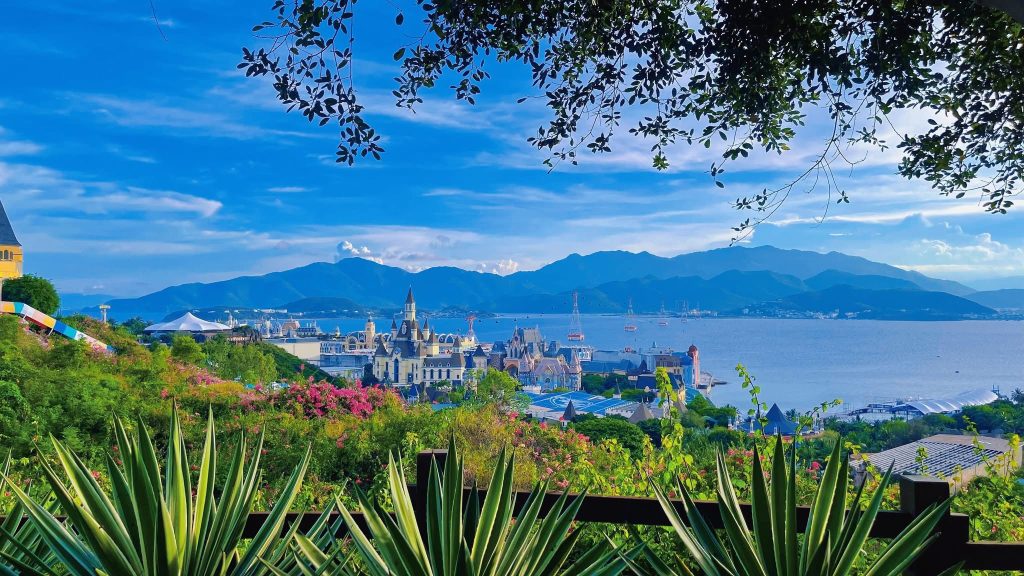
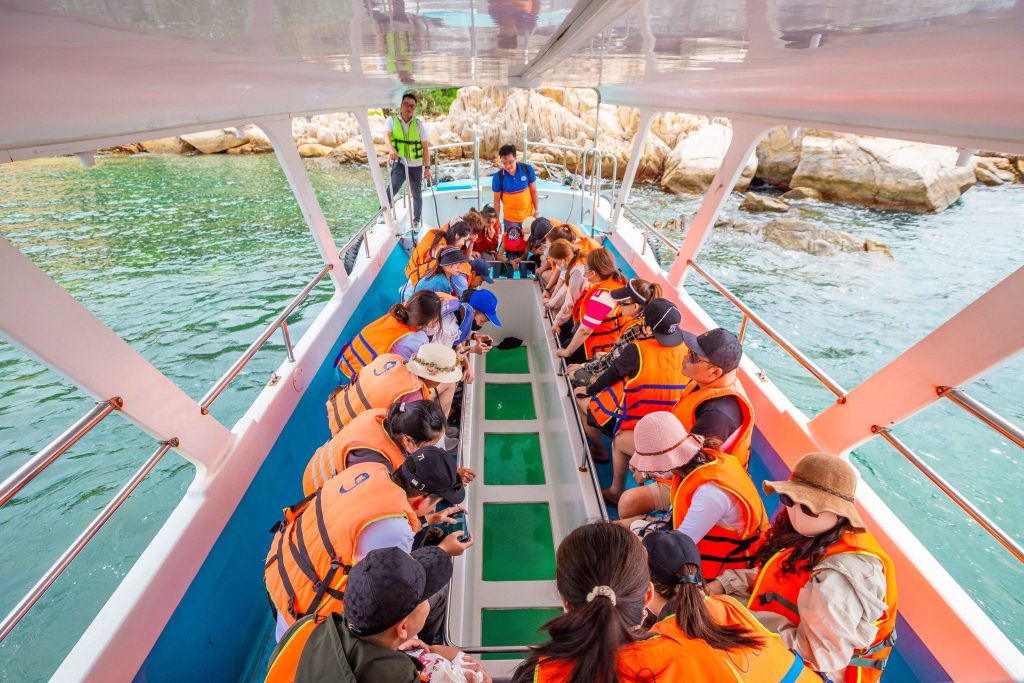
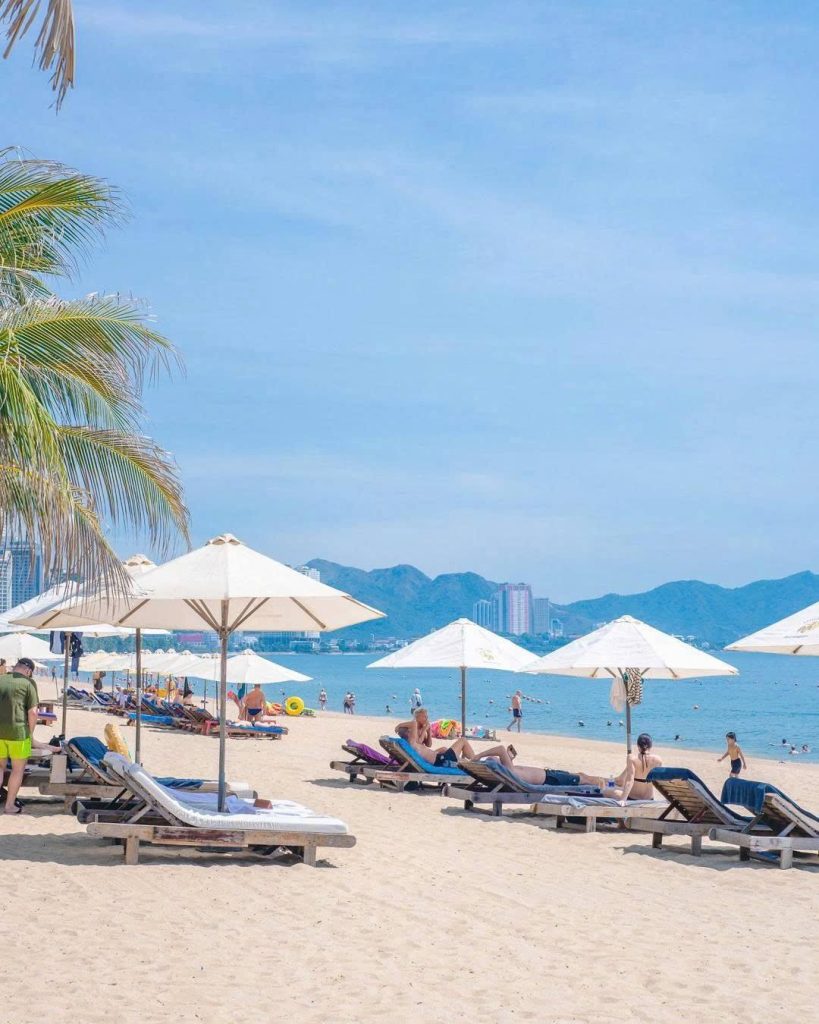
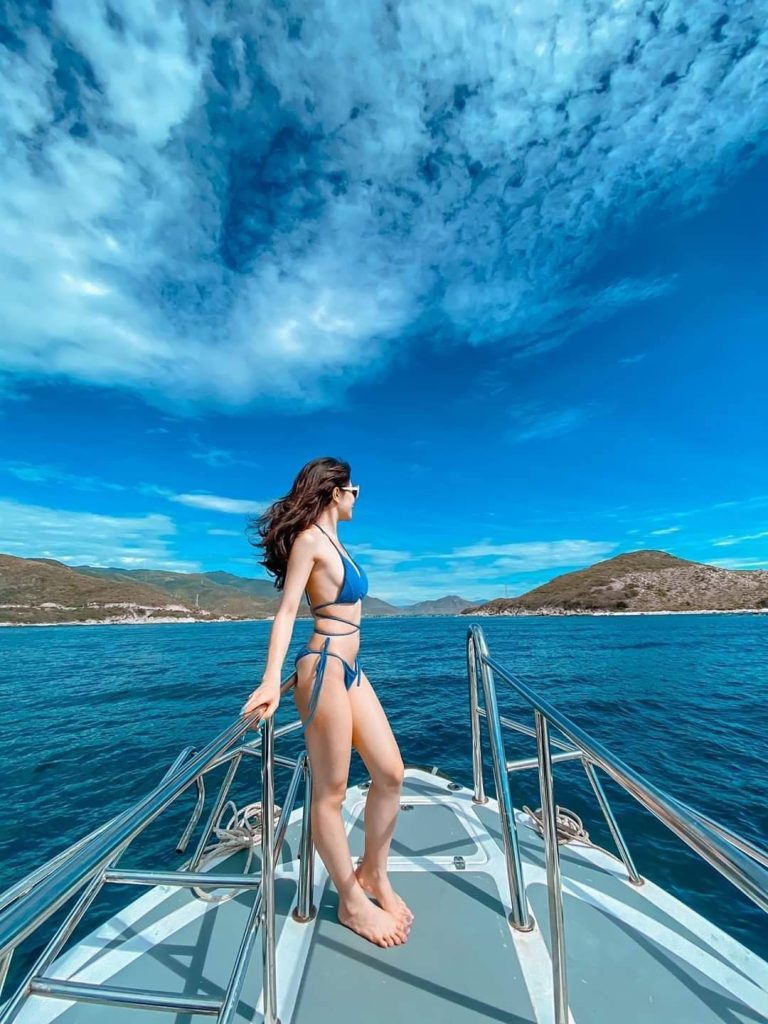
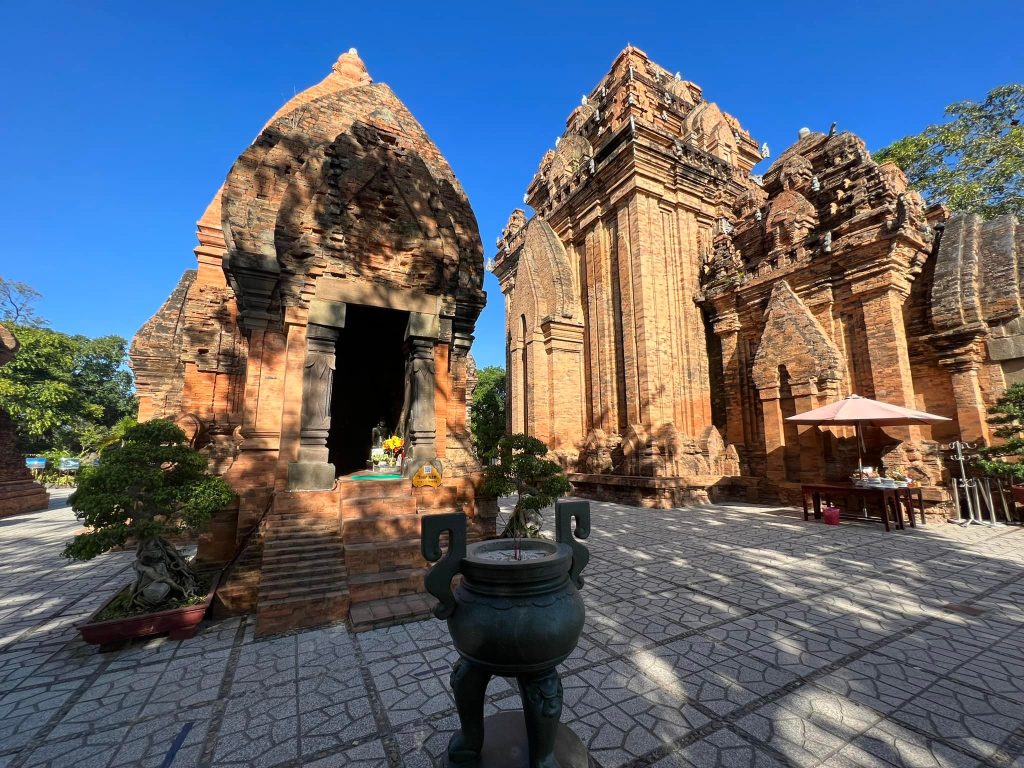

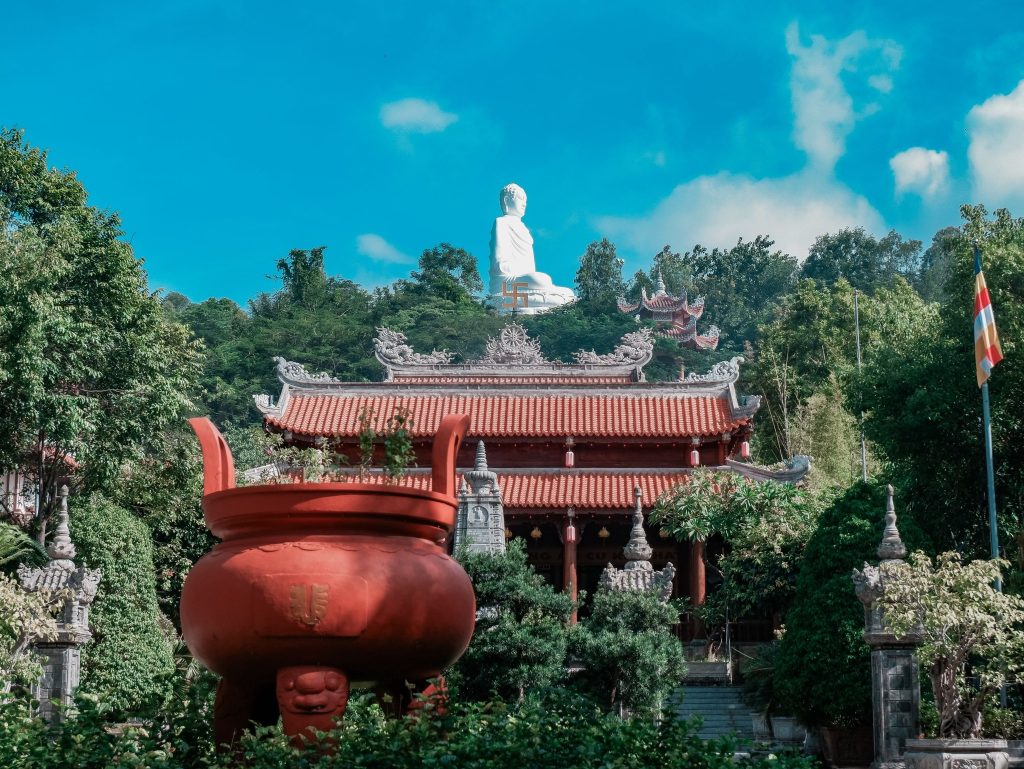
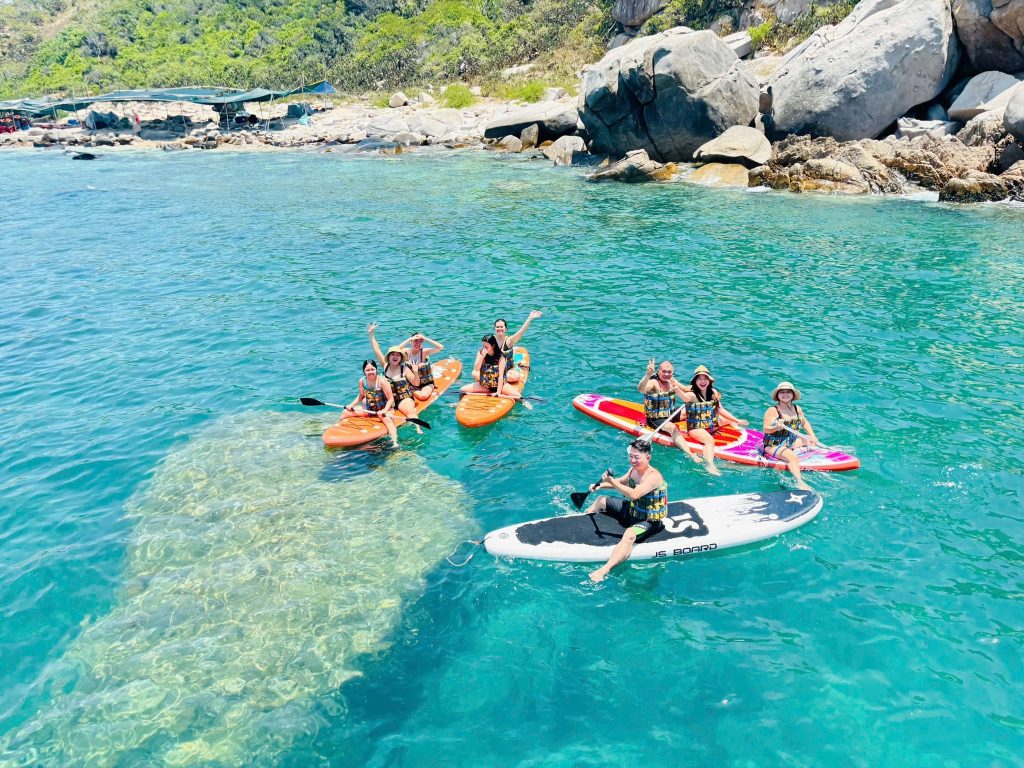
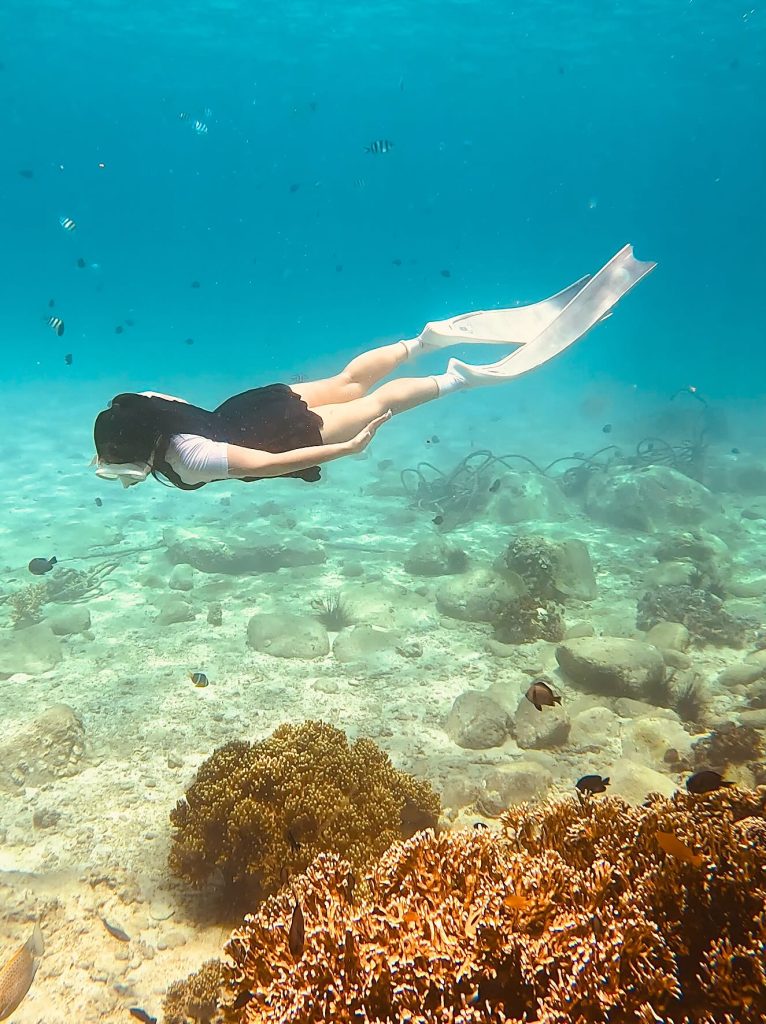
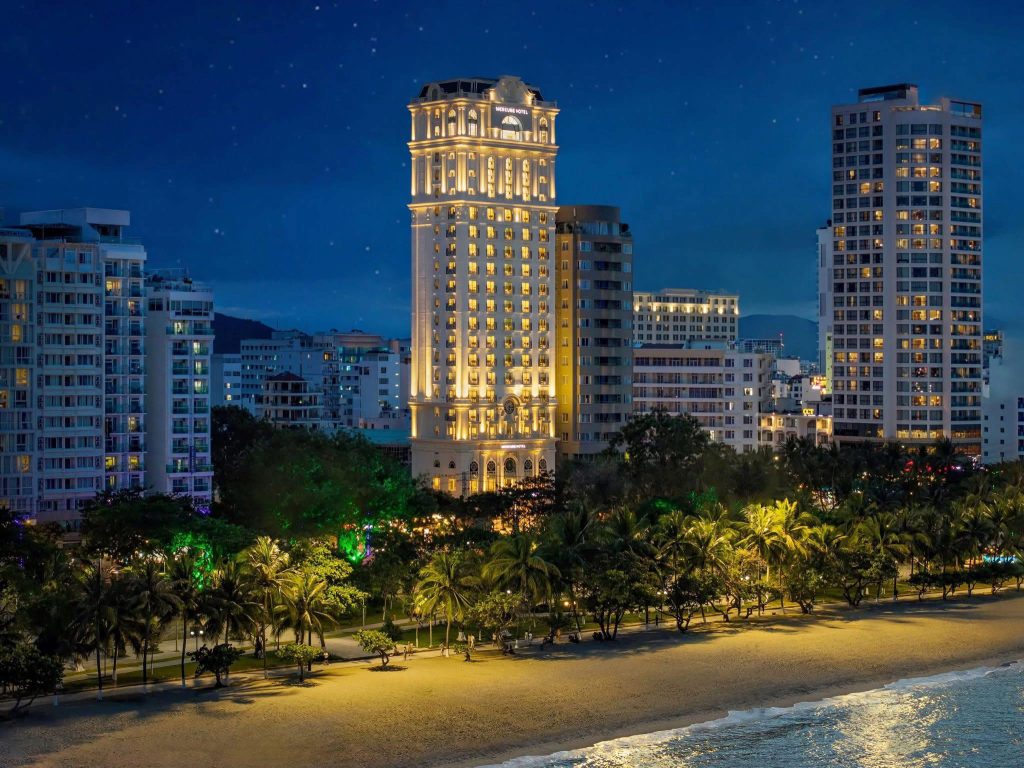
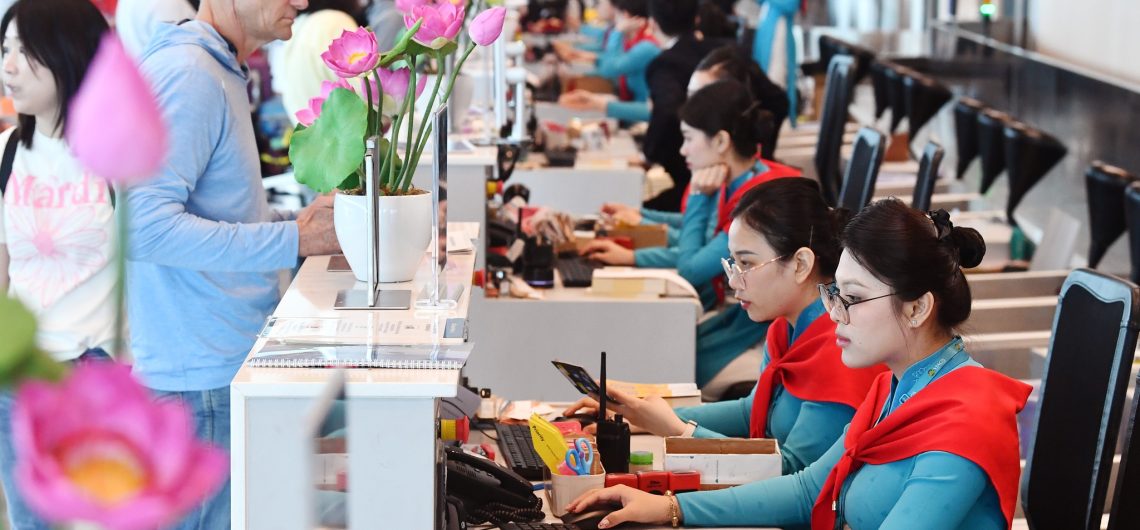
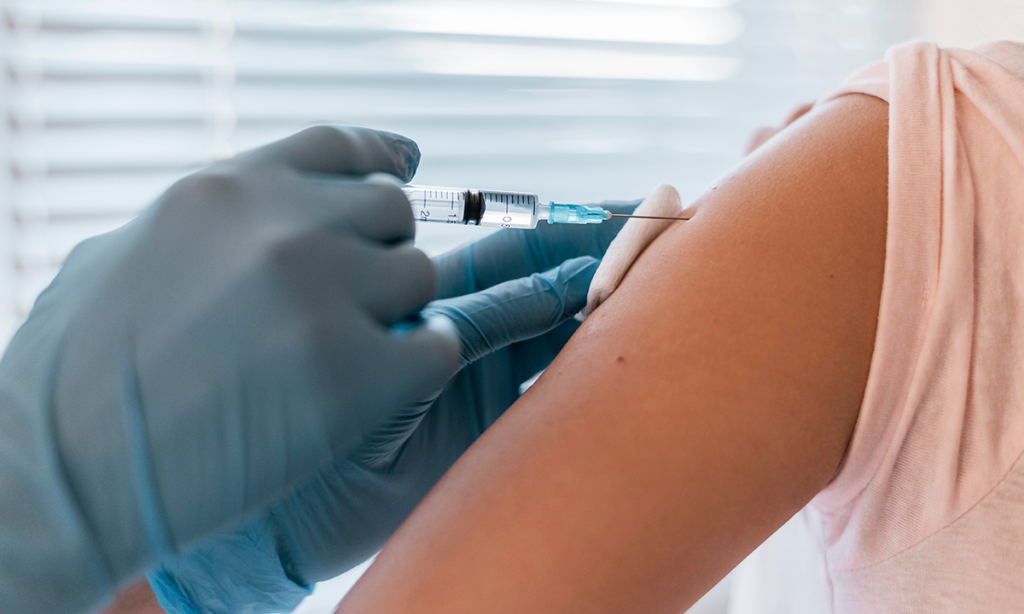
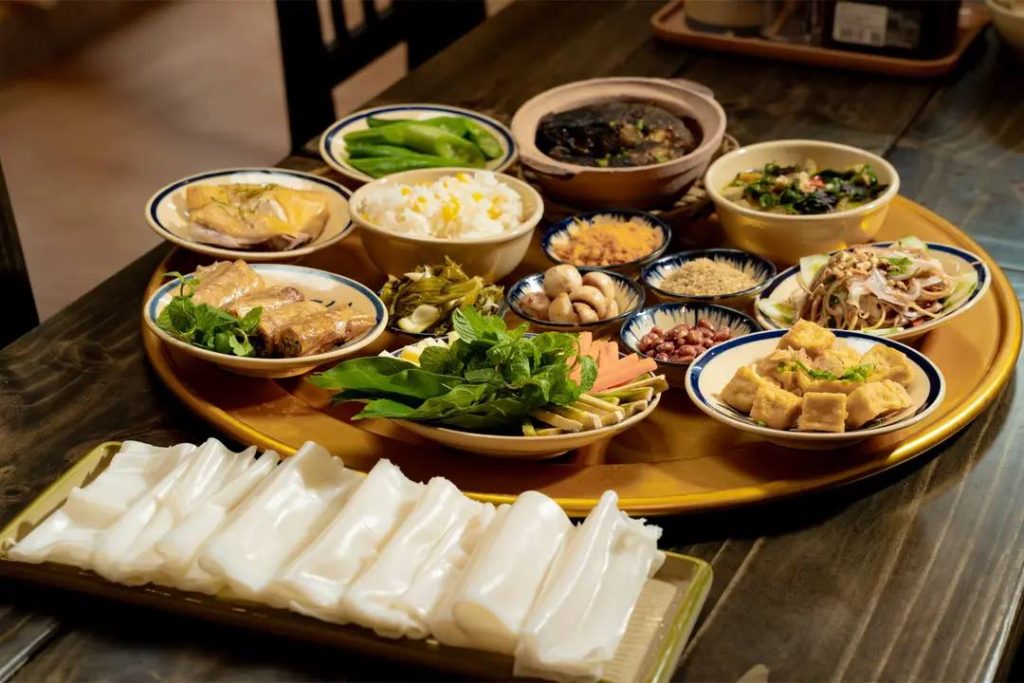

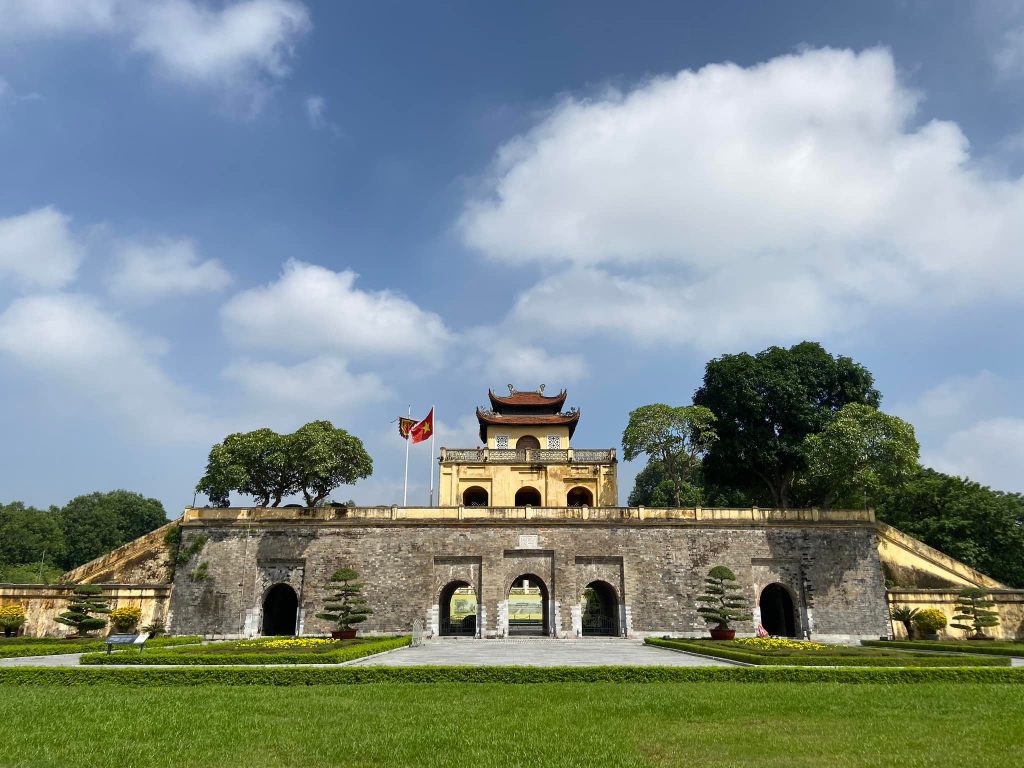
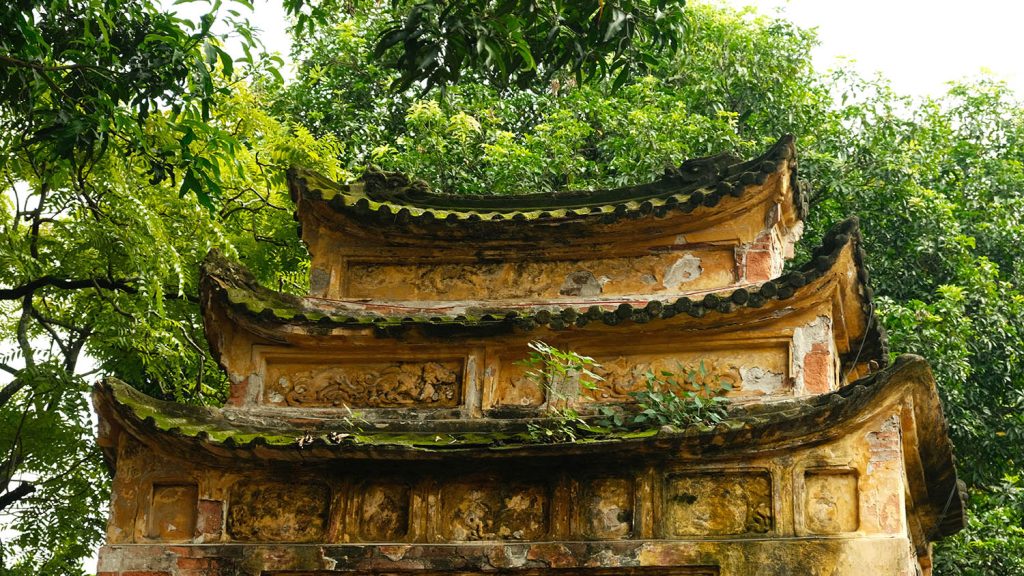
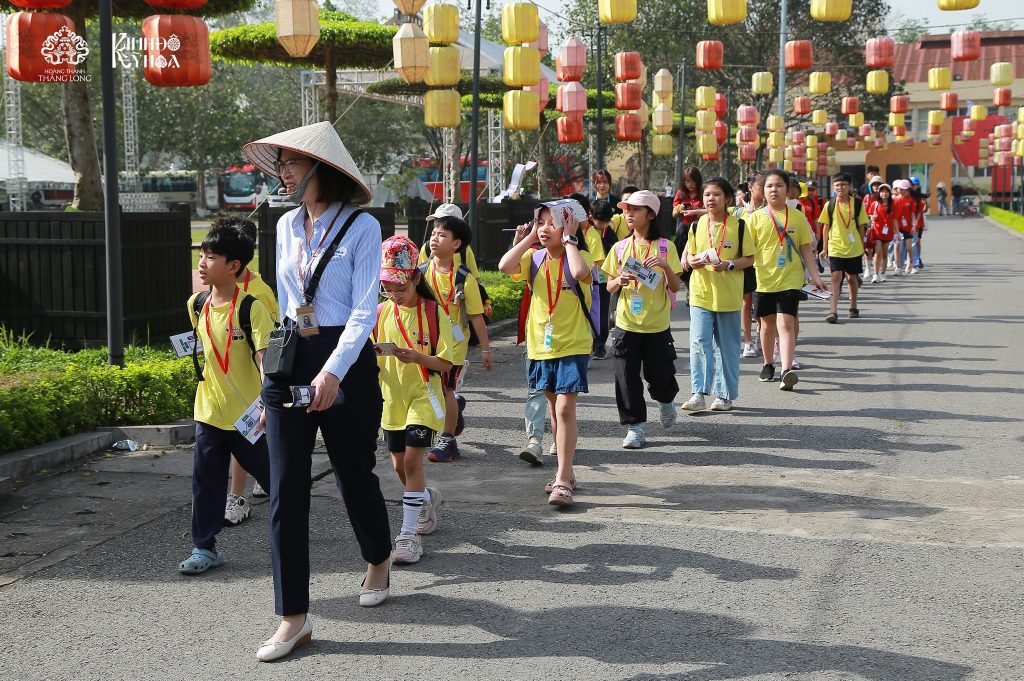
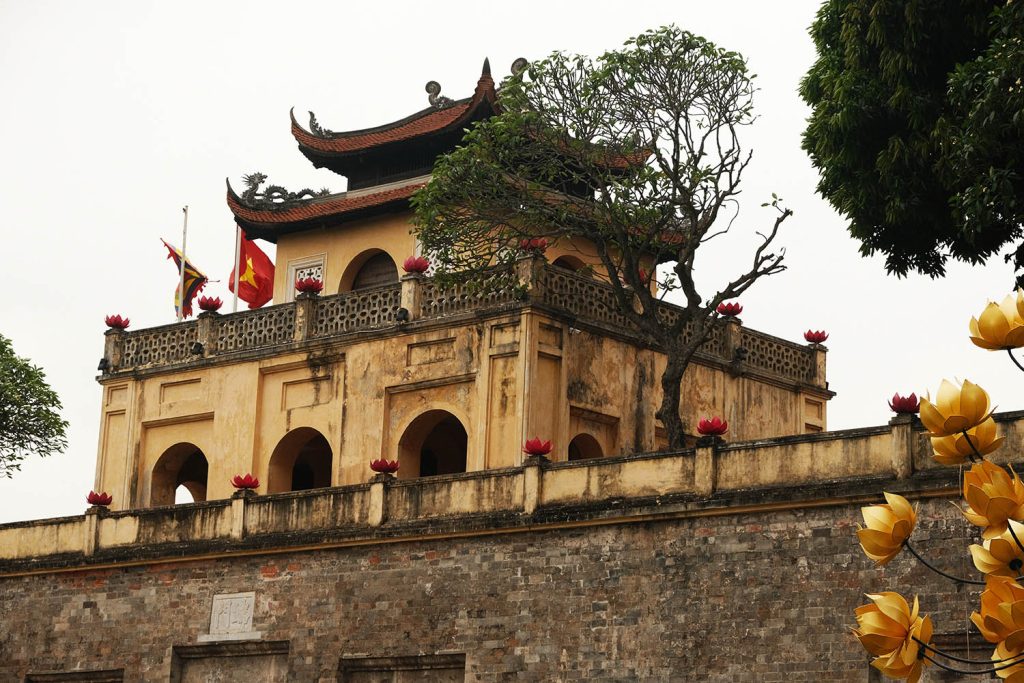
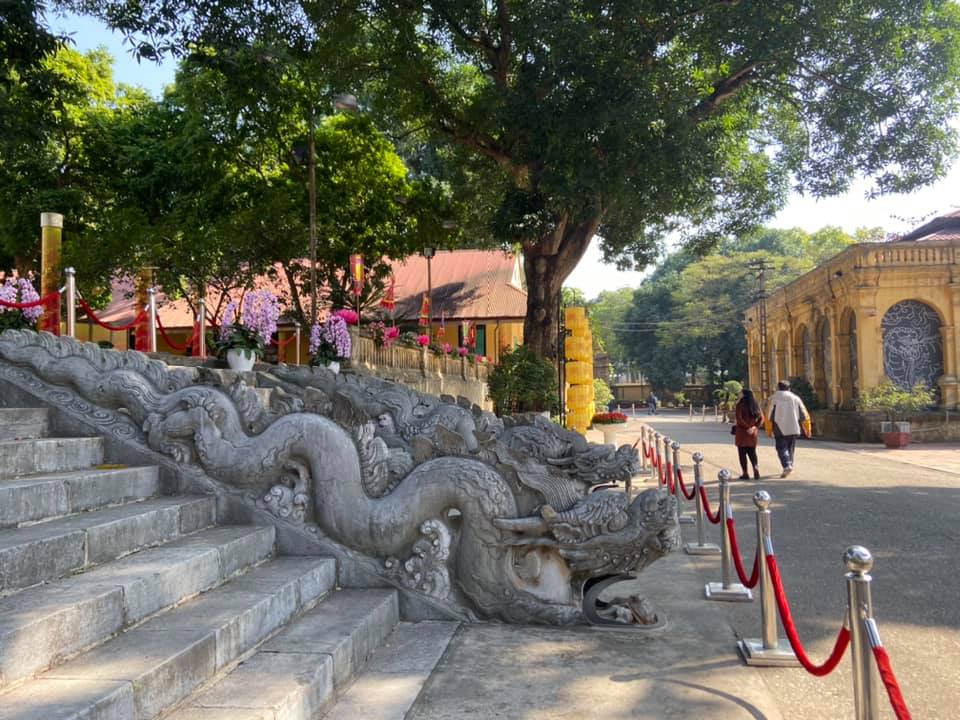
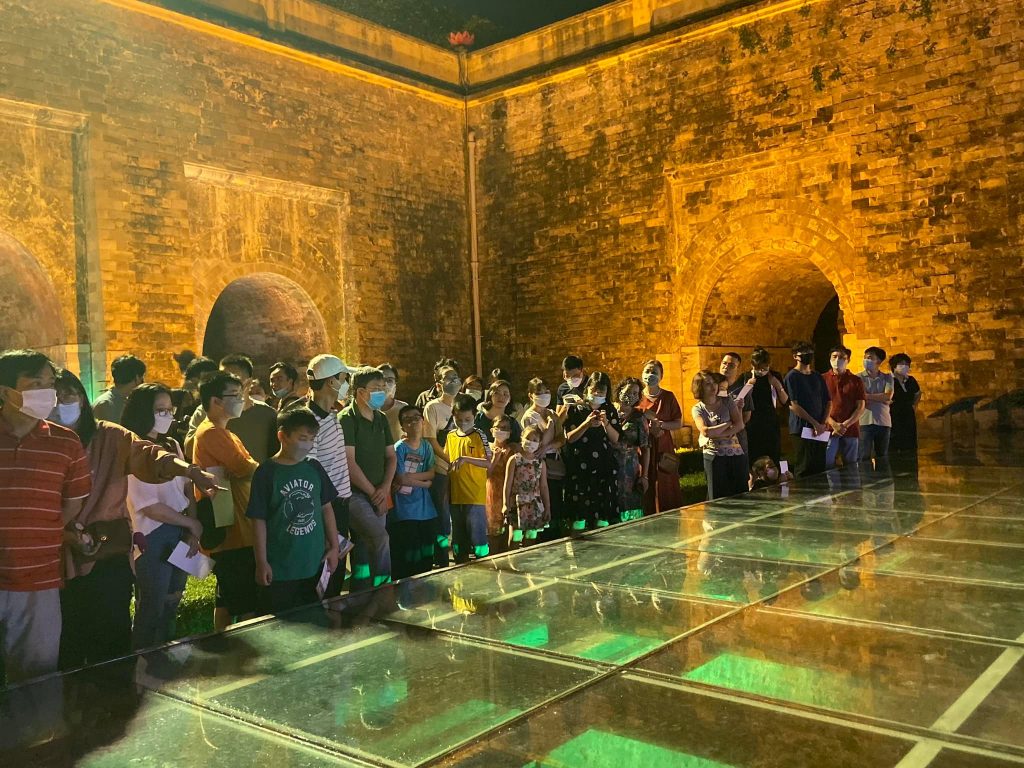
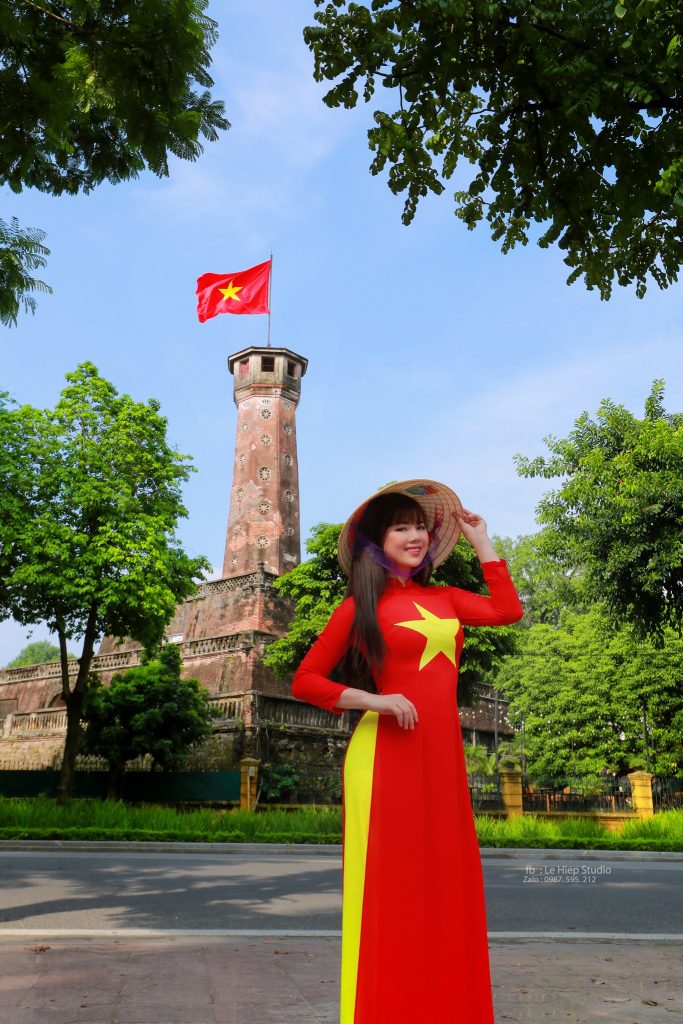
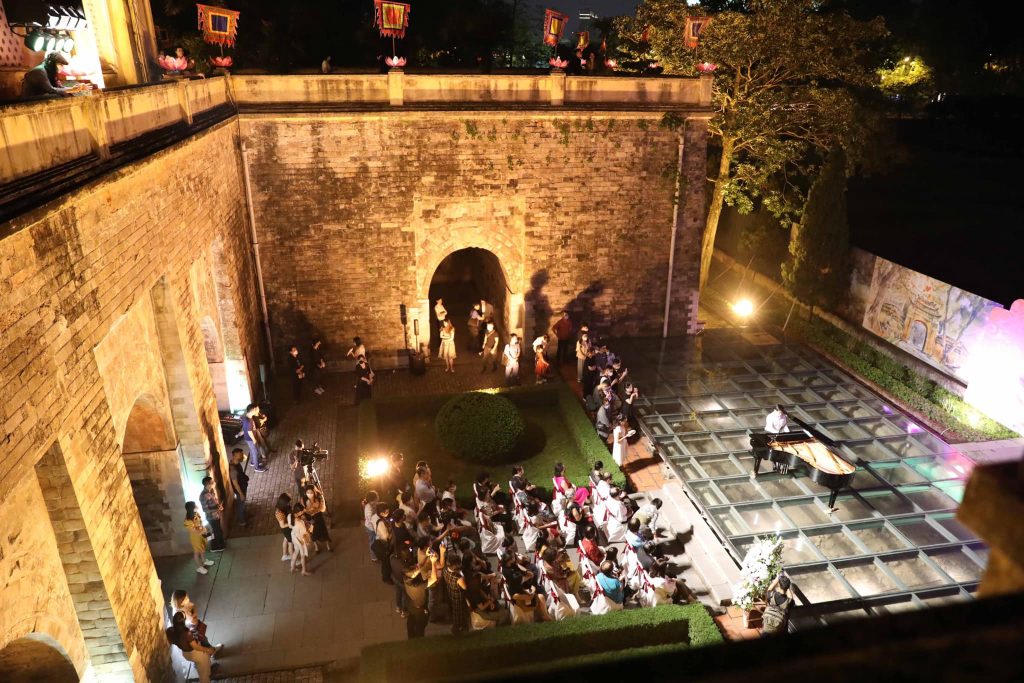
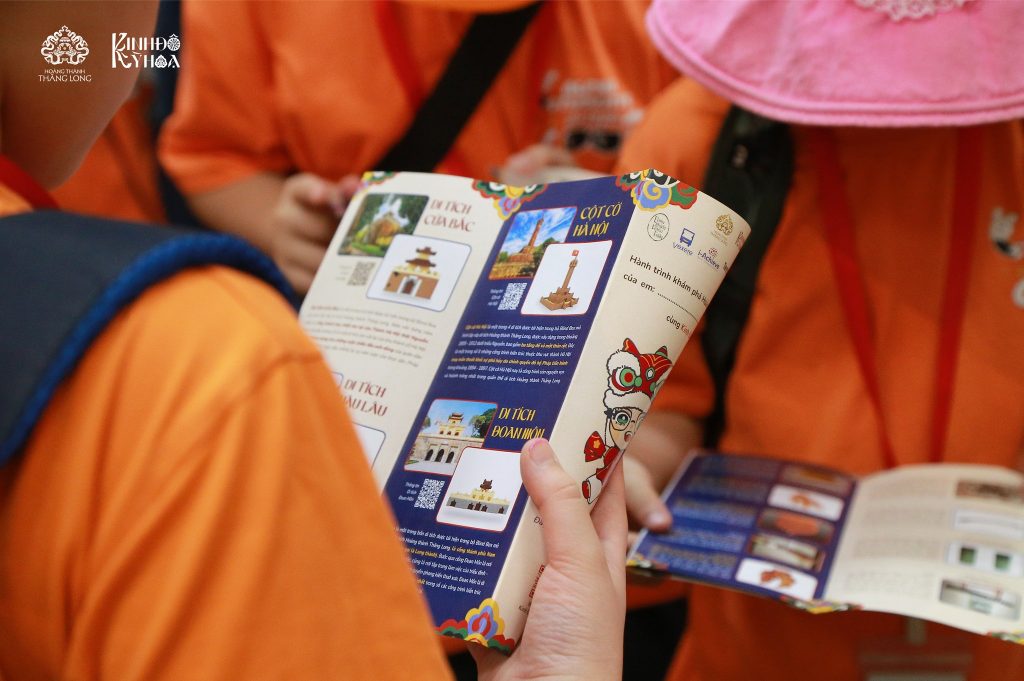
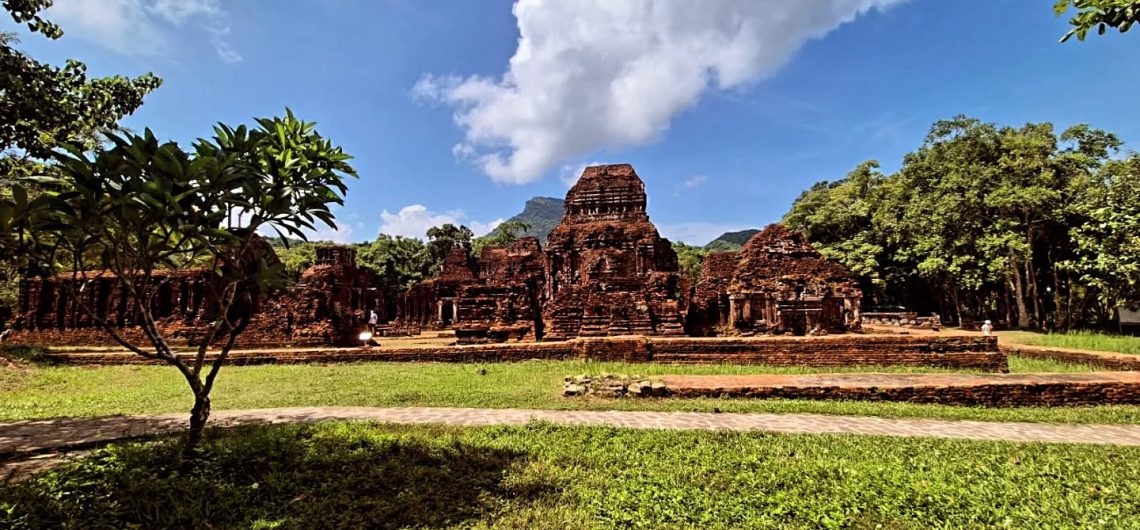
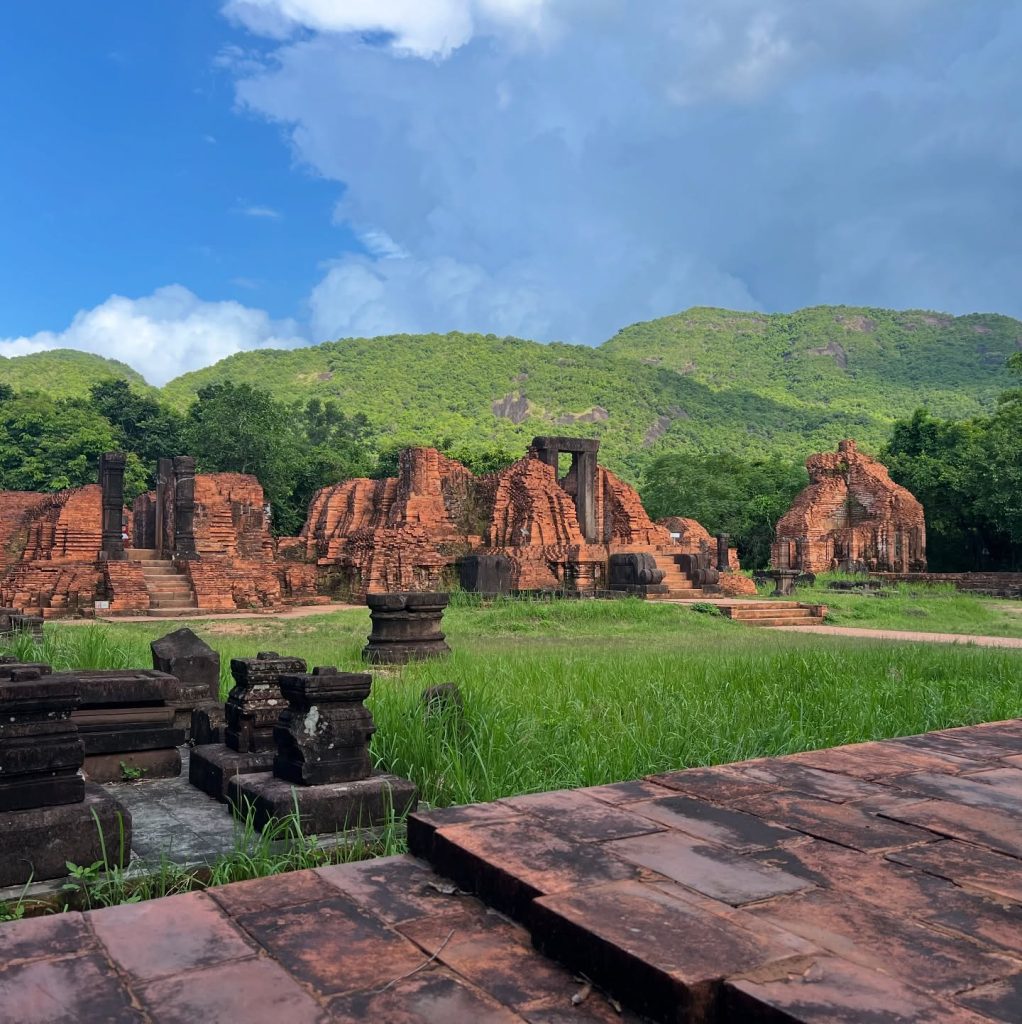
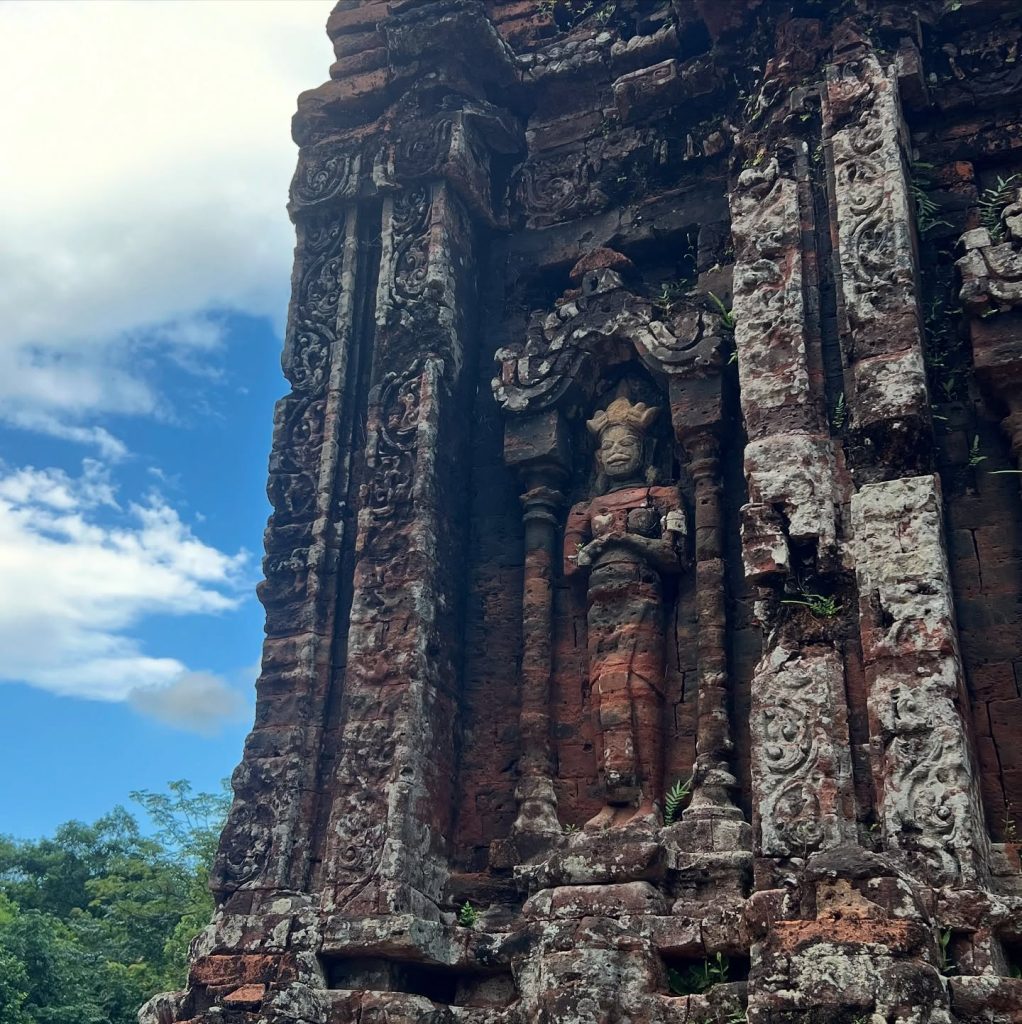


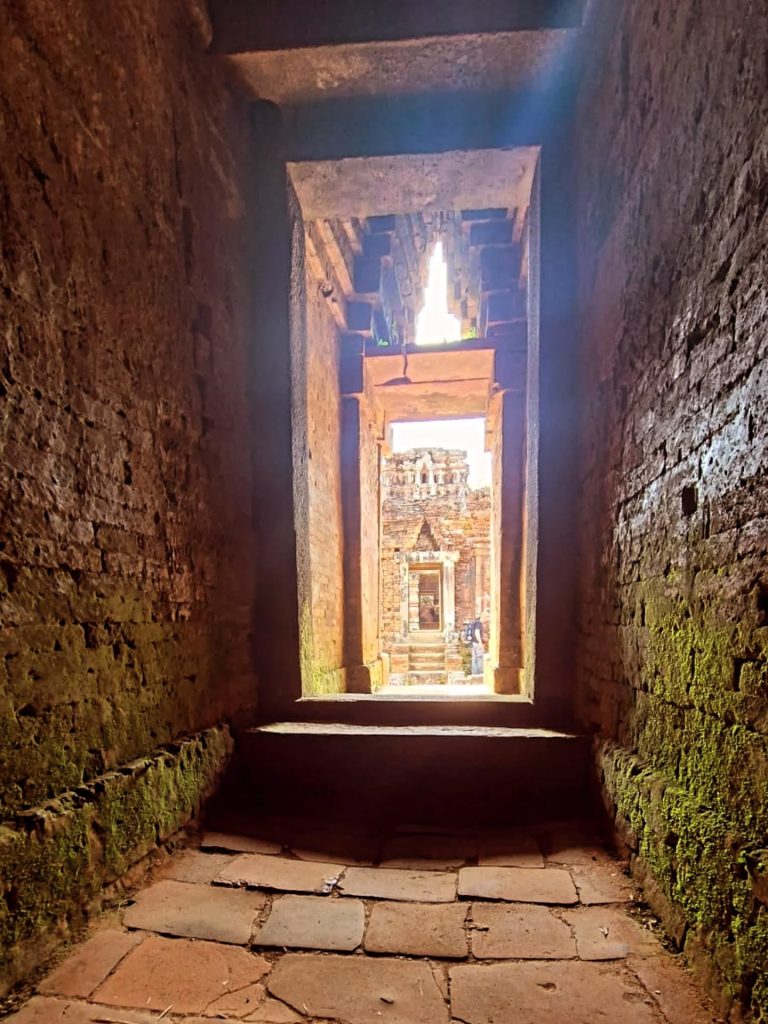
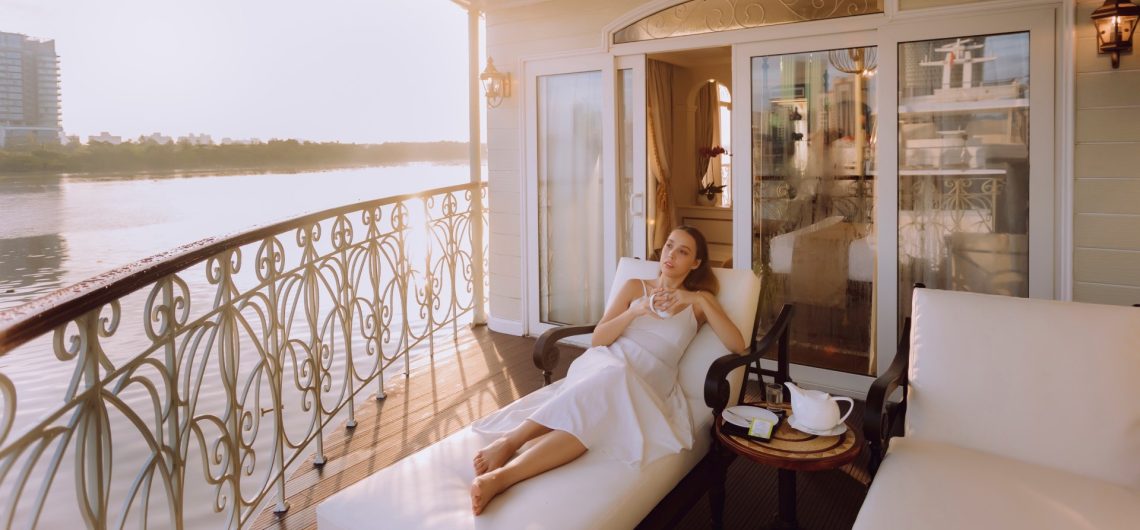
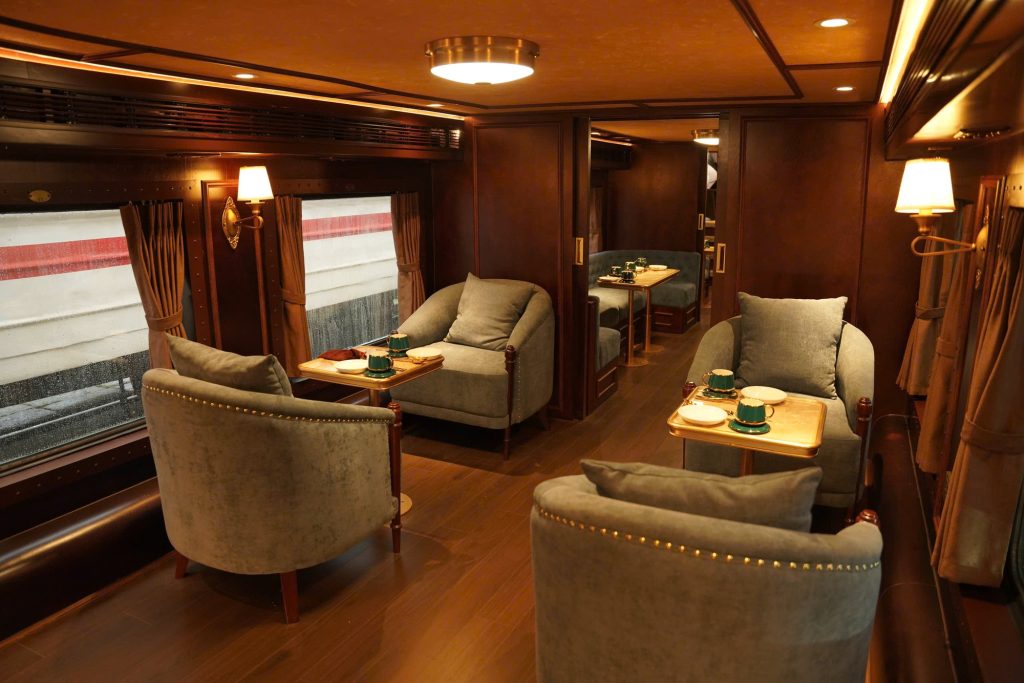
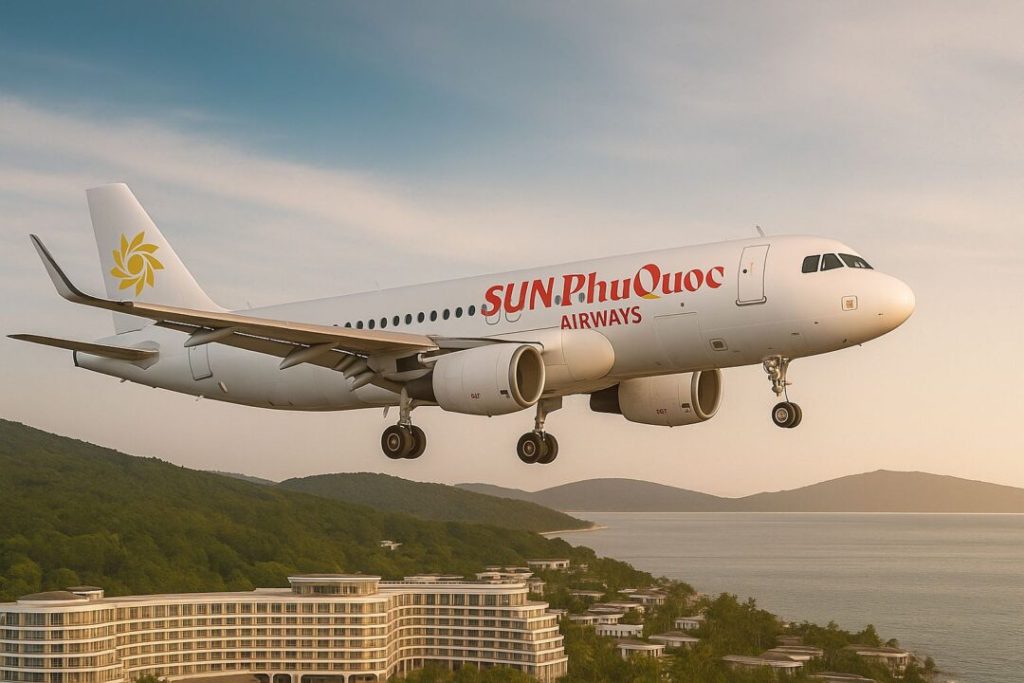
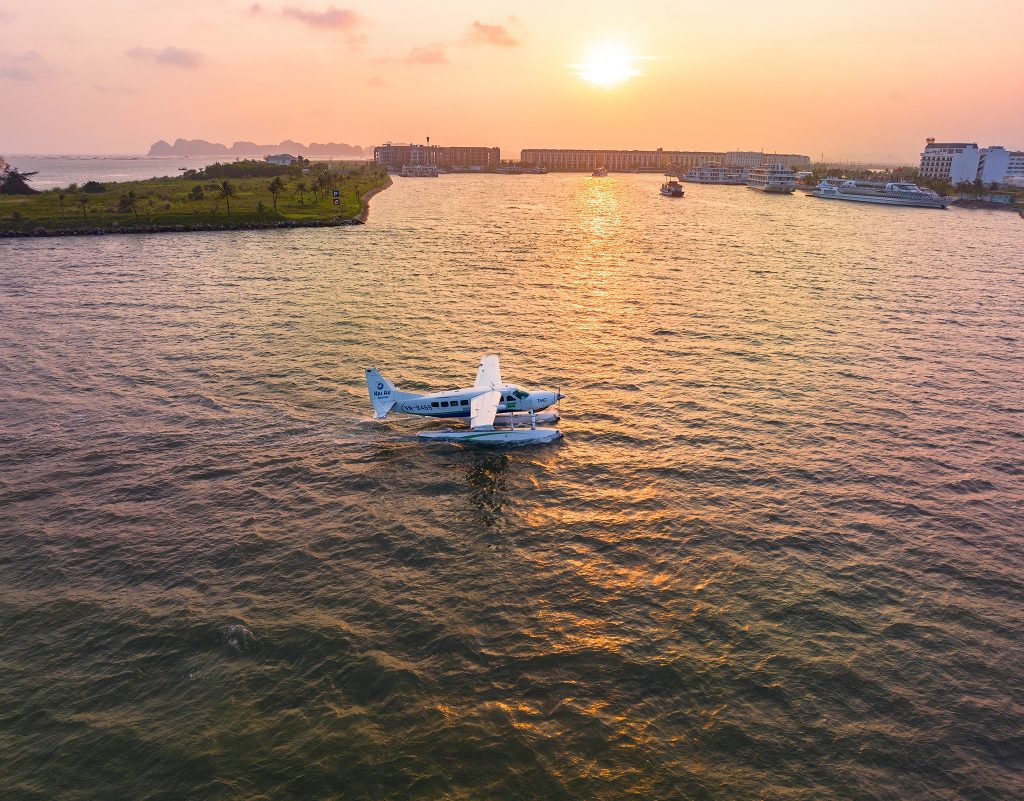
 Luxury cruising has become synonymous with Halong and Lan Ha Bay, and in 2026, new ships and services are setting higher standards. These cruises combine five-star hospitality with unique experiences on the water.
Luxury cruising has become synonymous with Halong and Lan Ha Bay, and in 2026, new ships and services are setting higher standards. These cruises combine five-star hospitality with unique experiences on the water.
